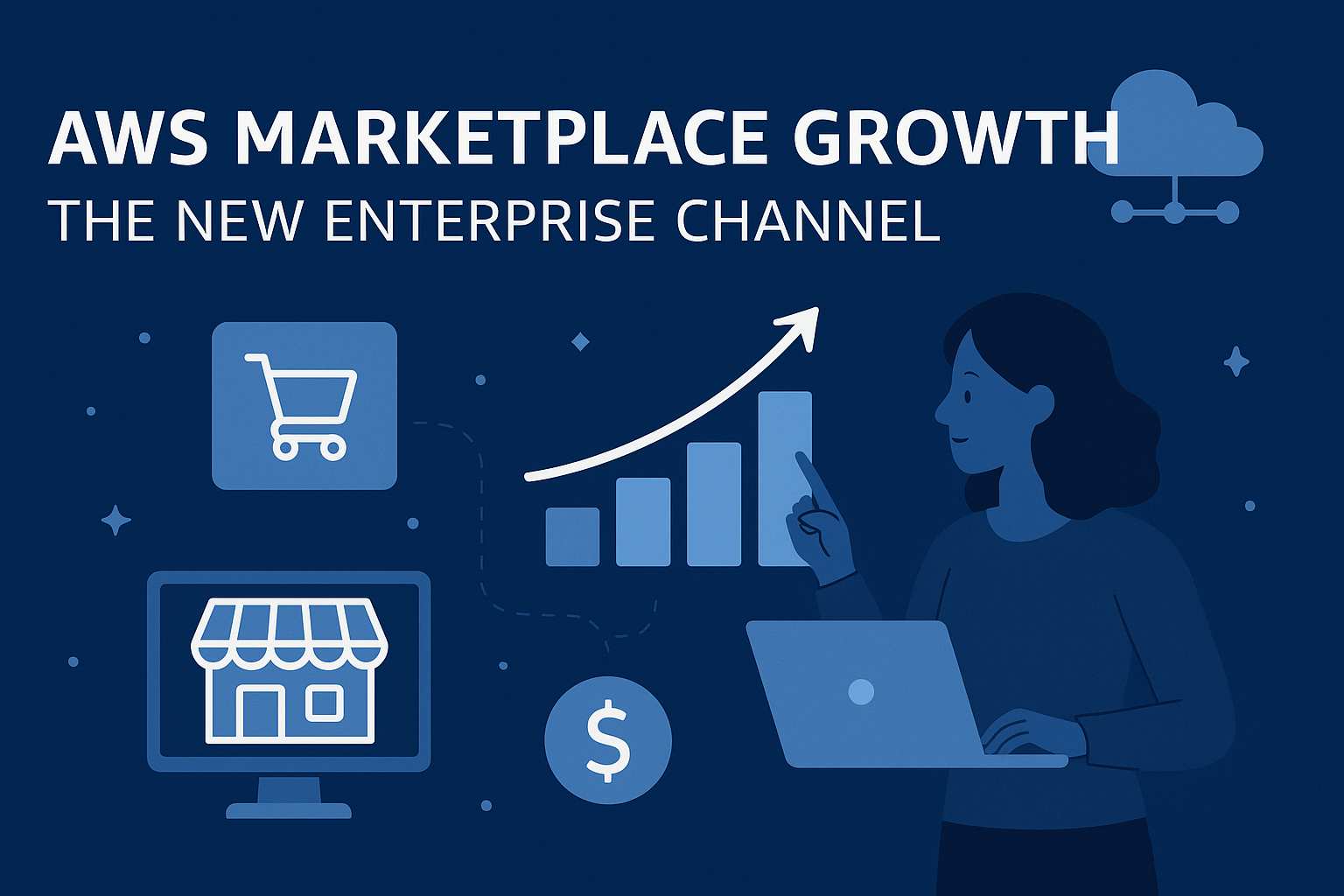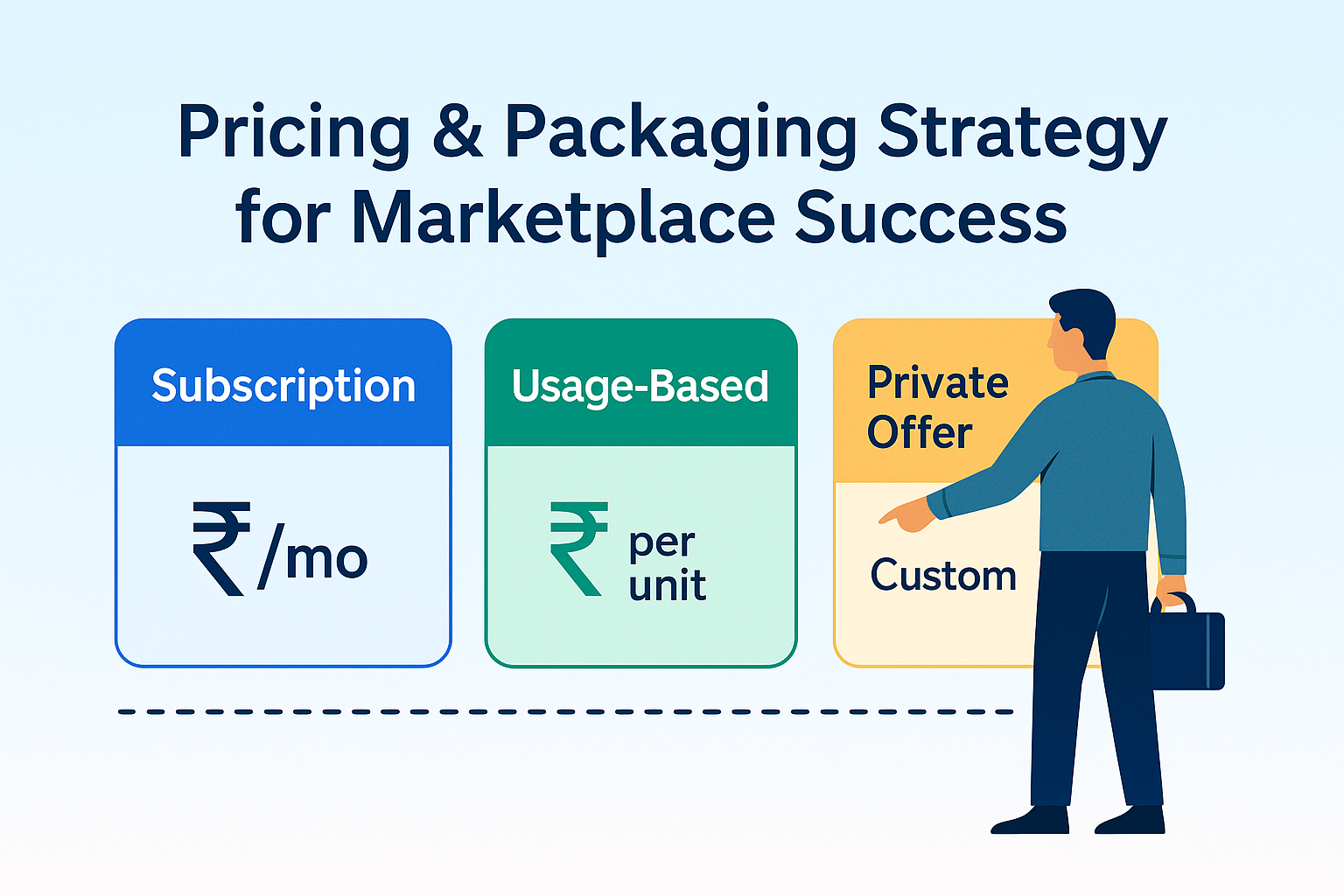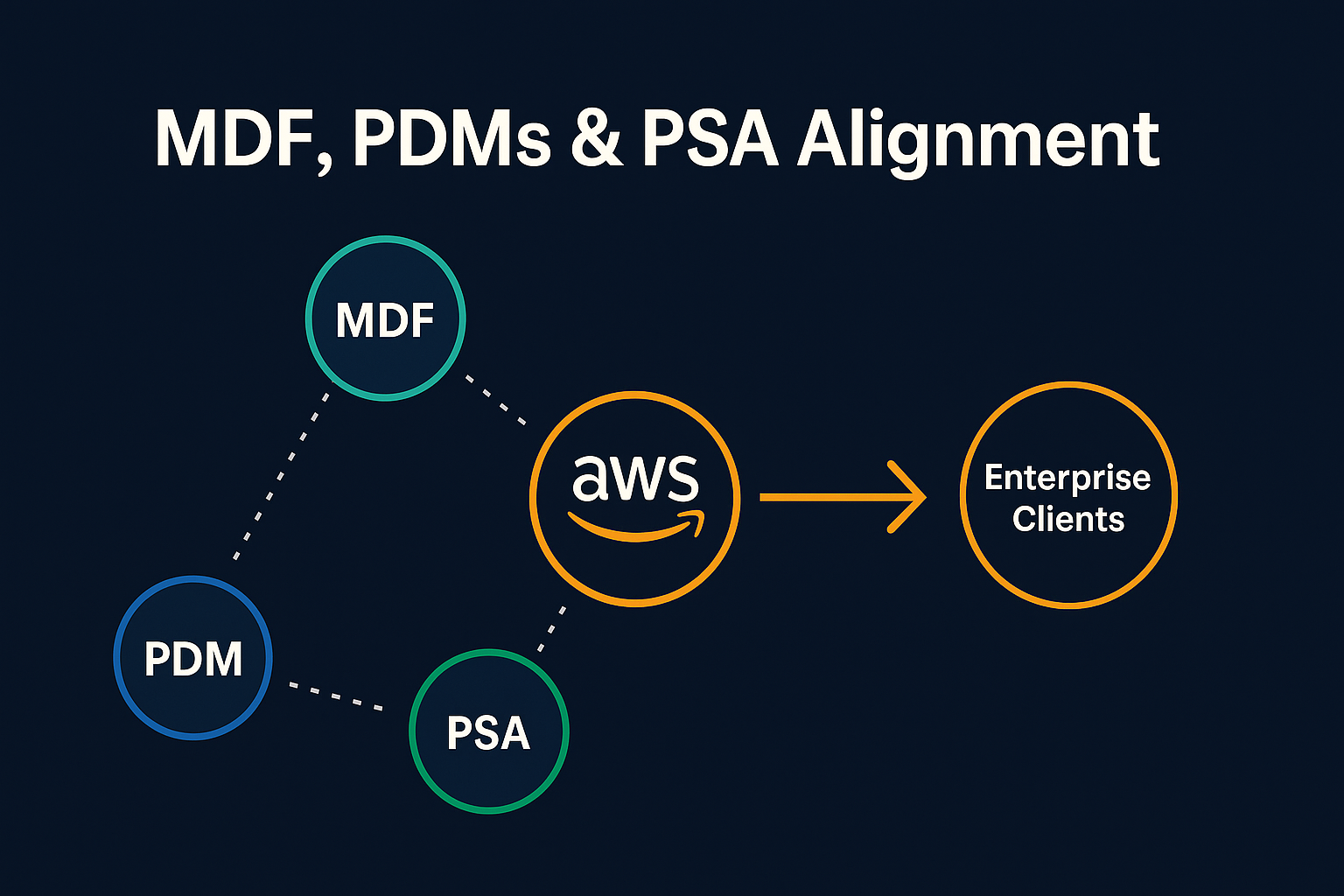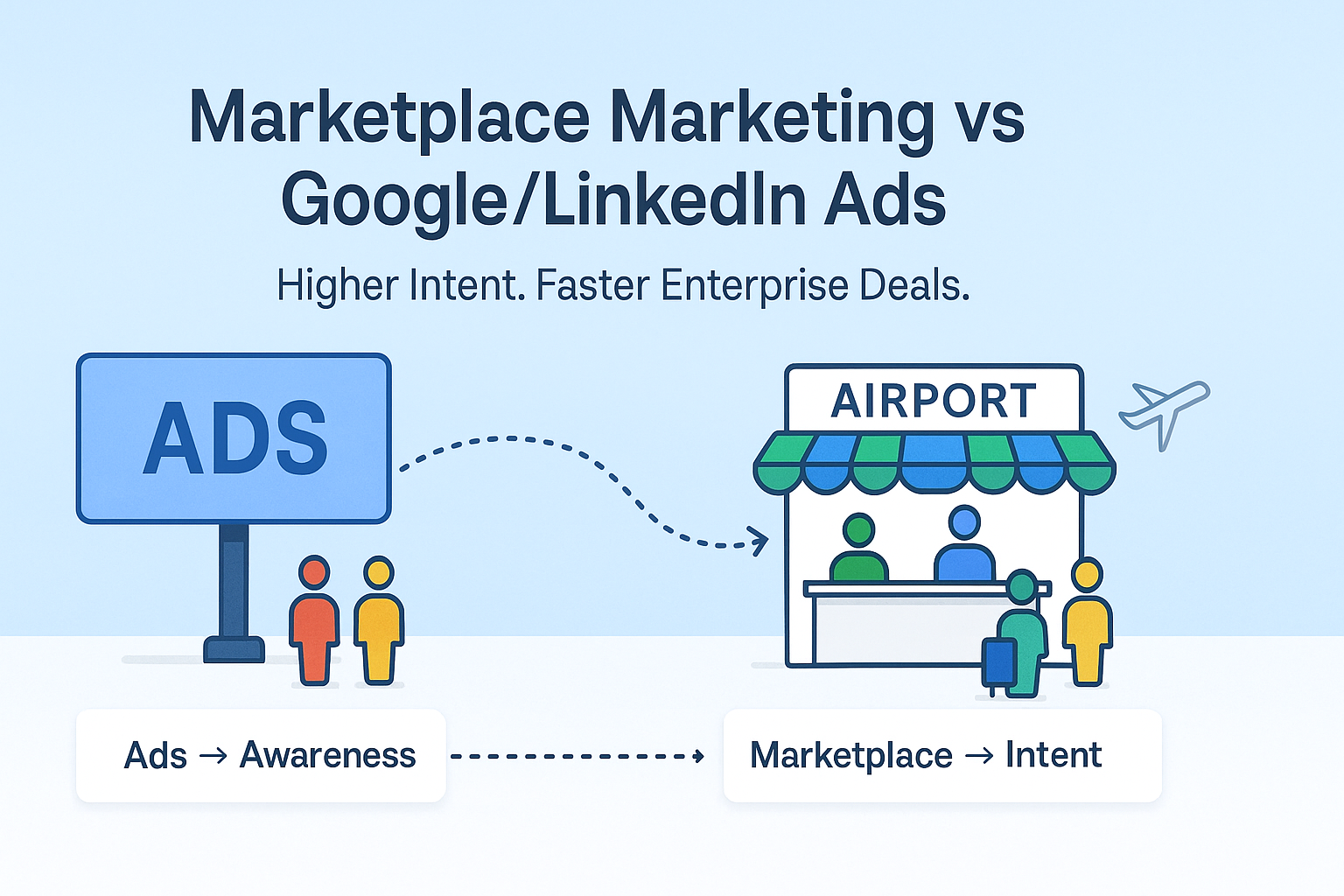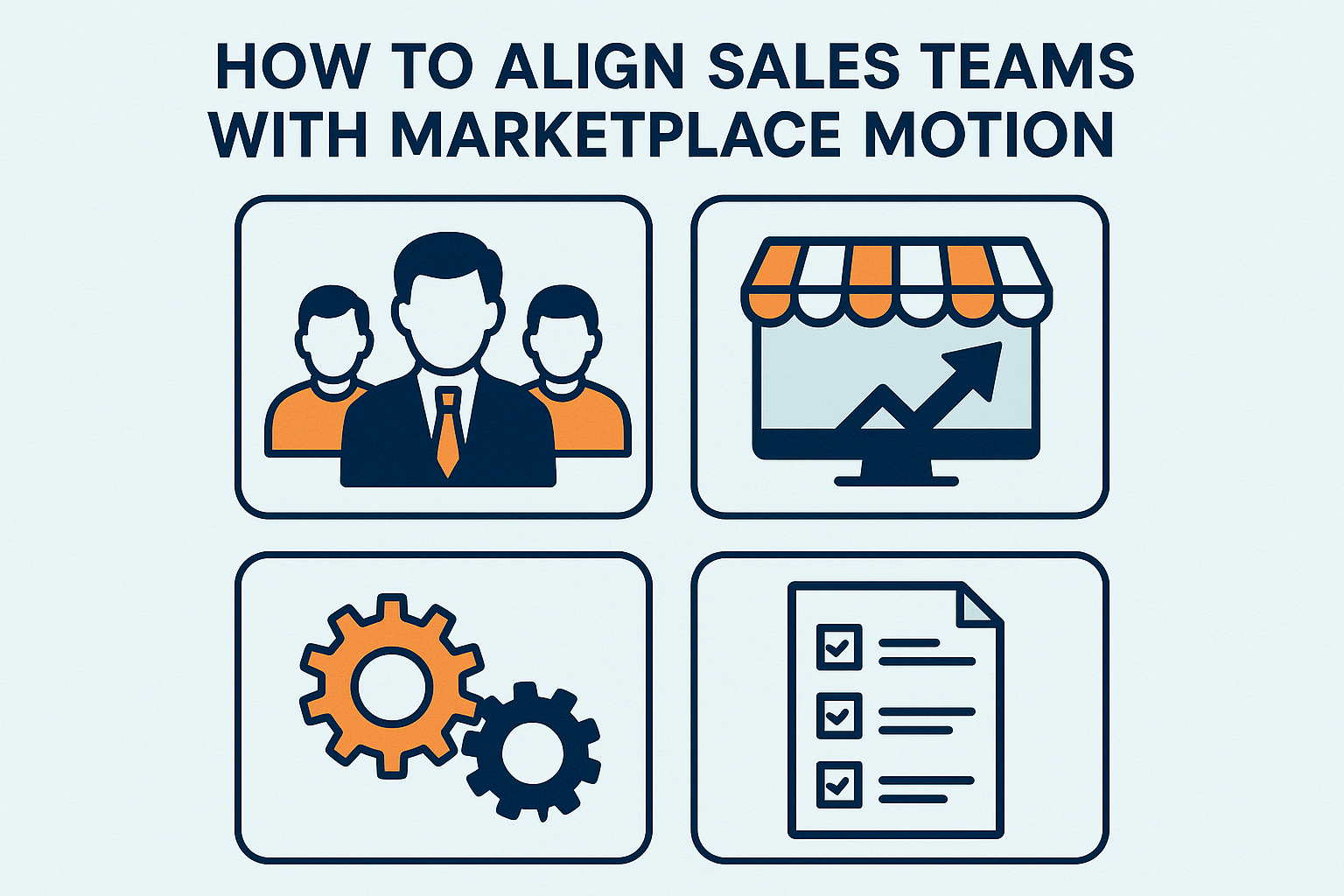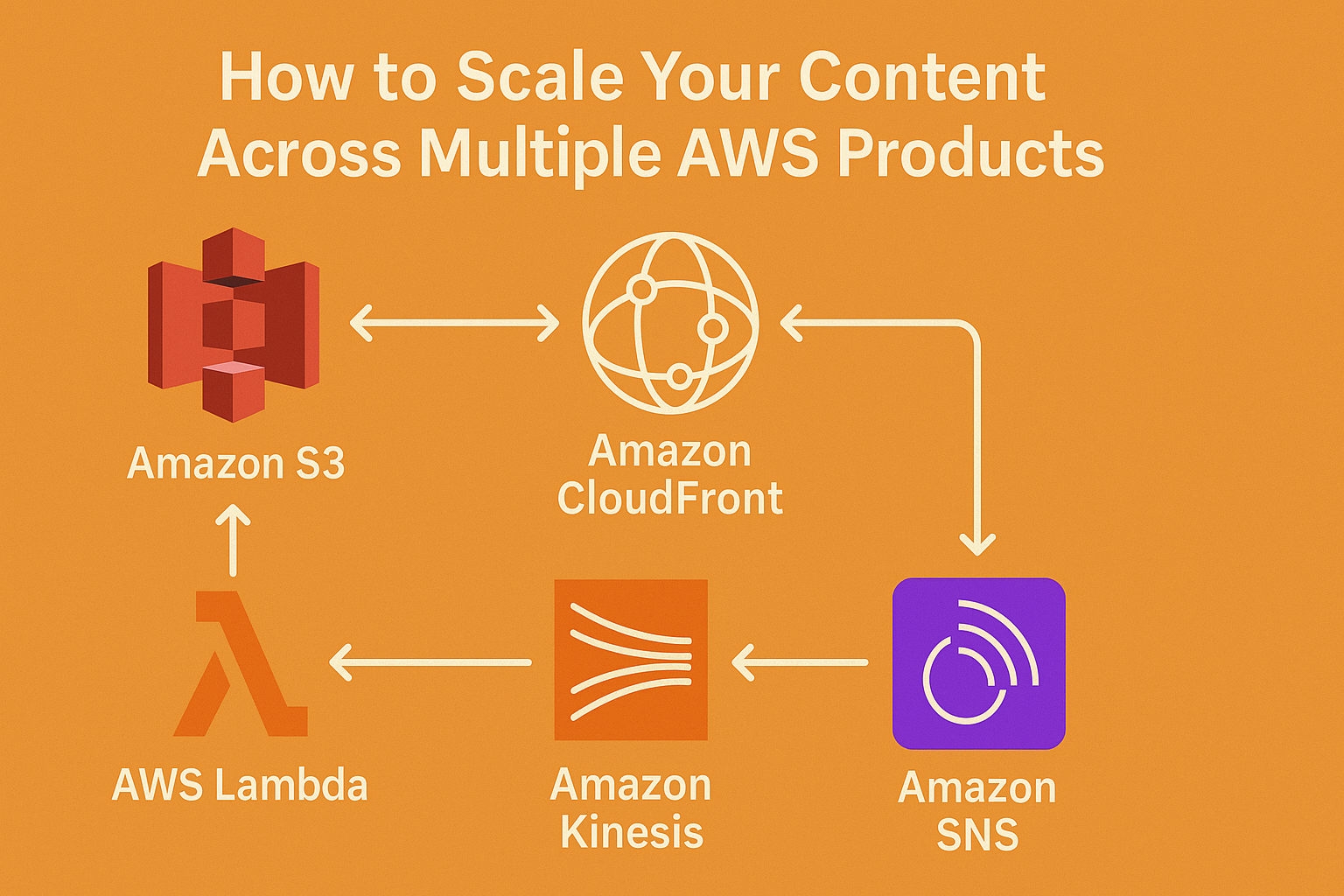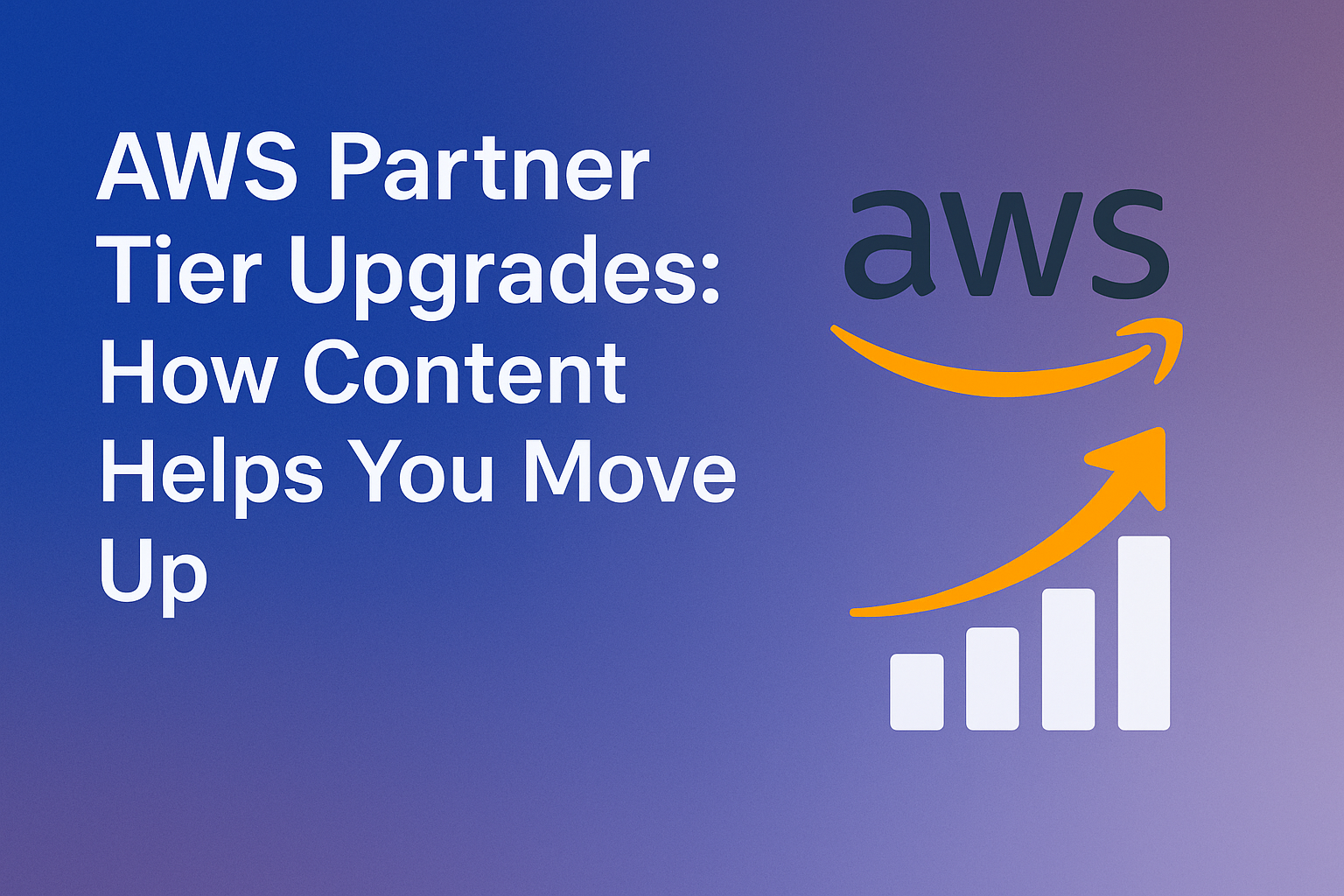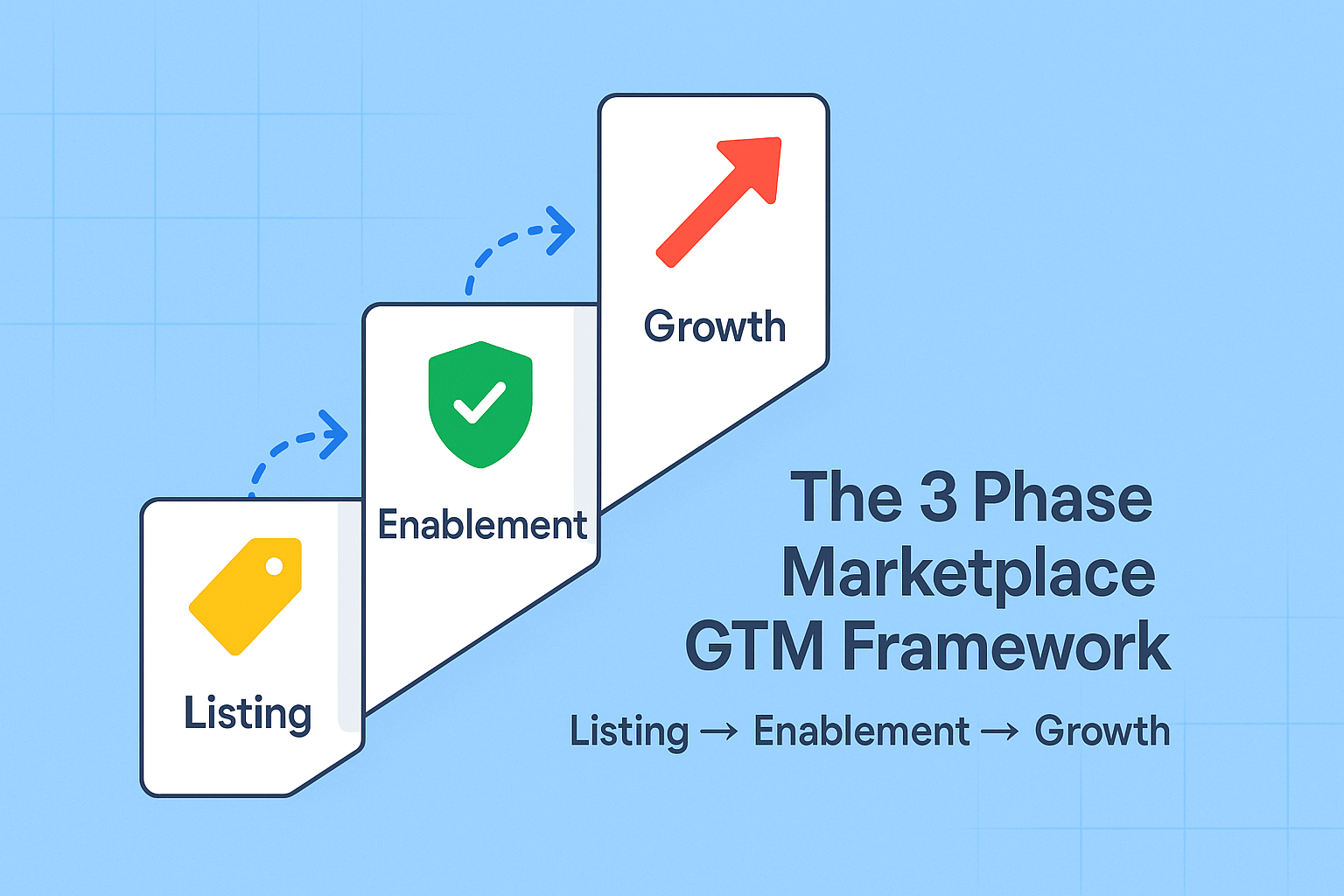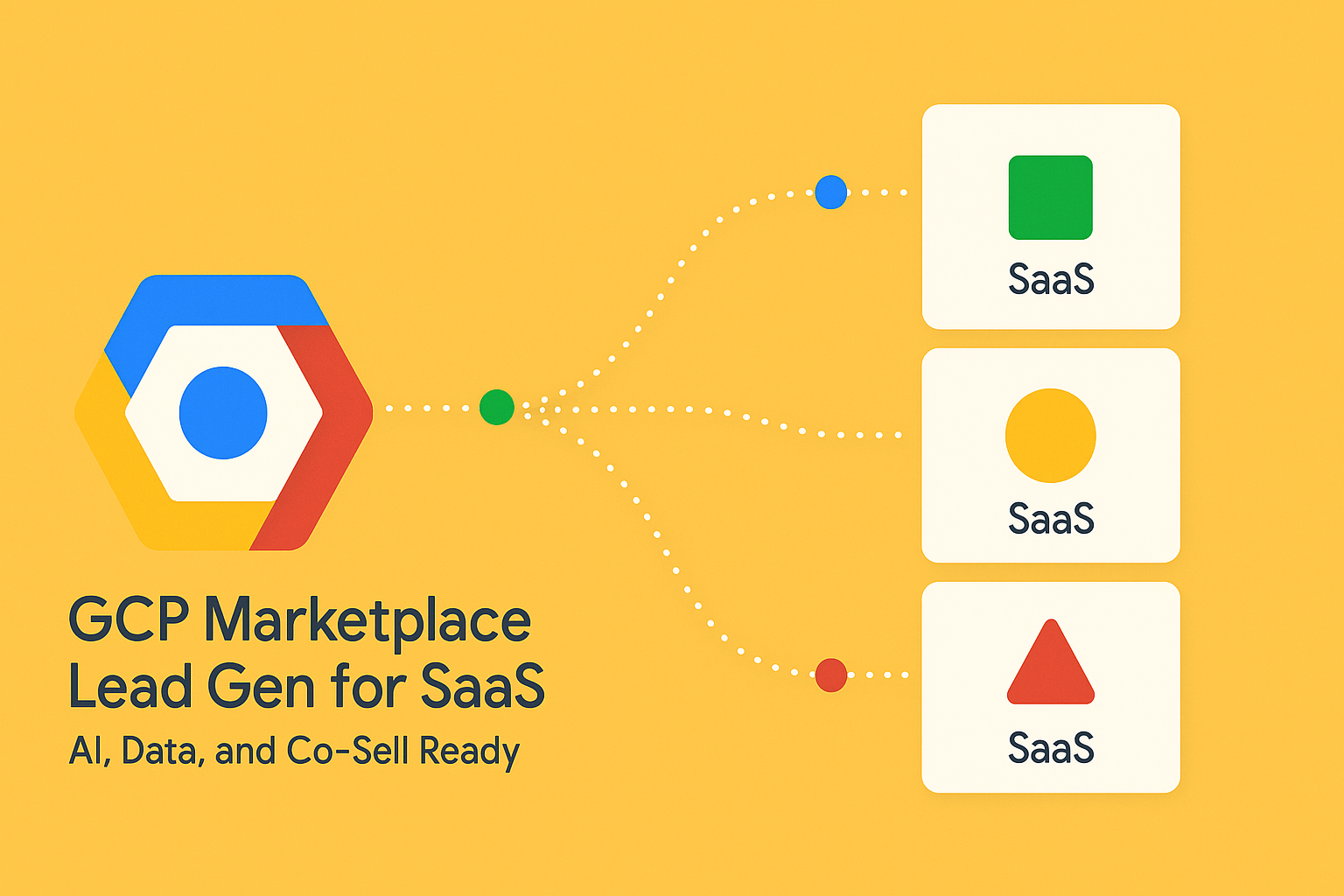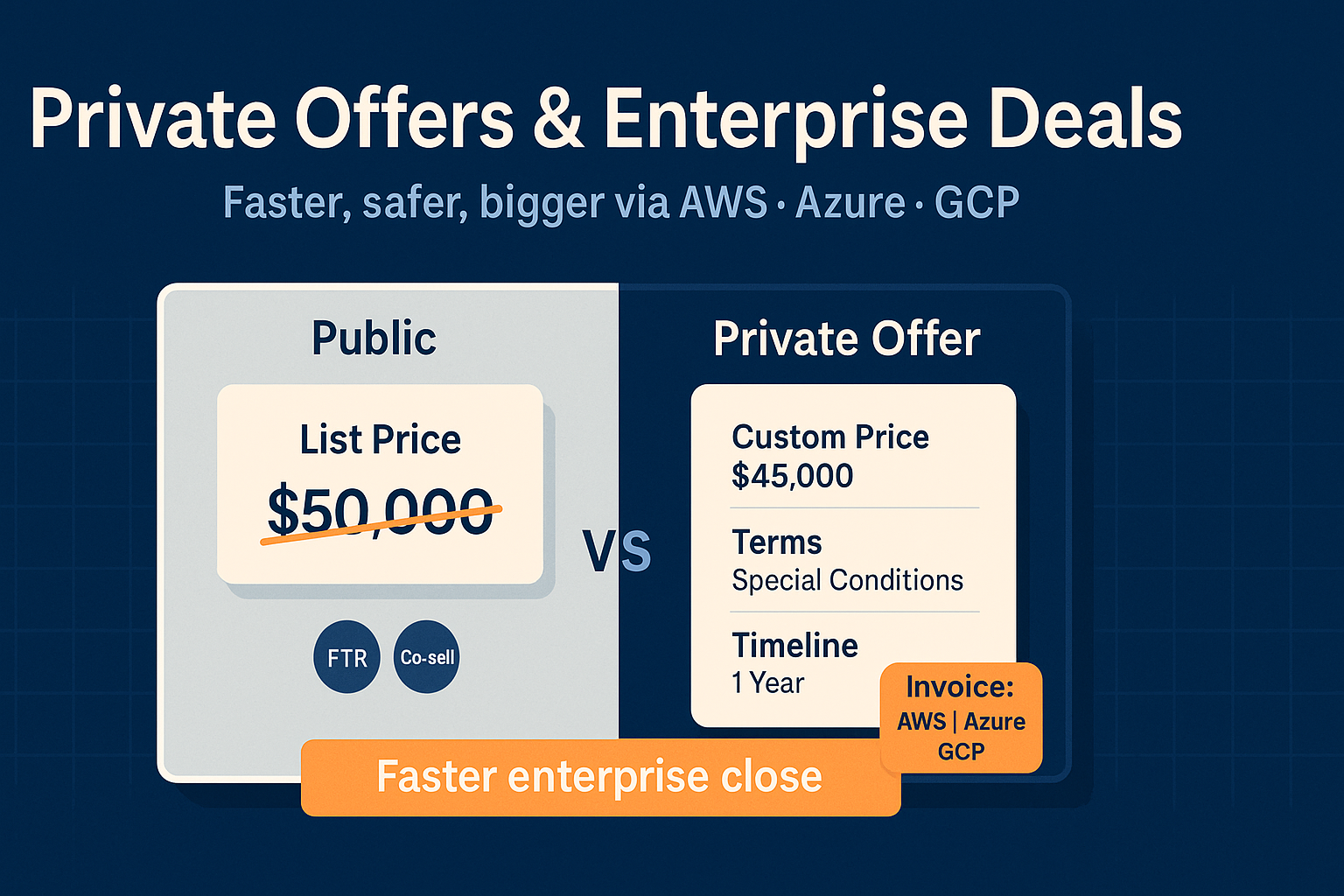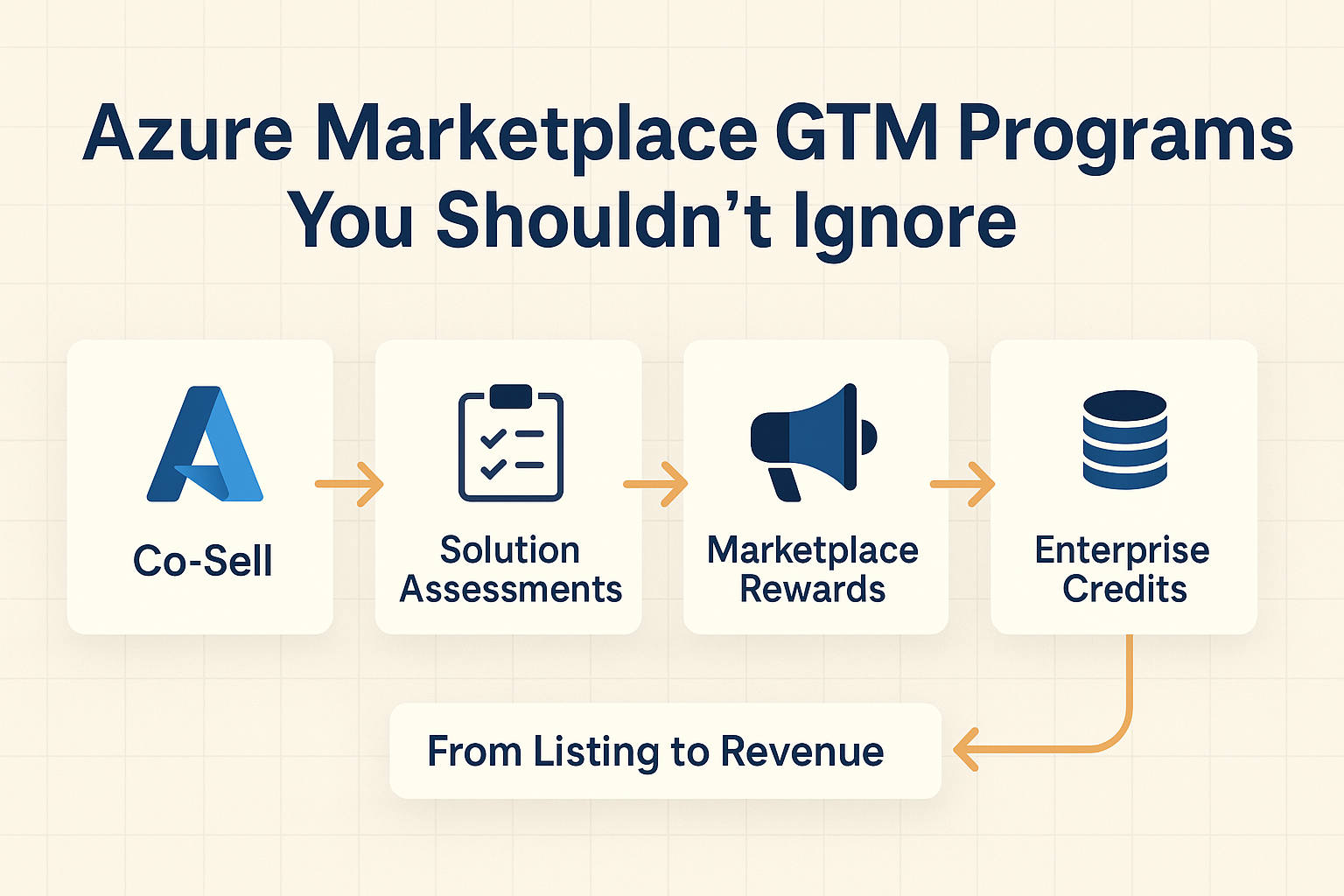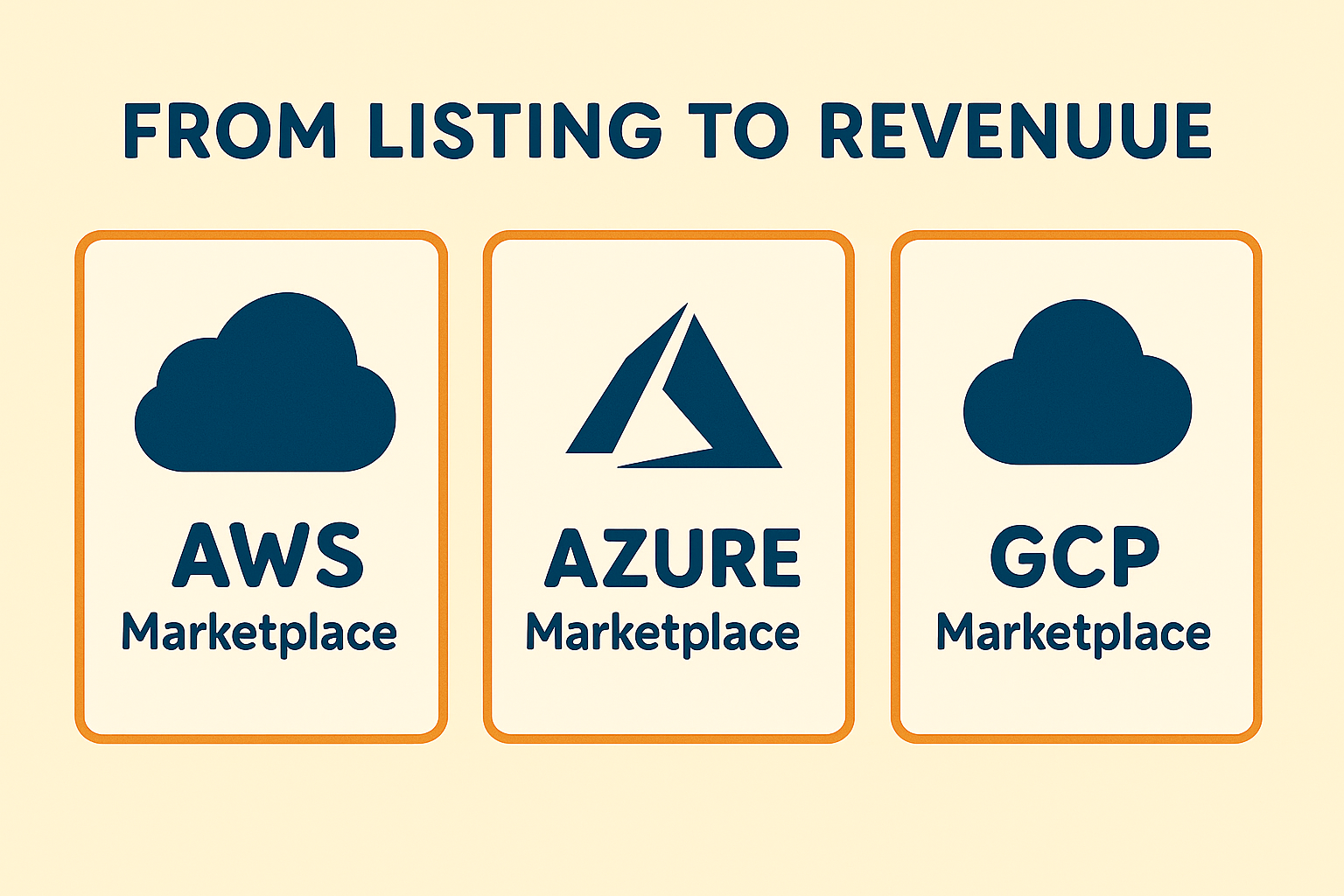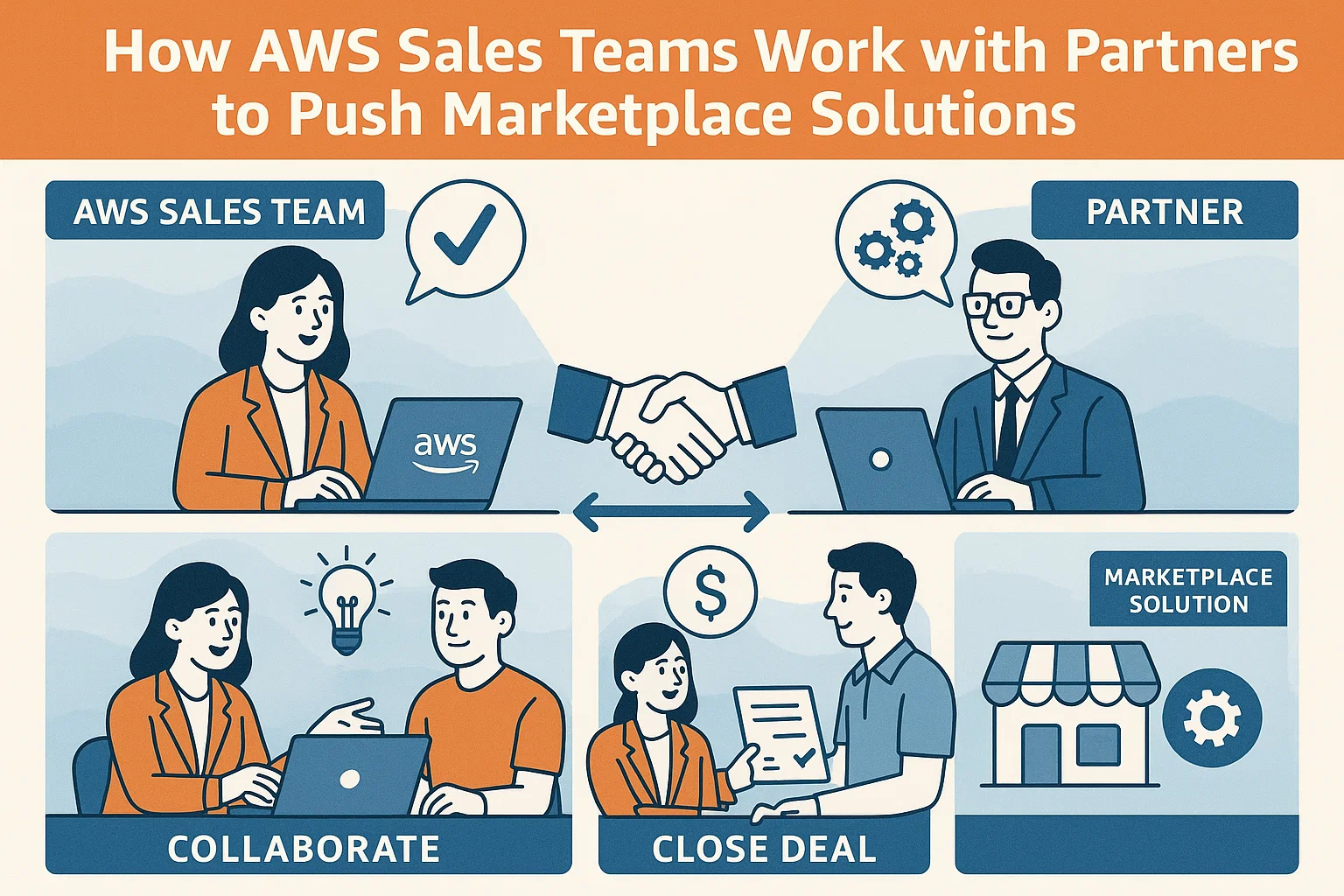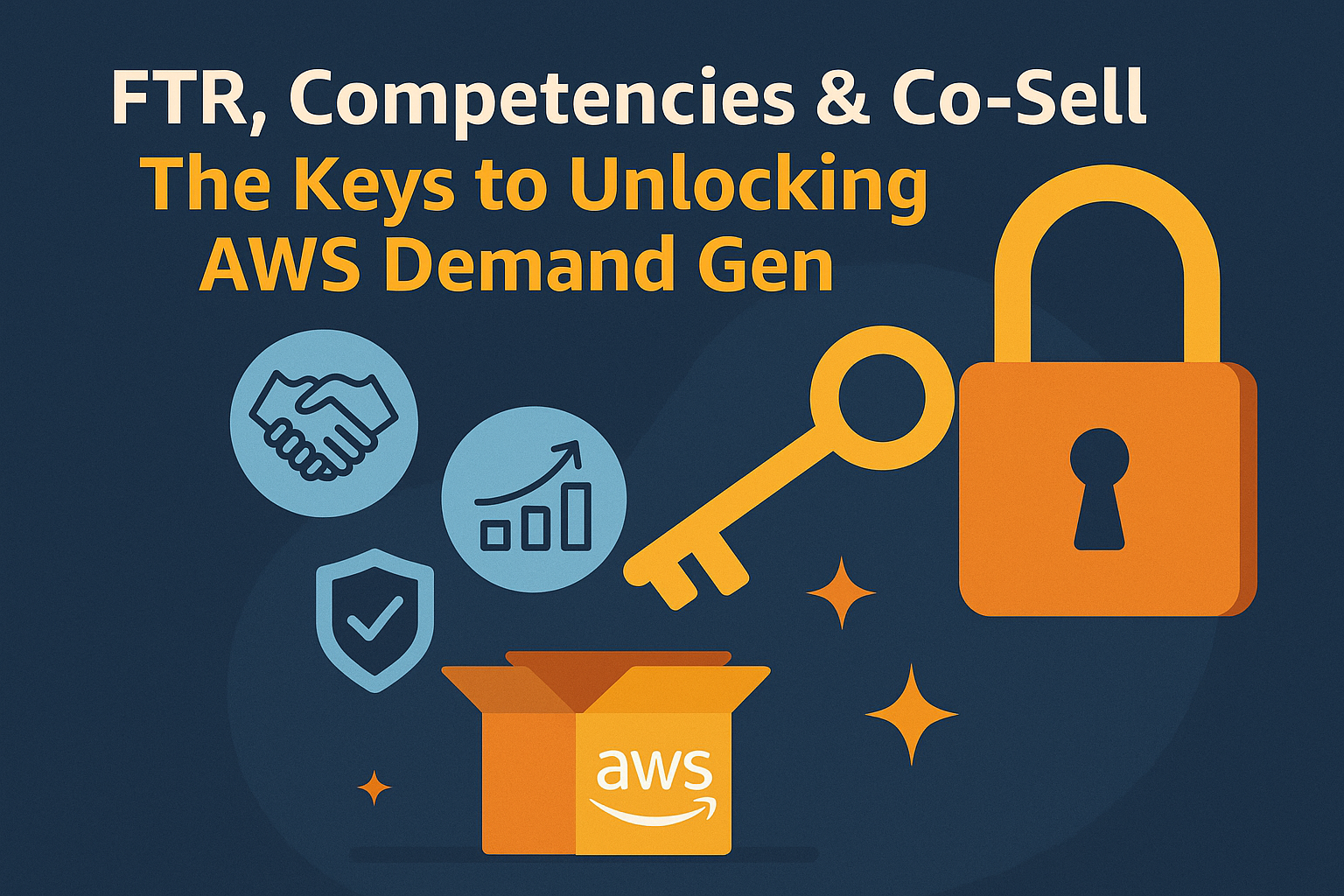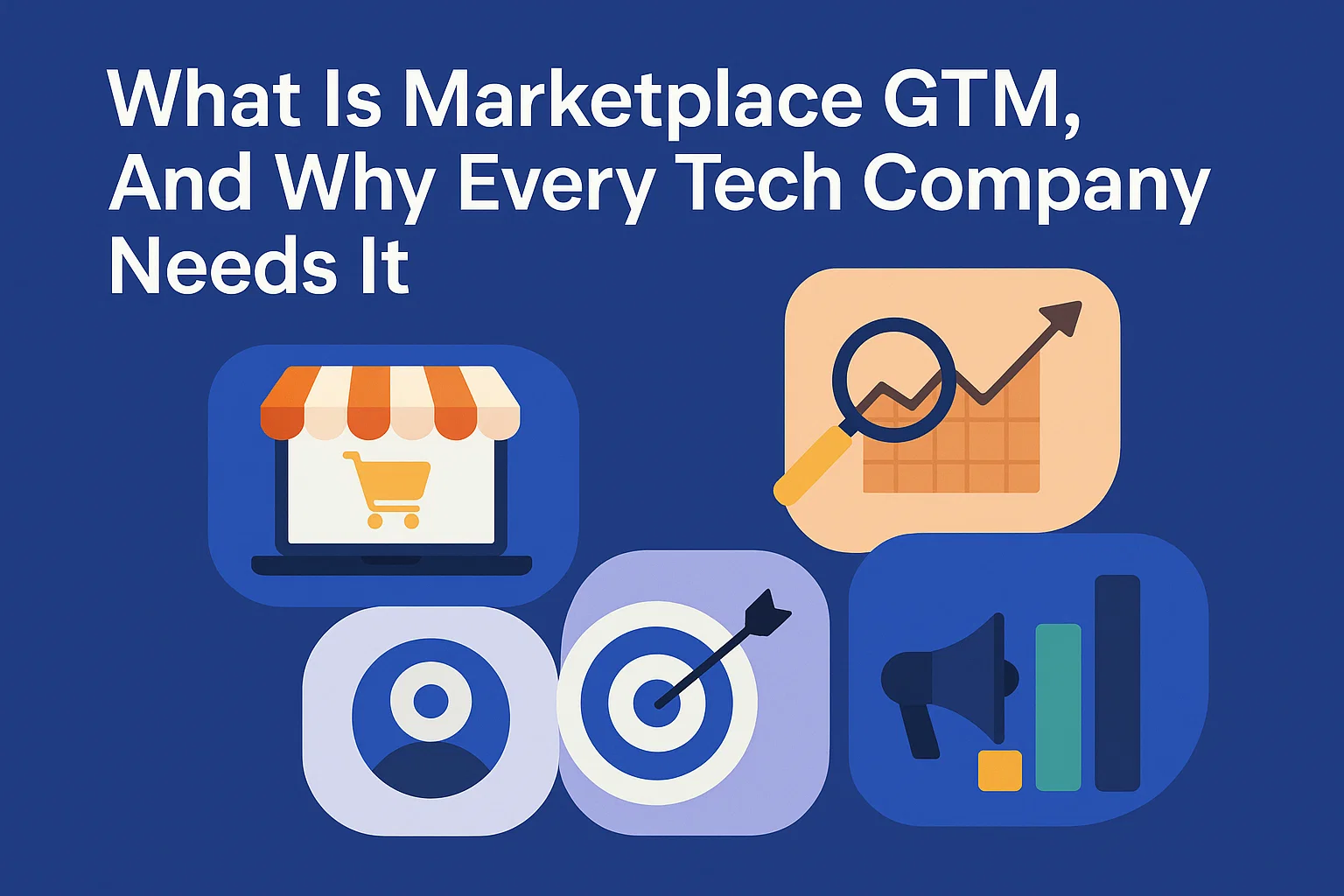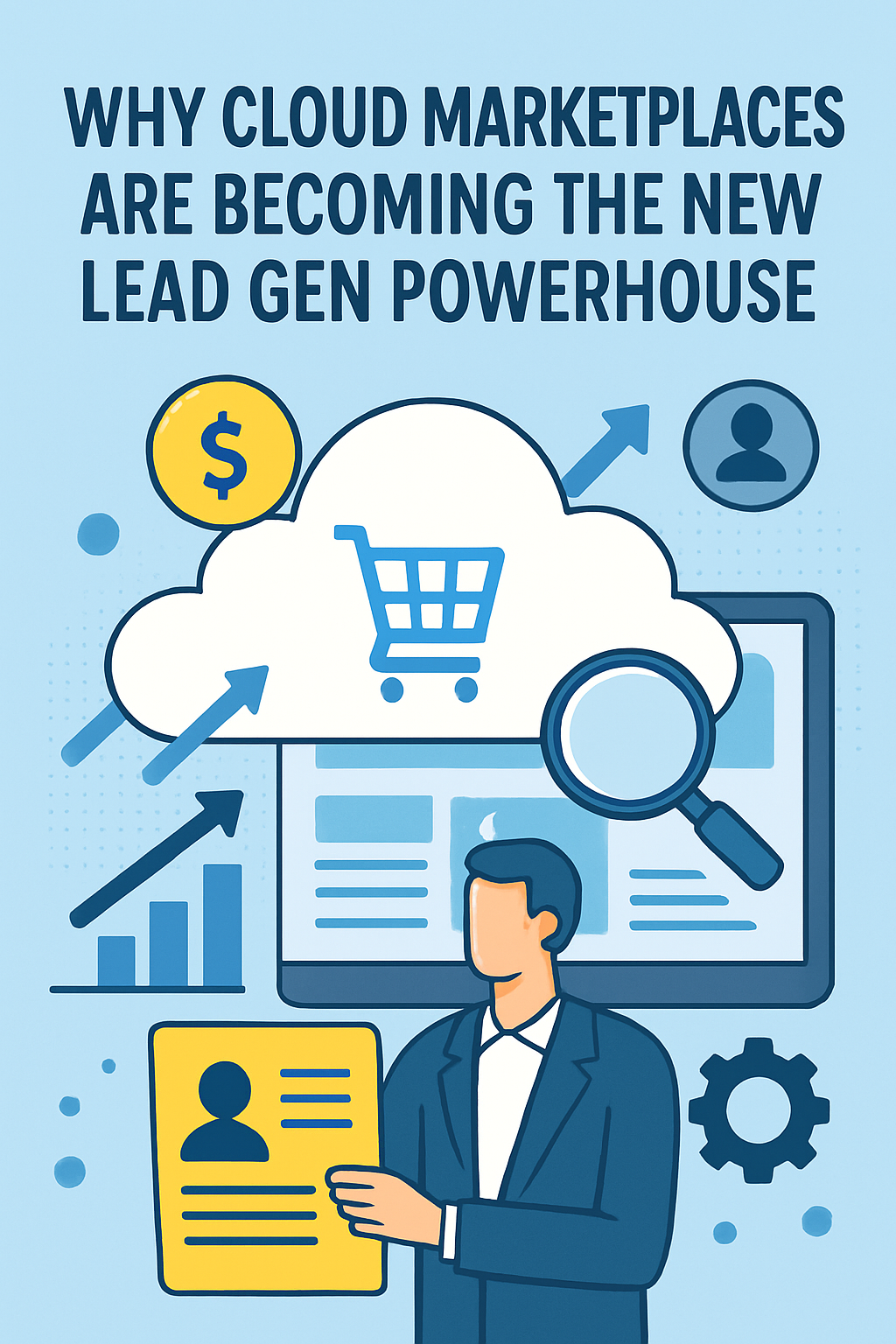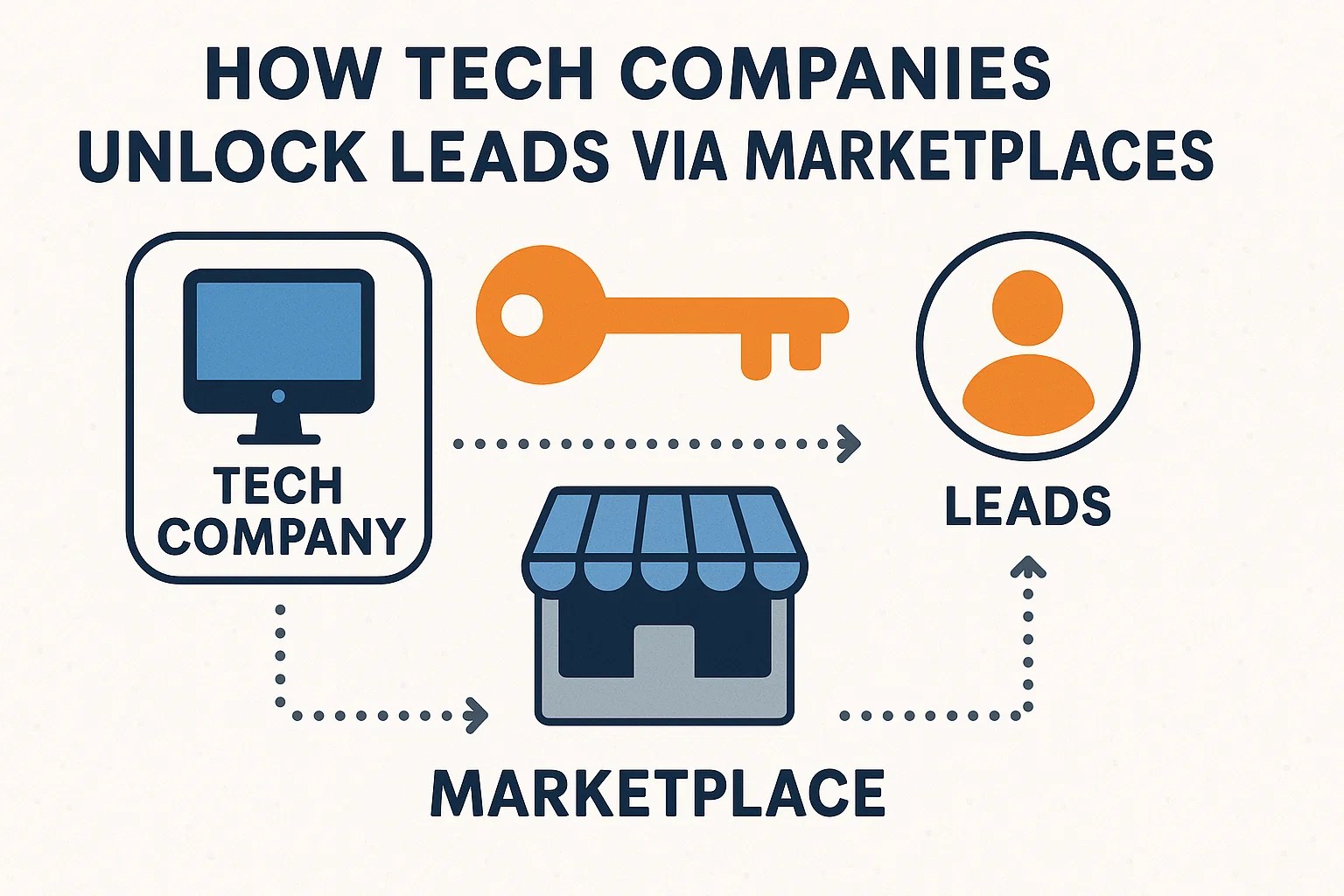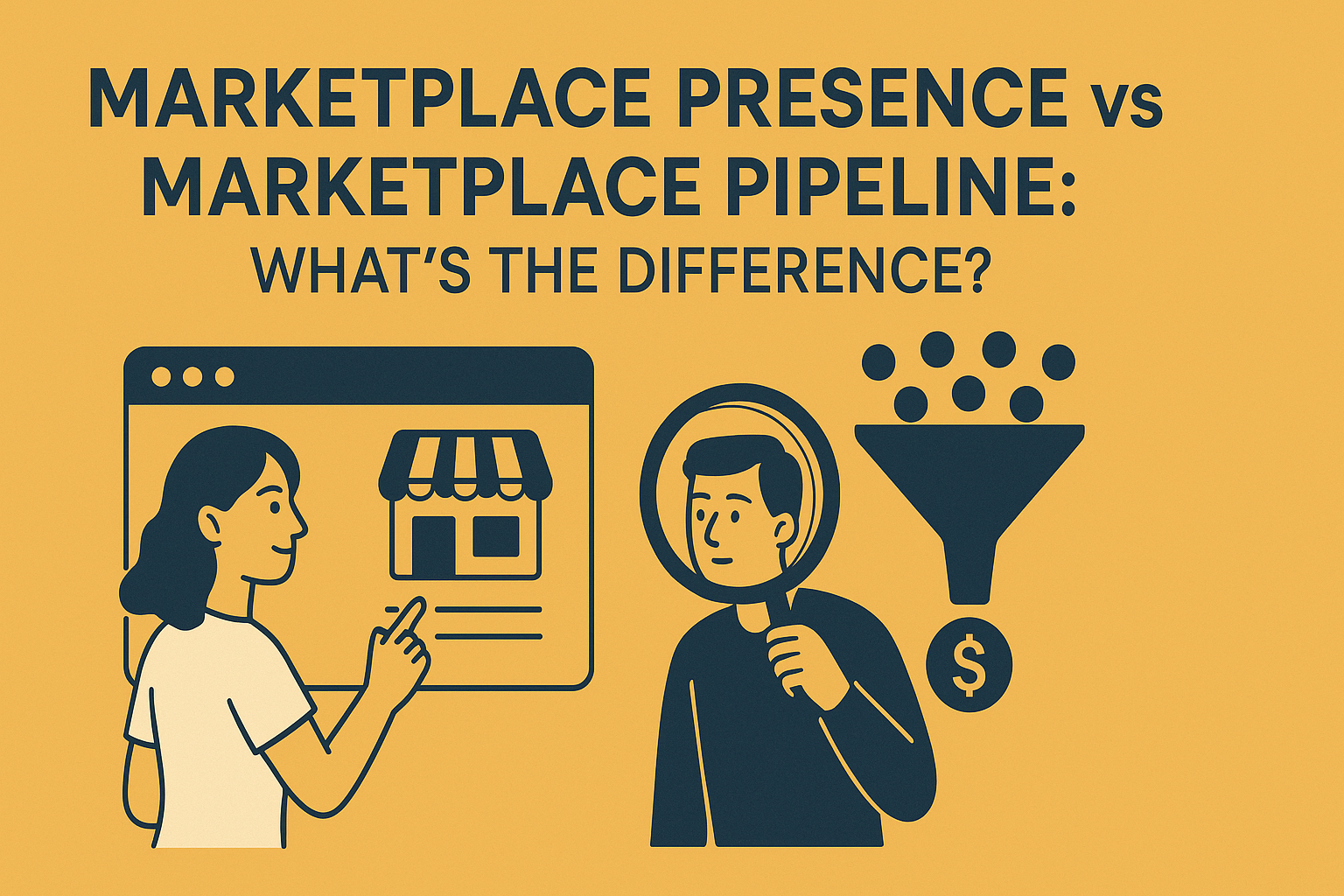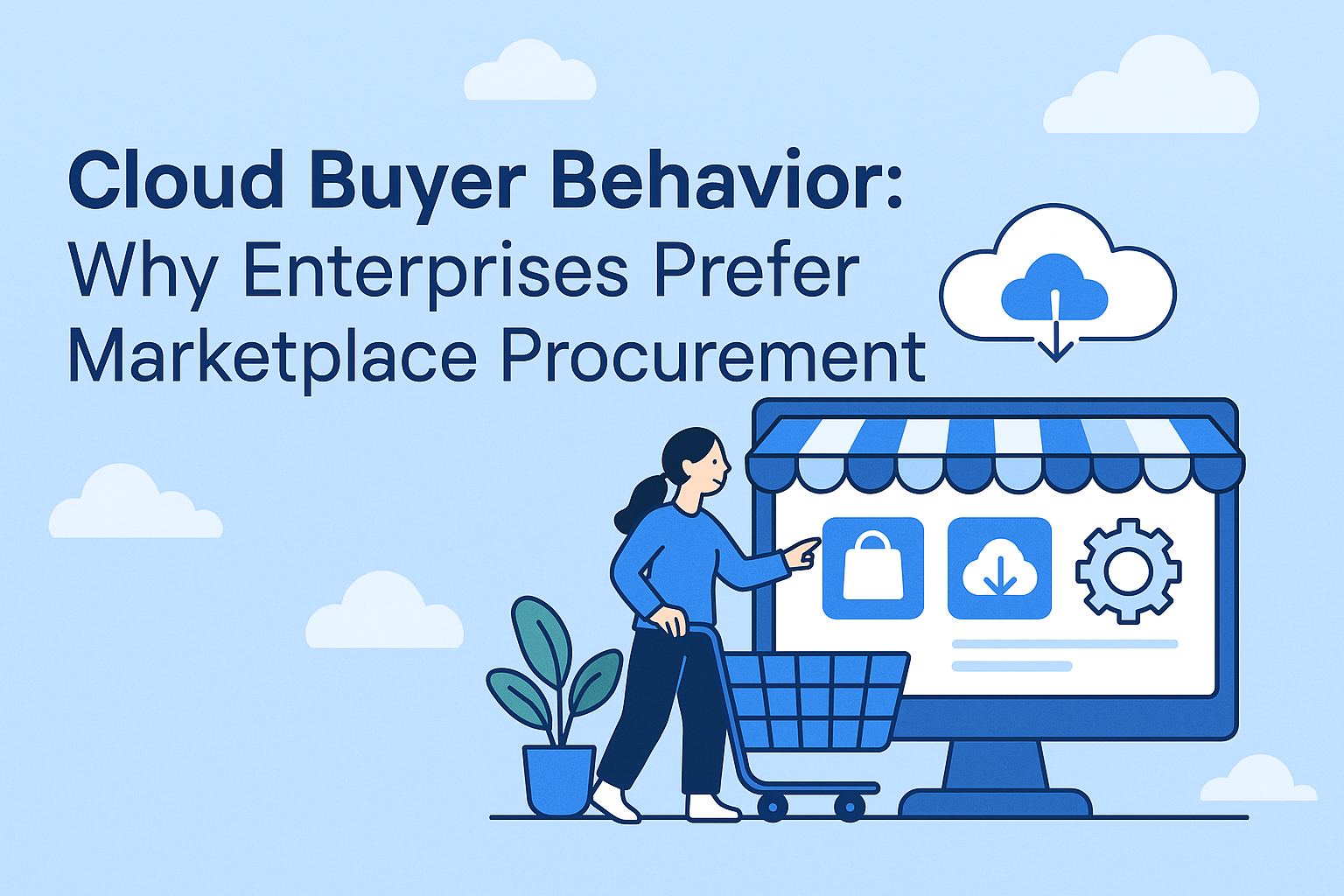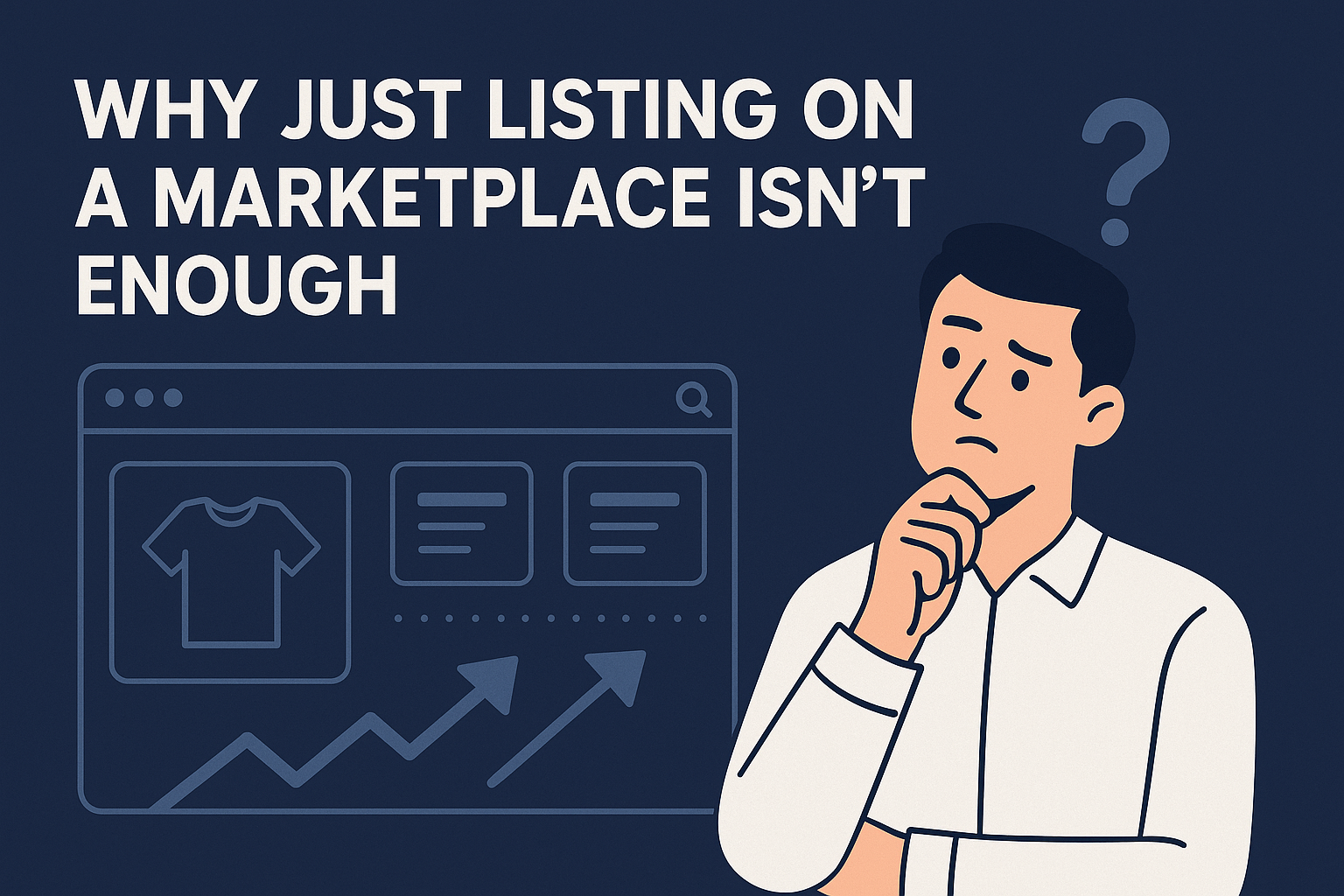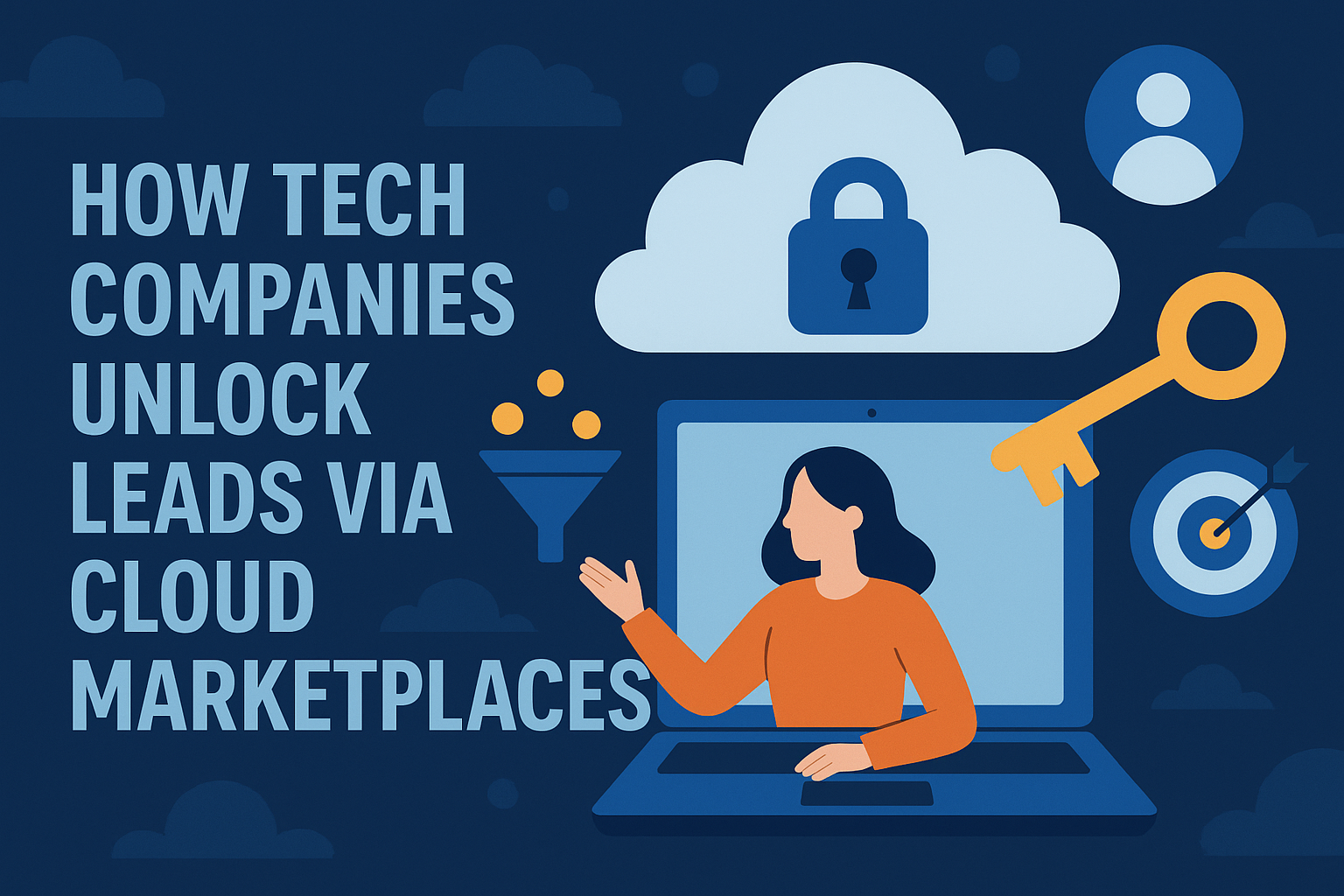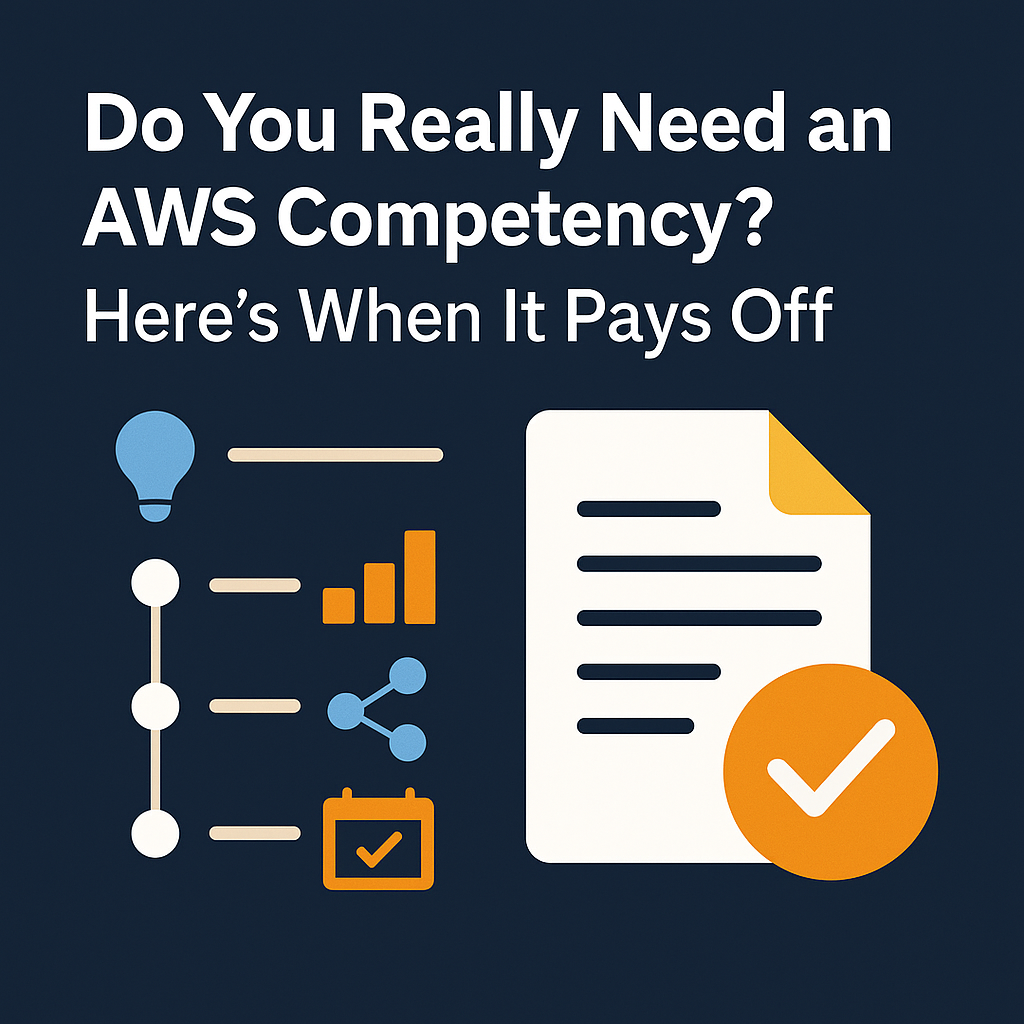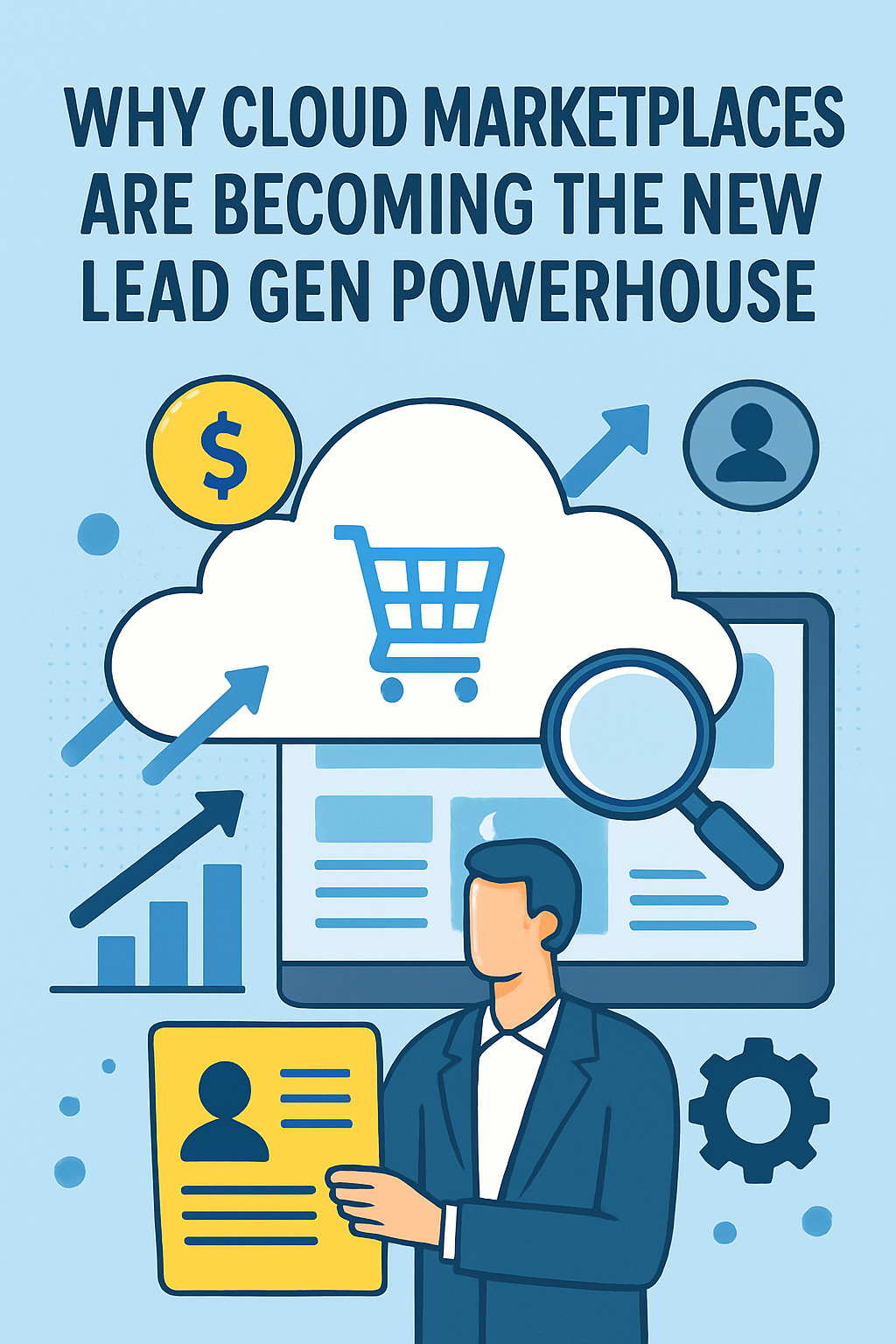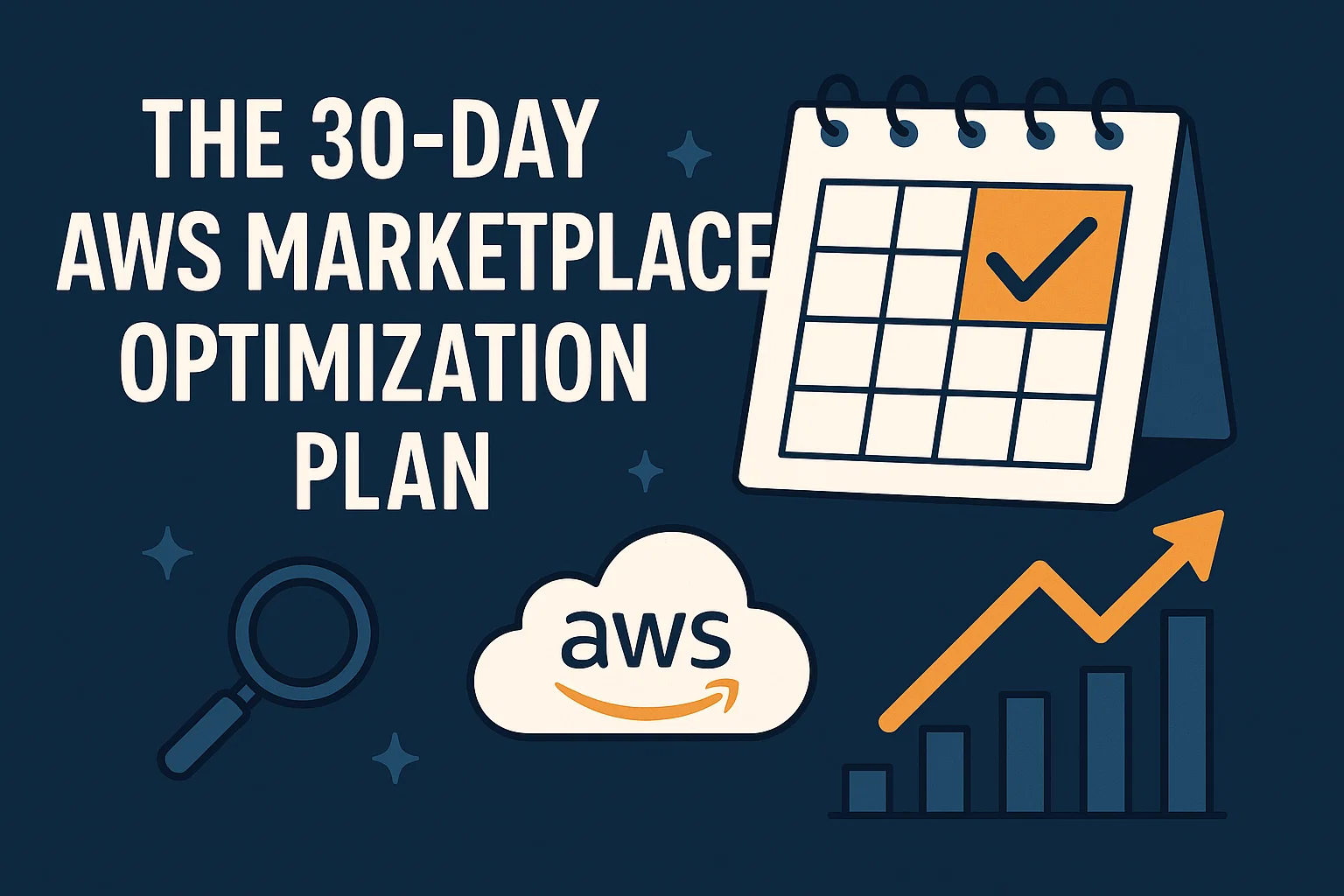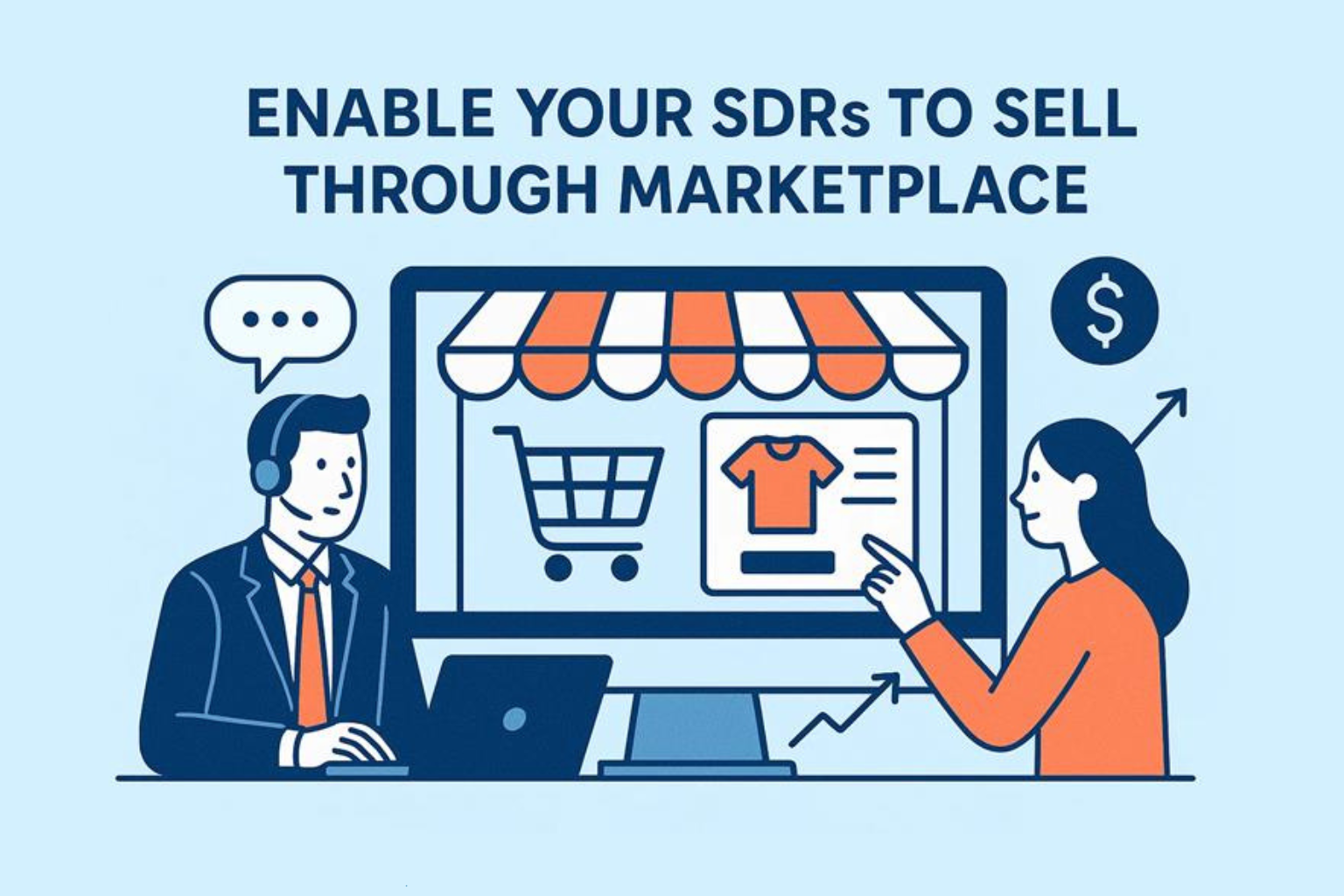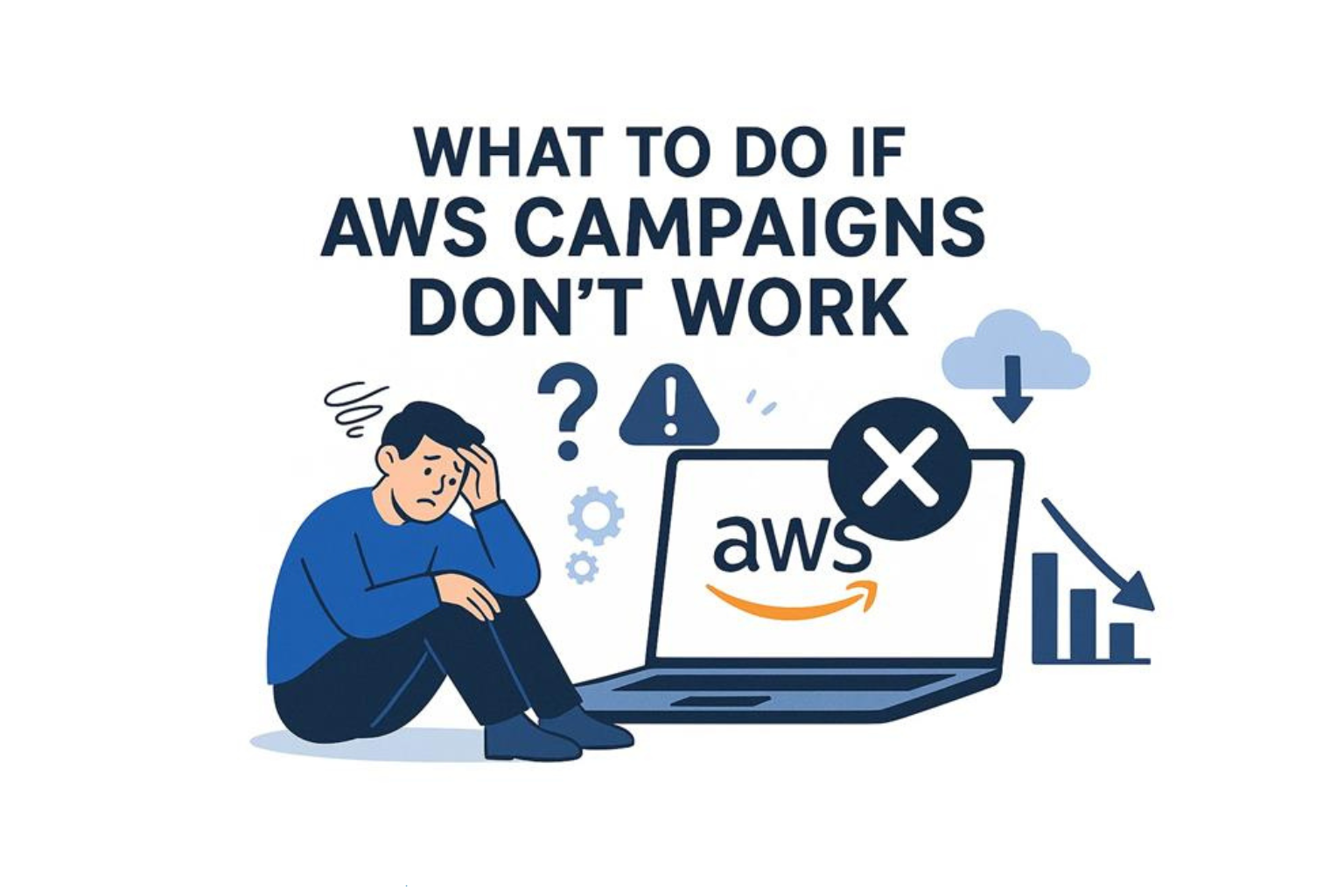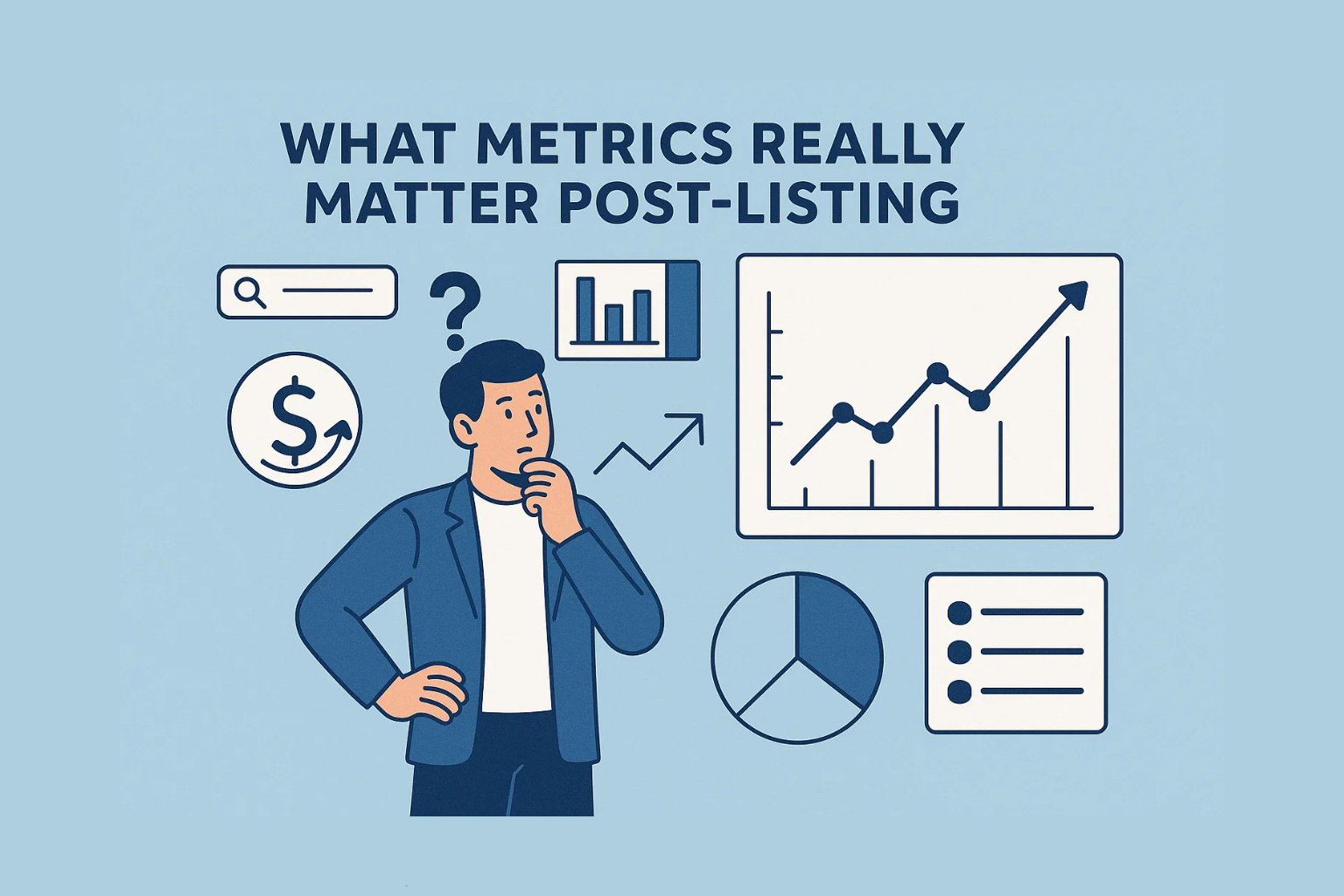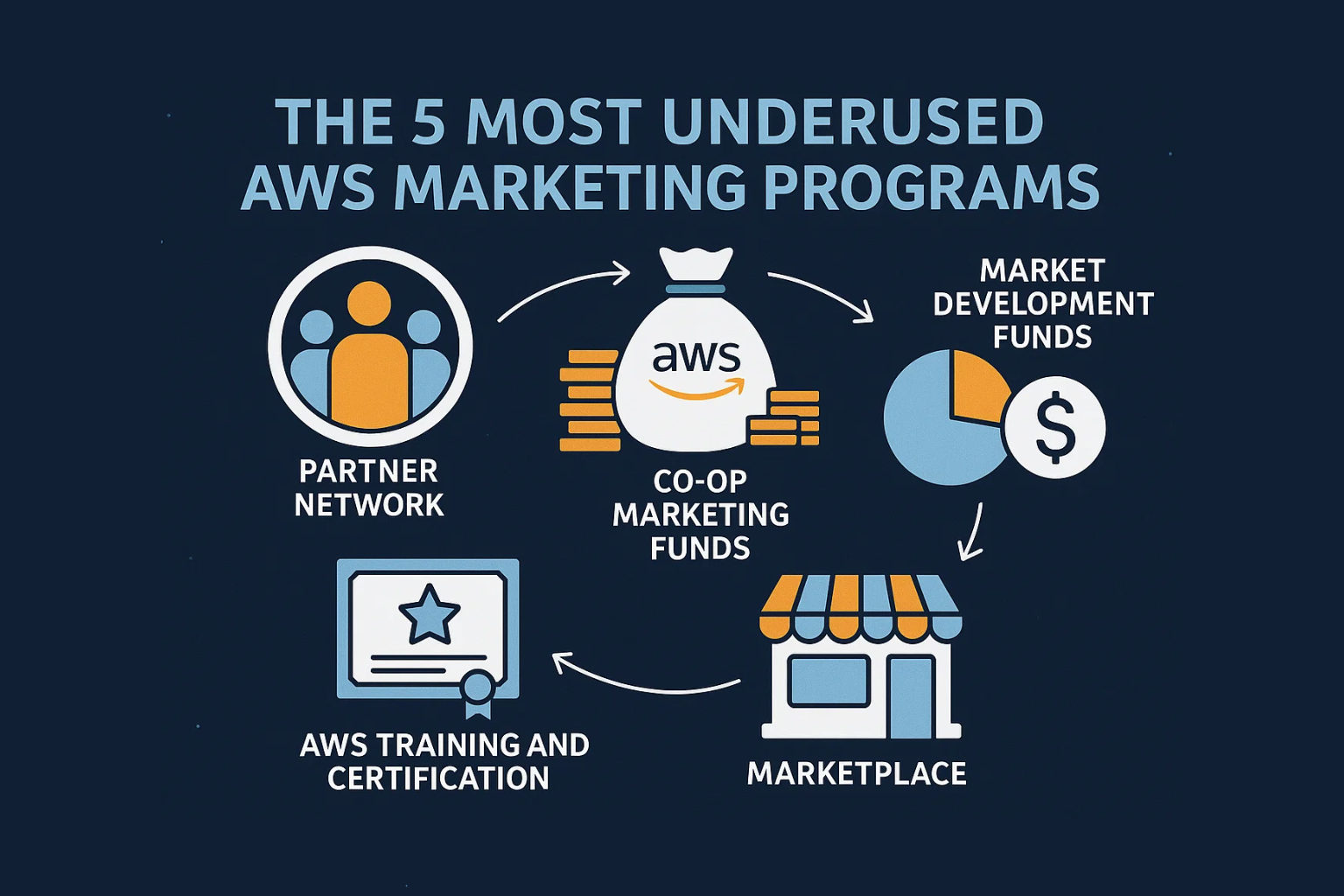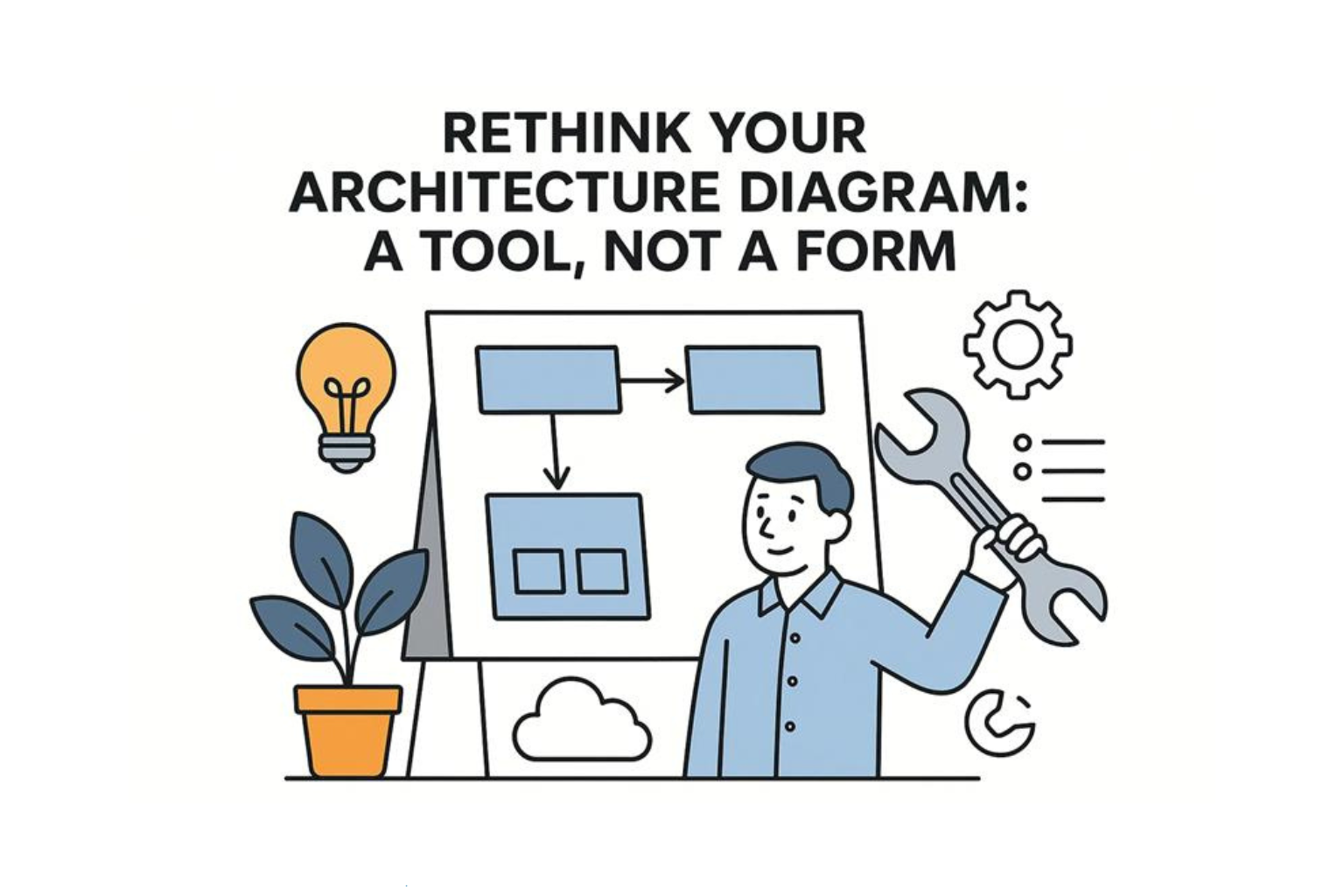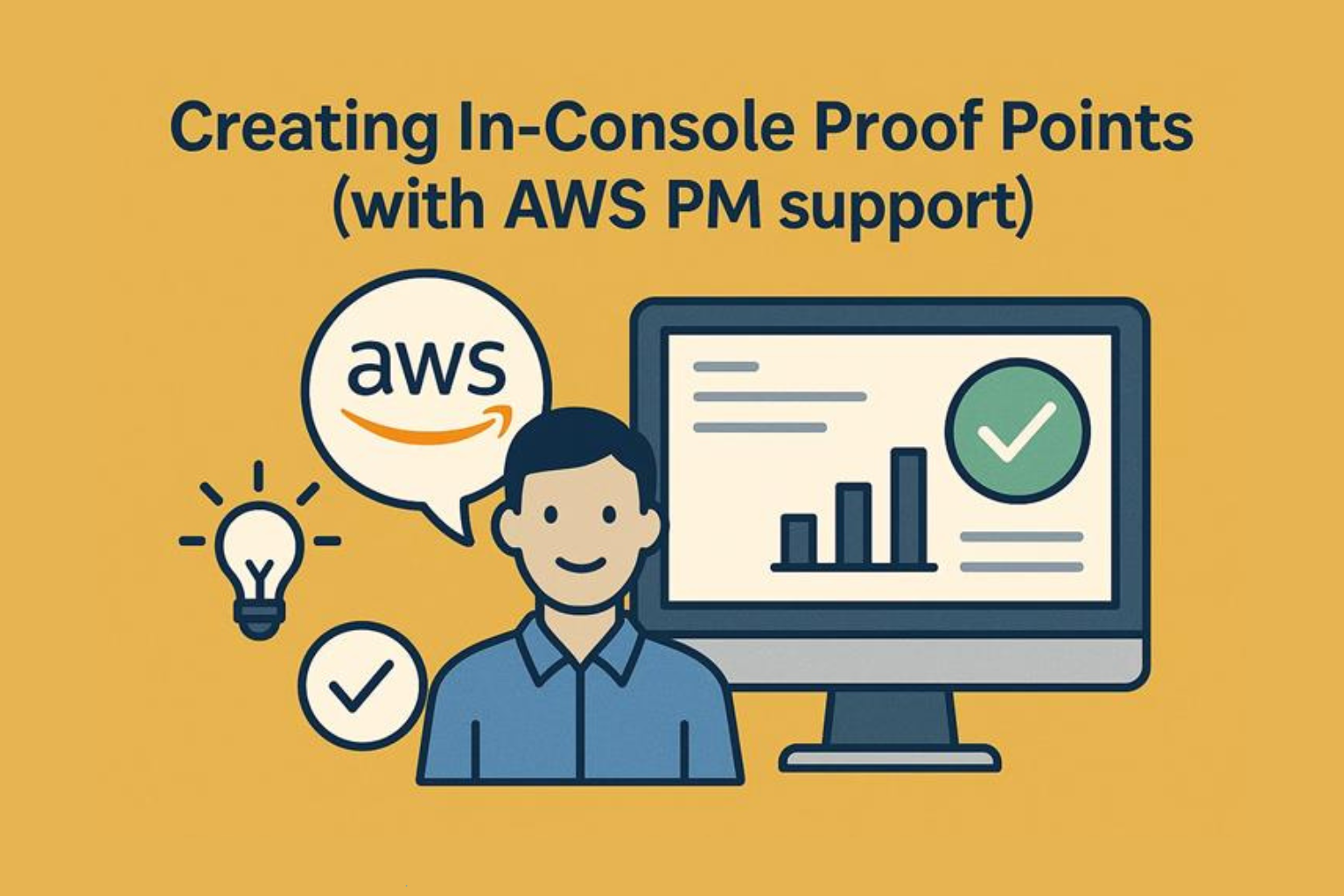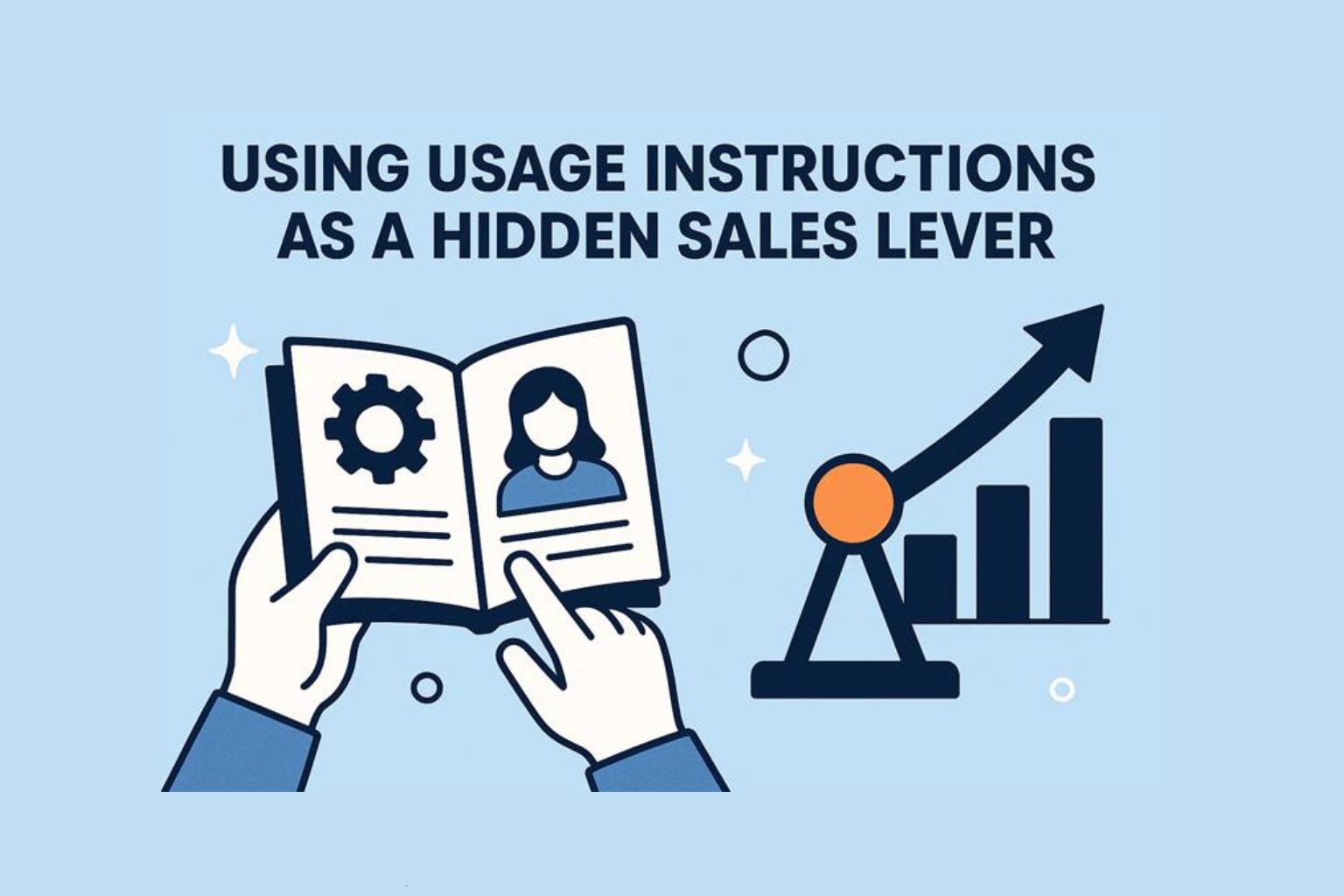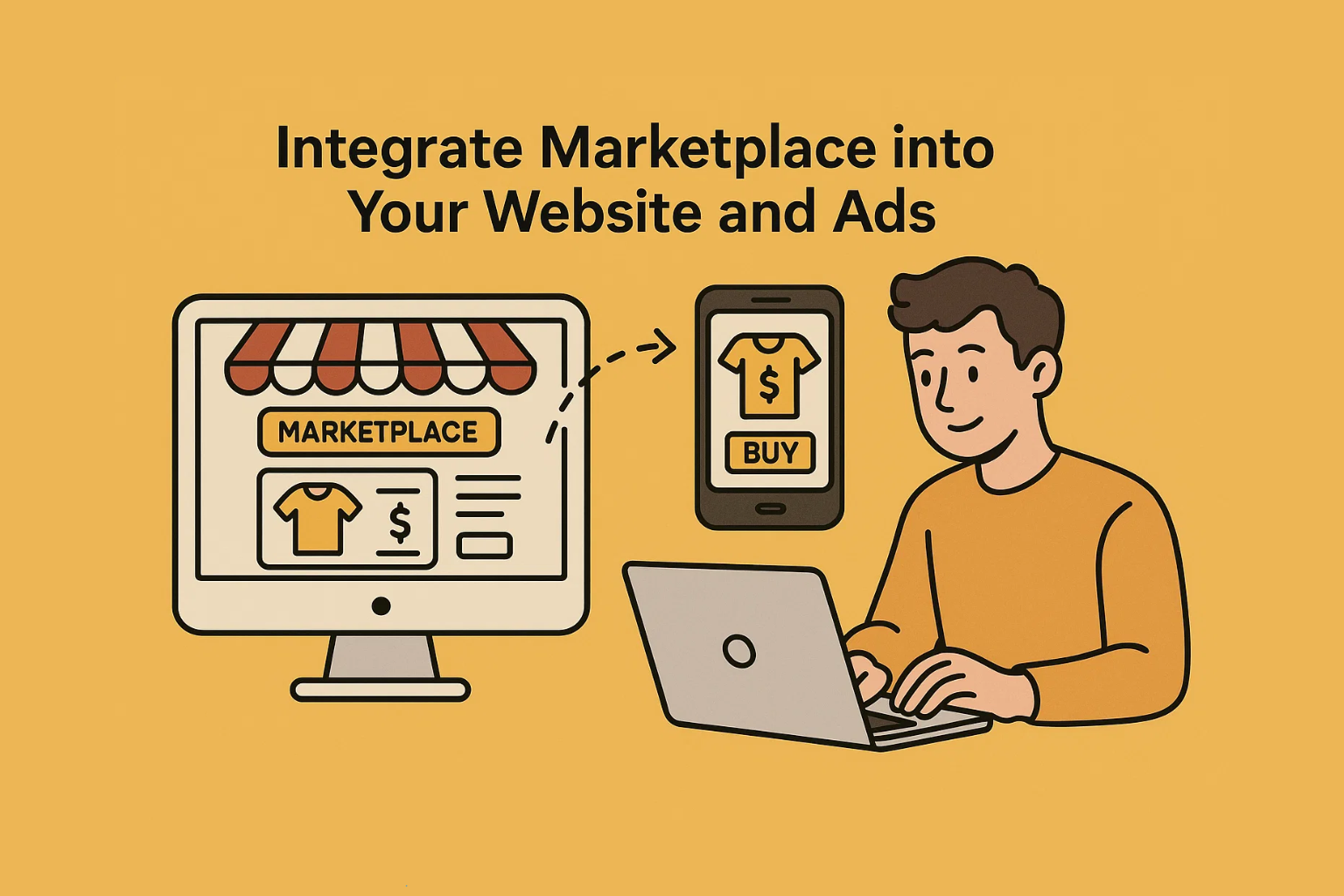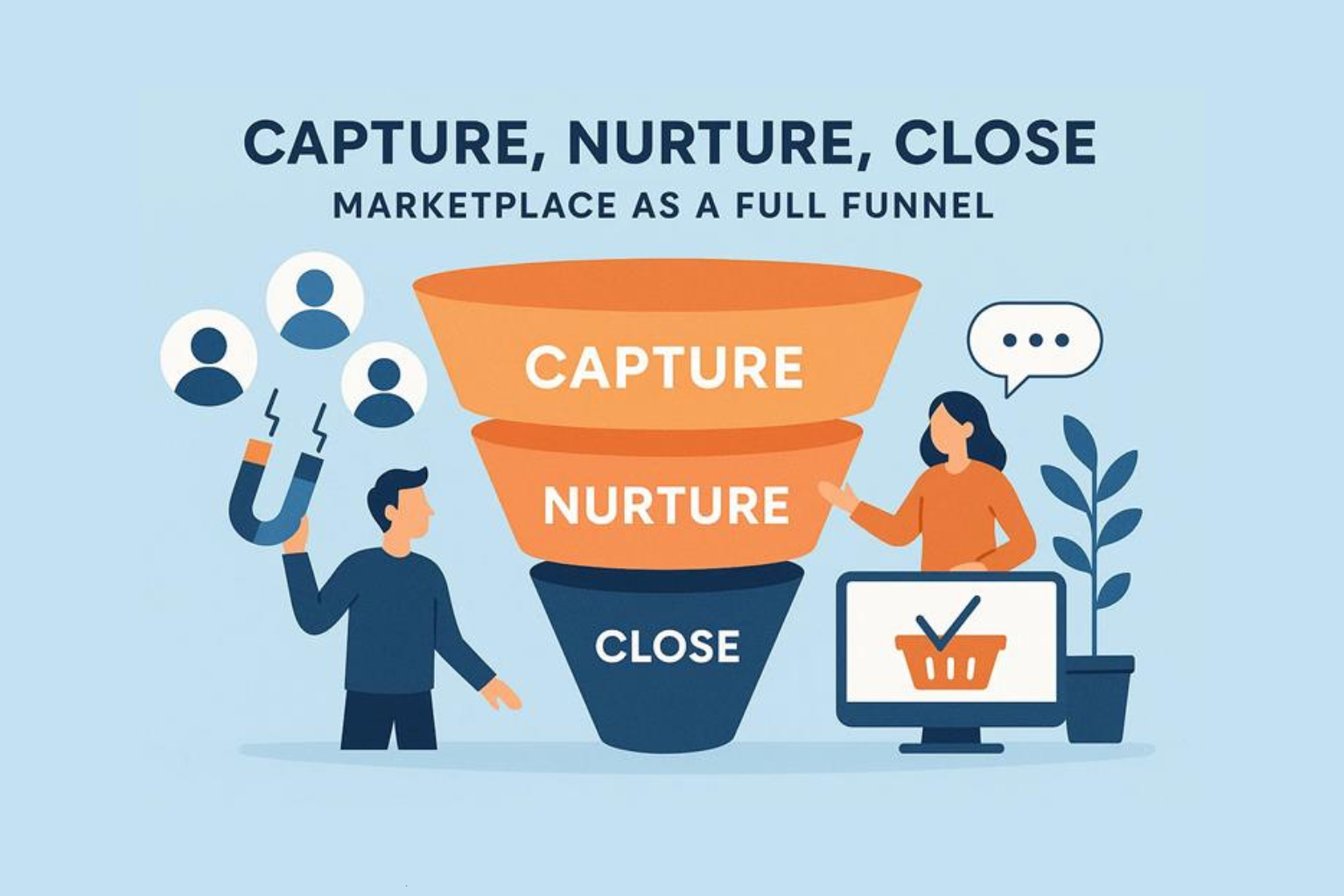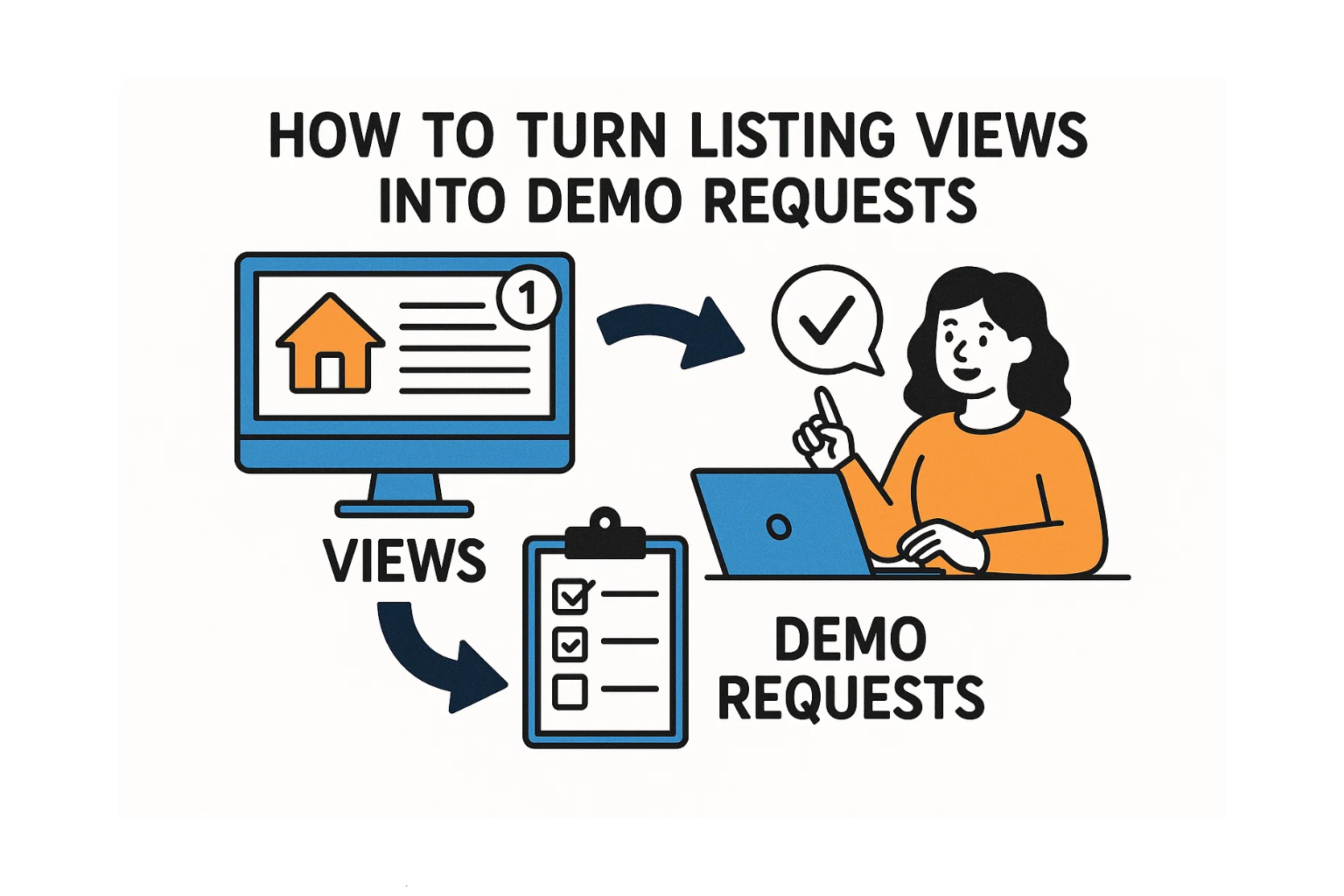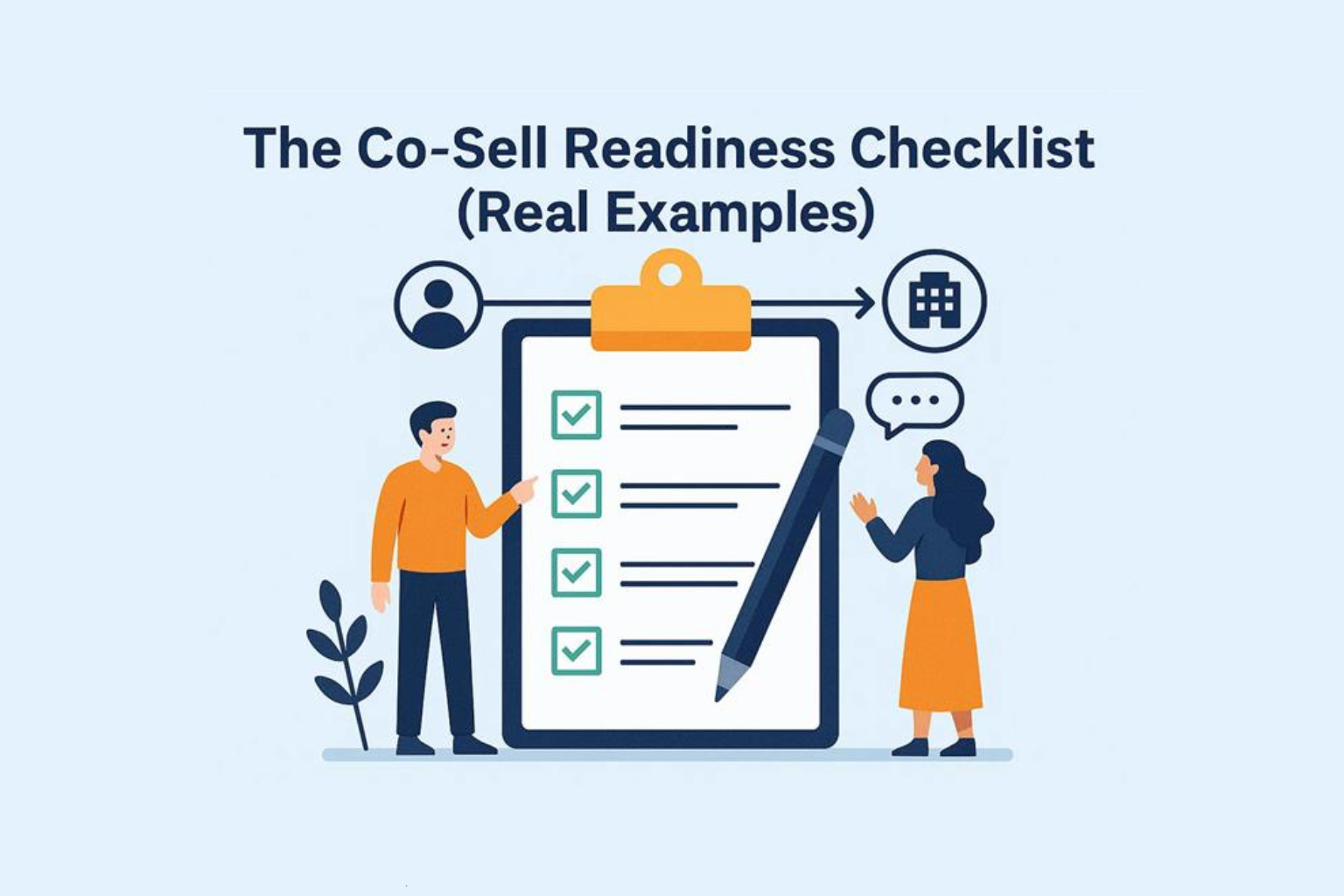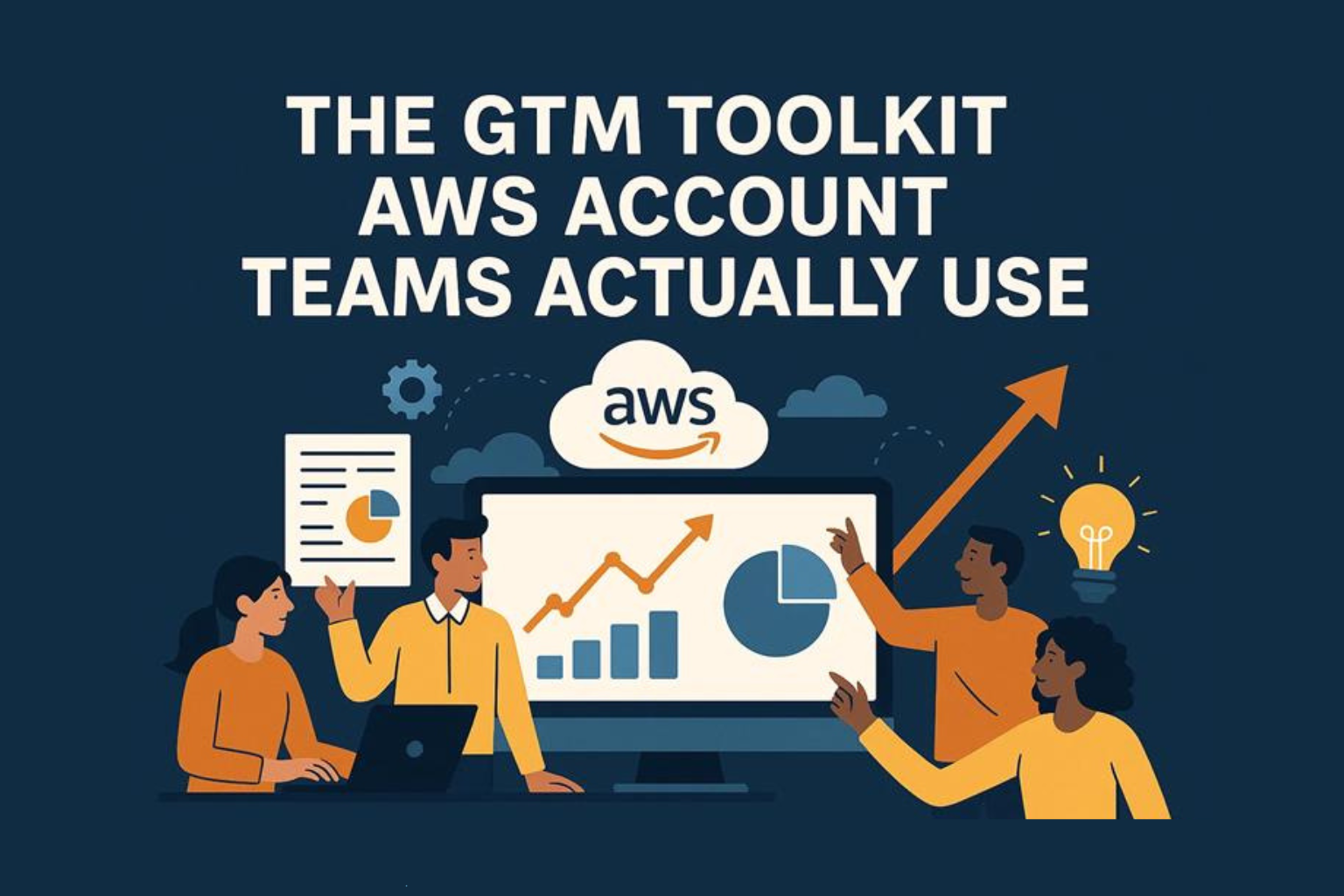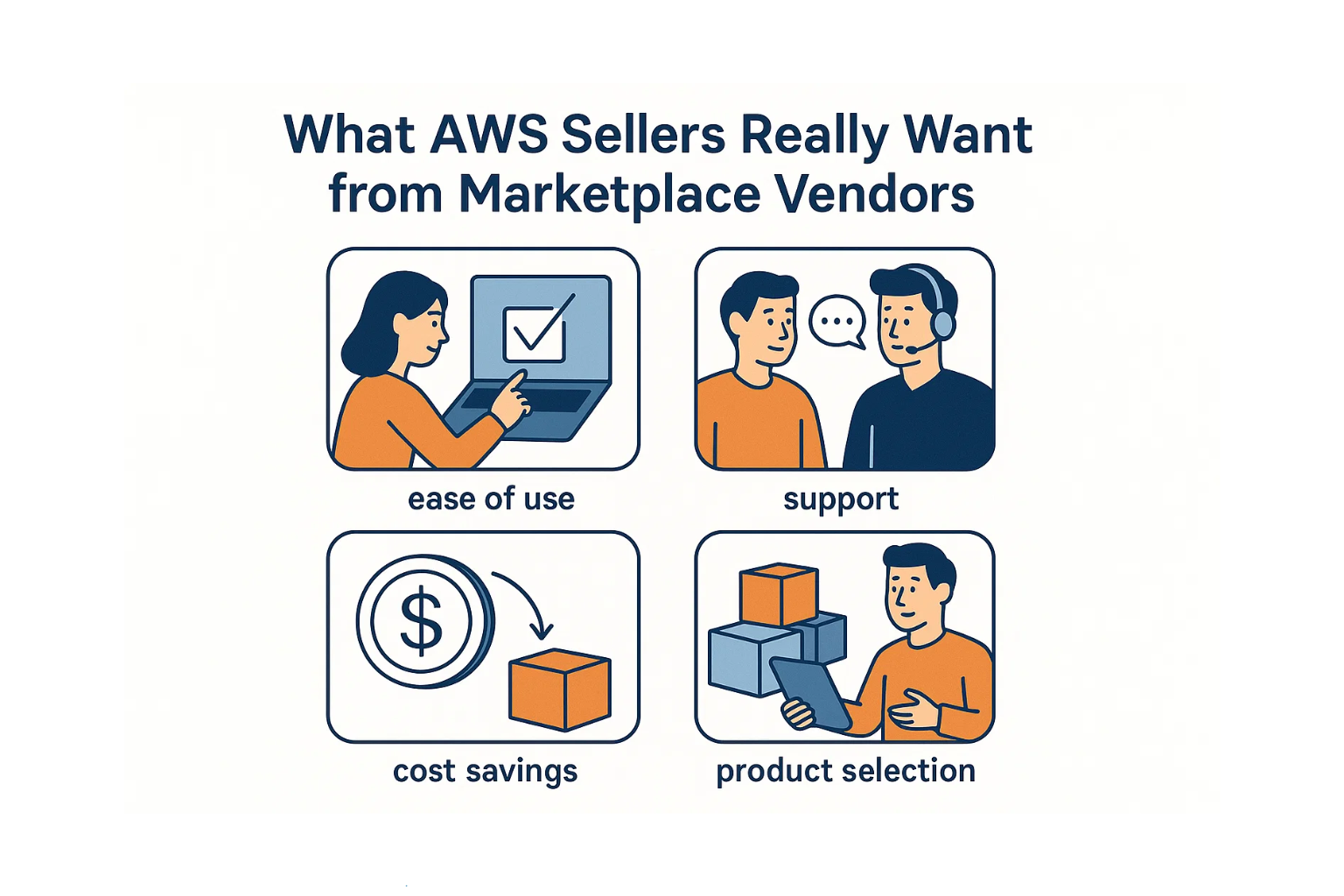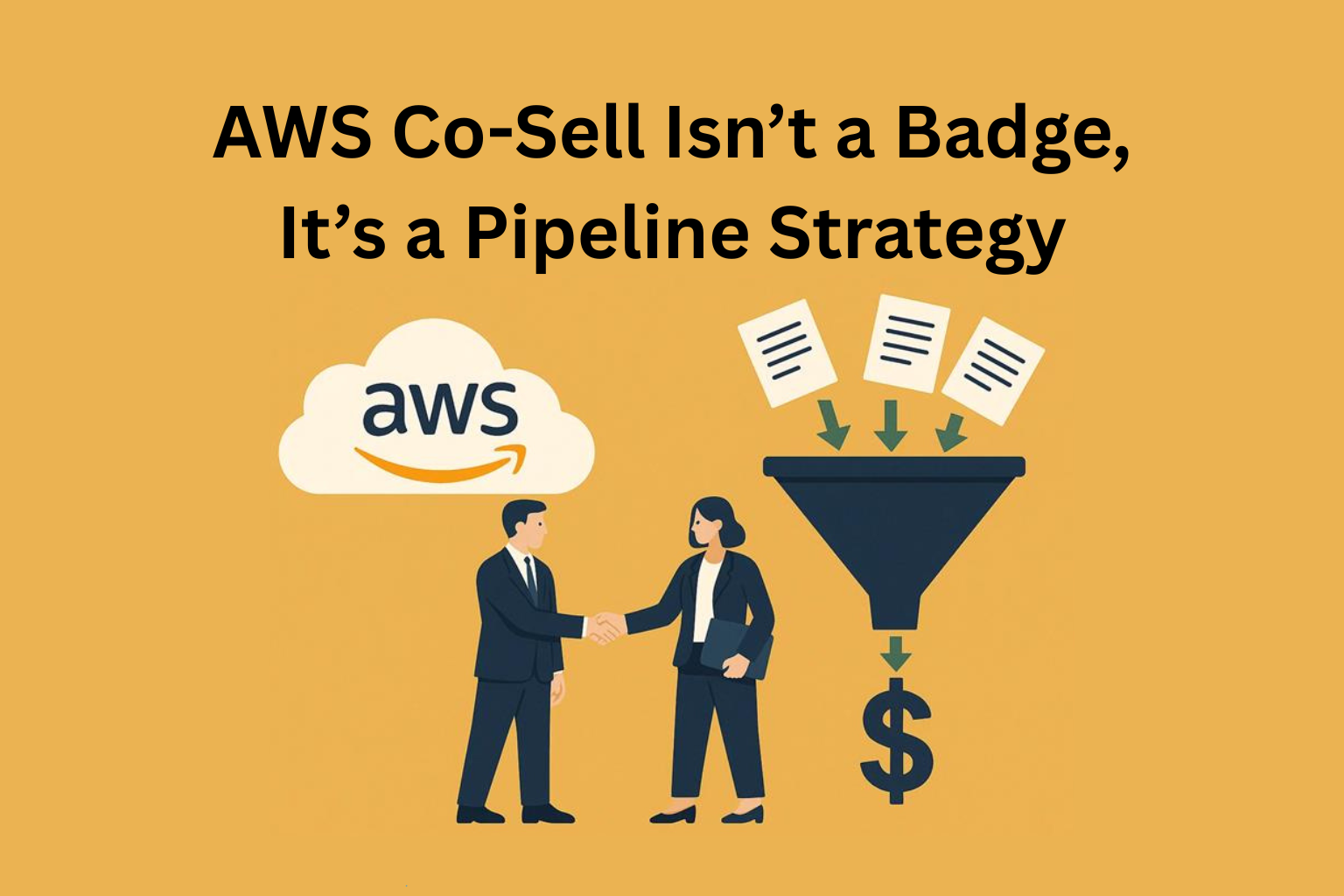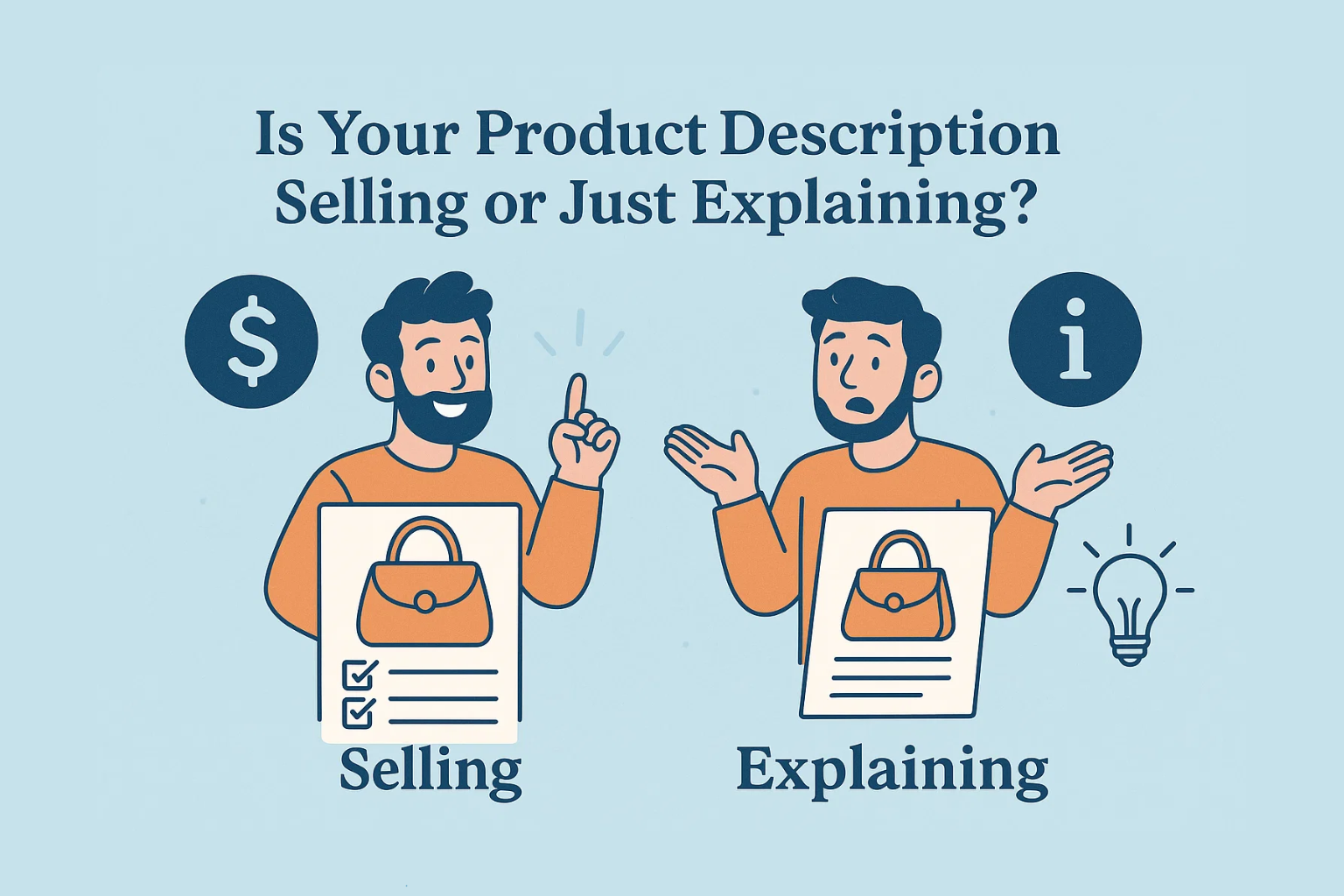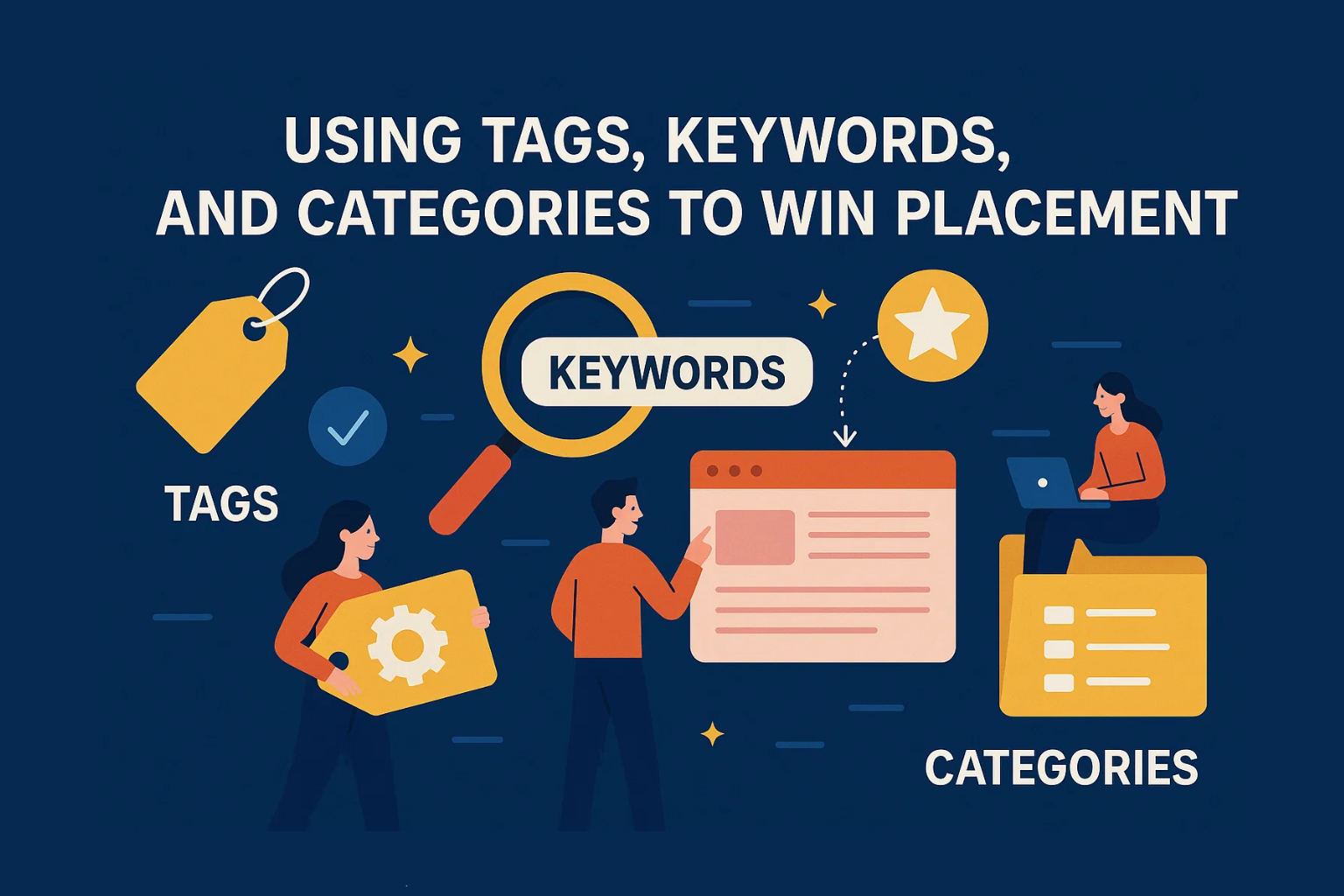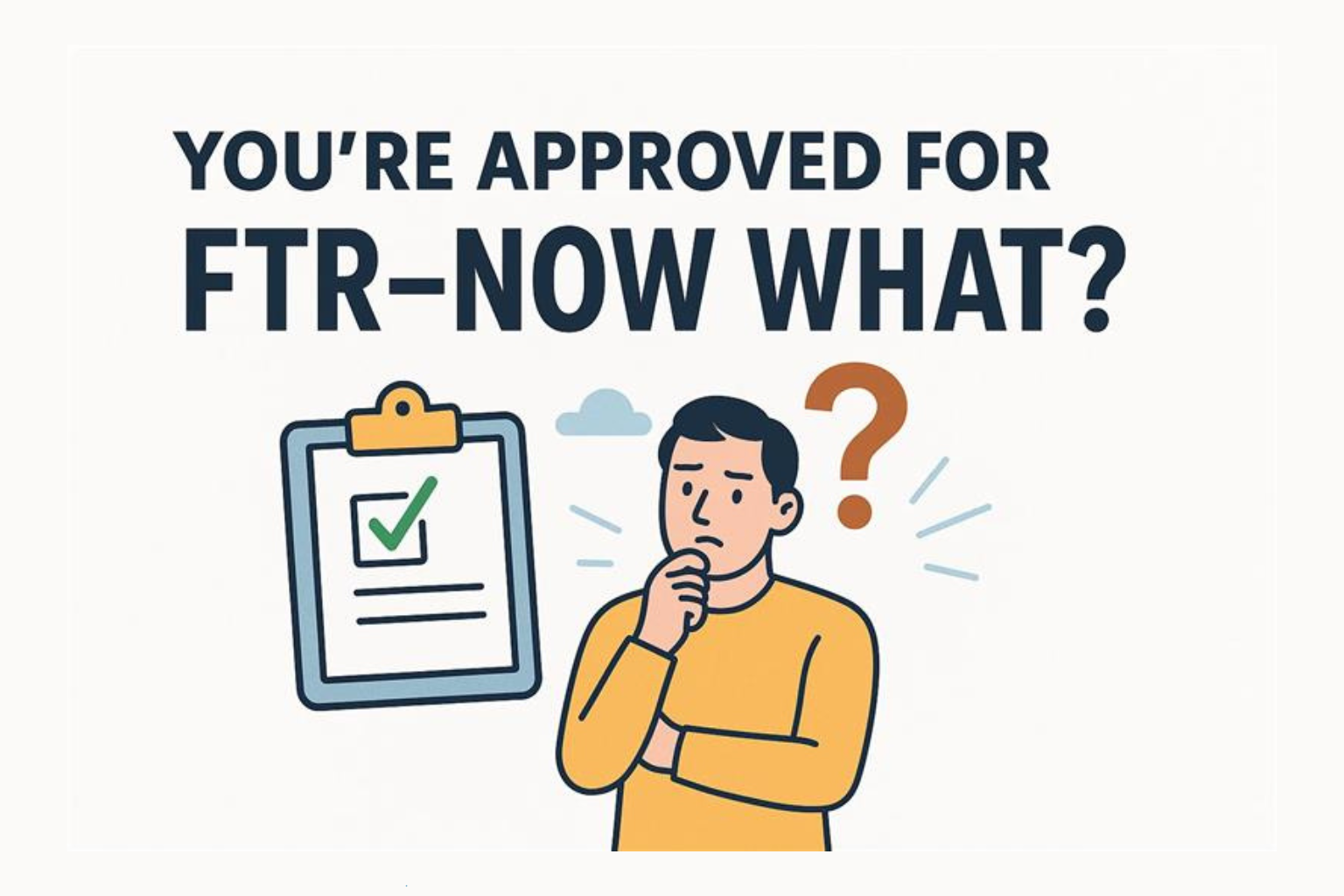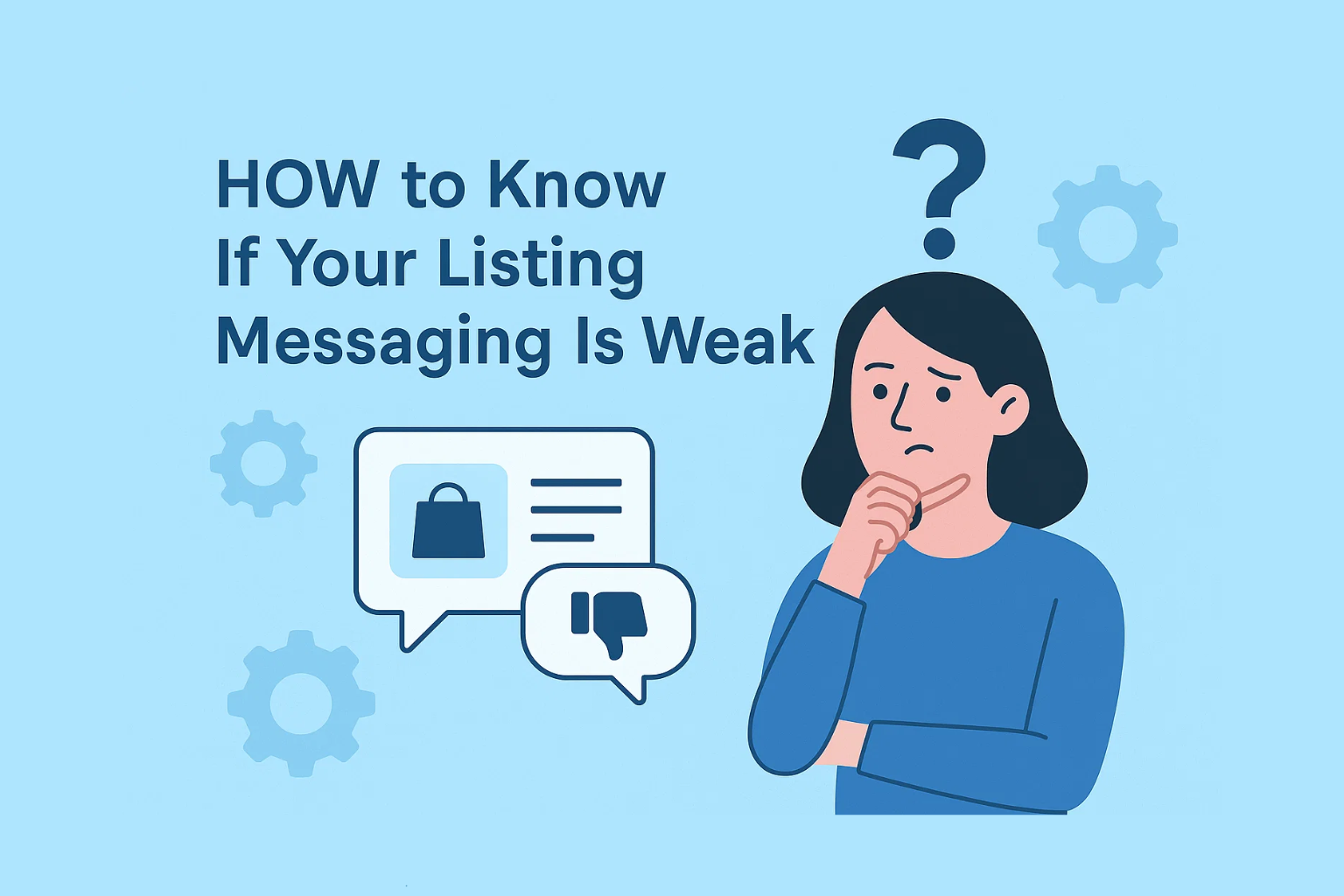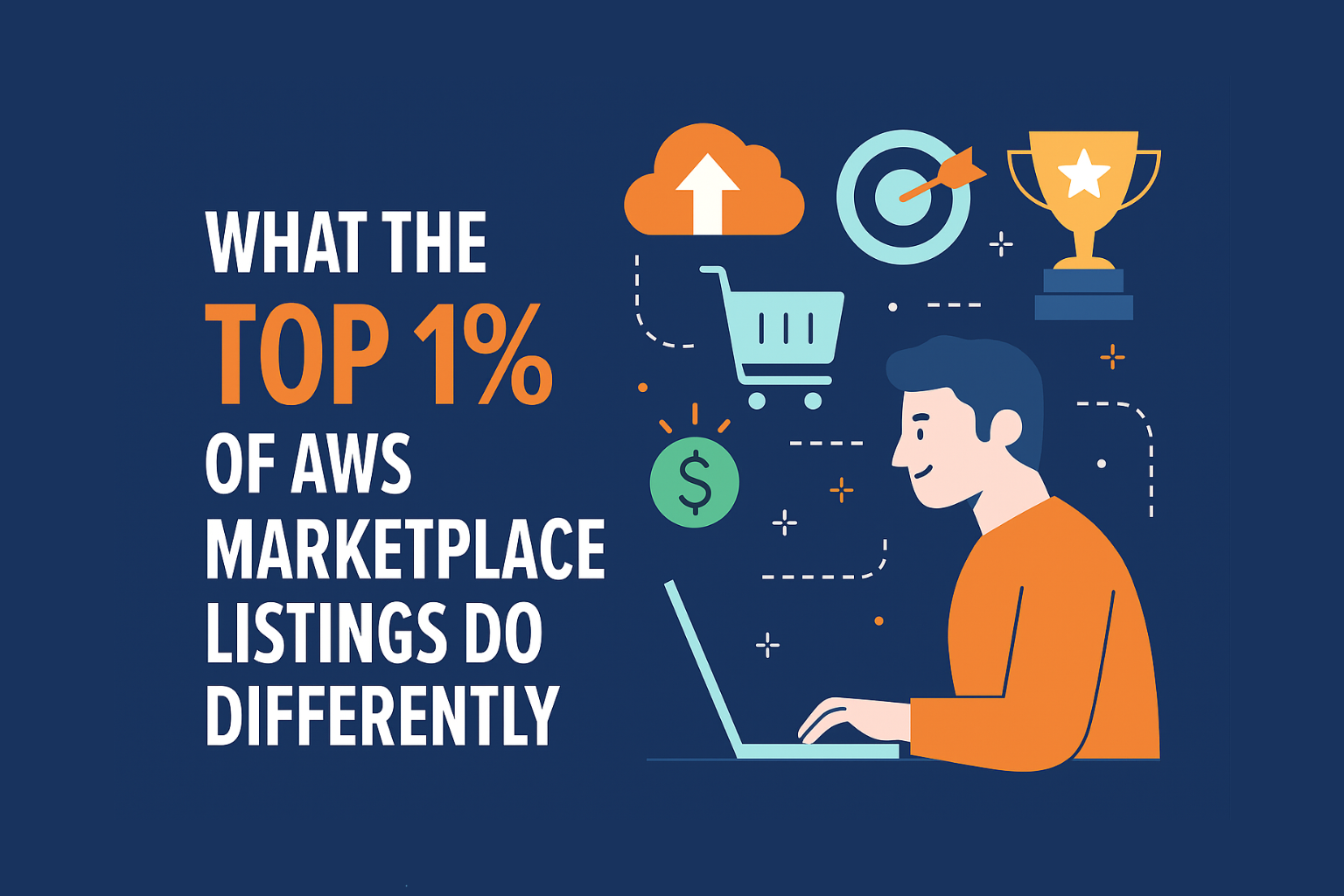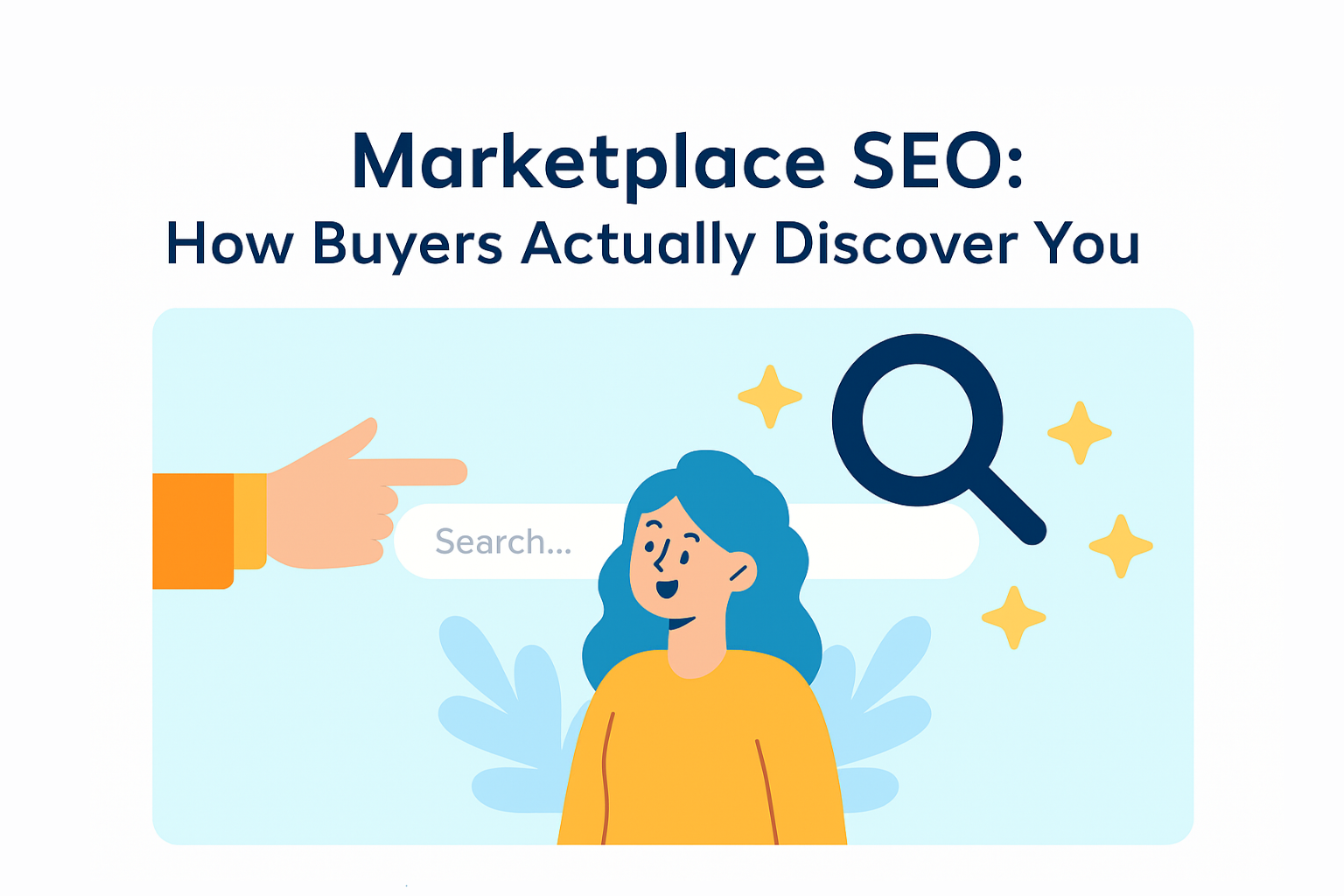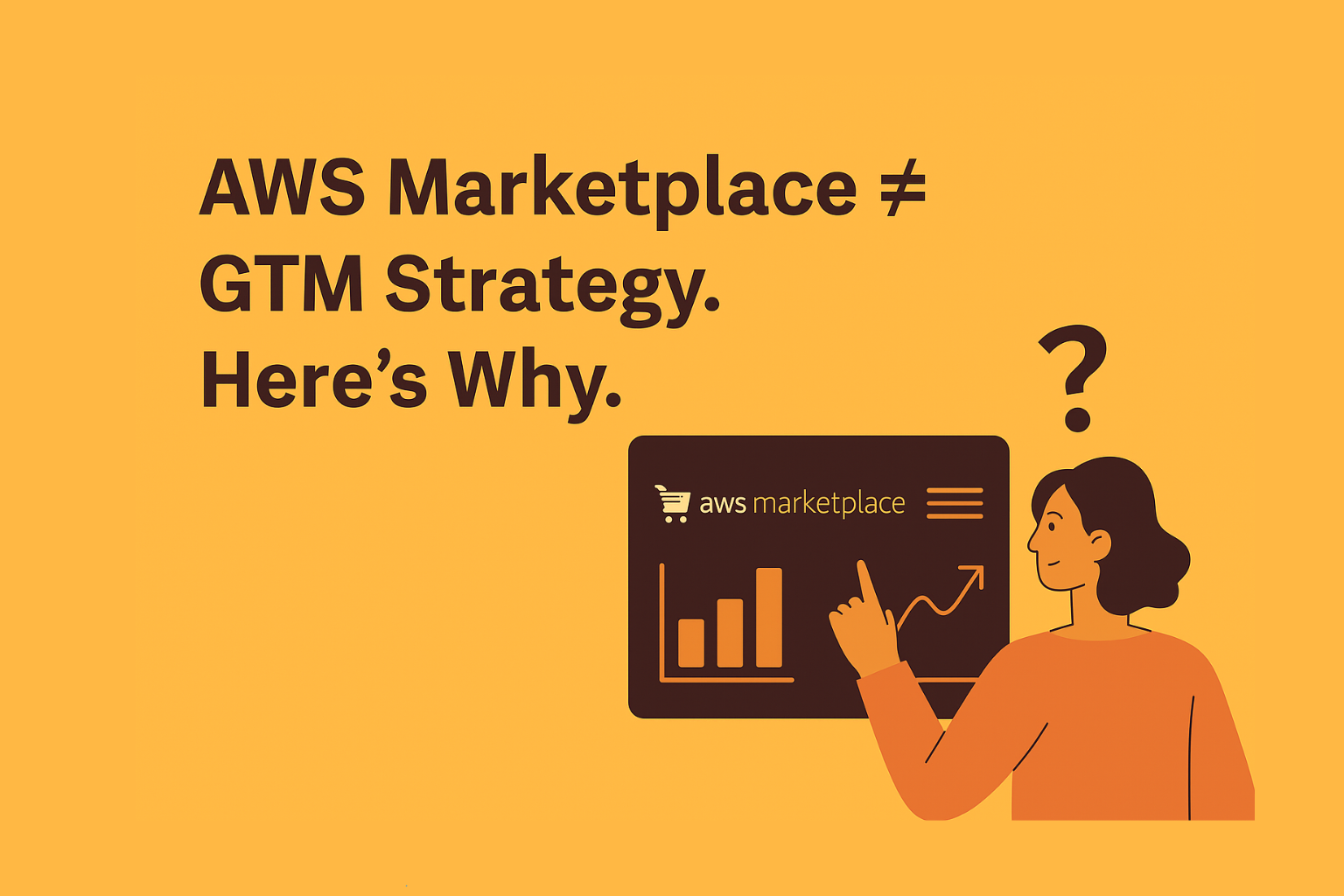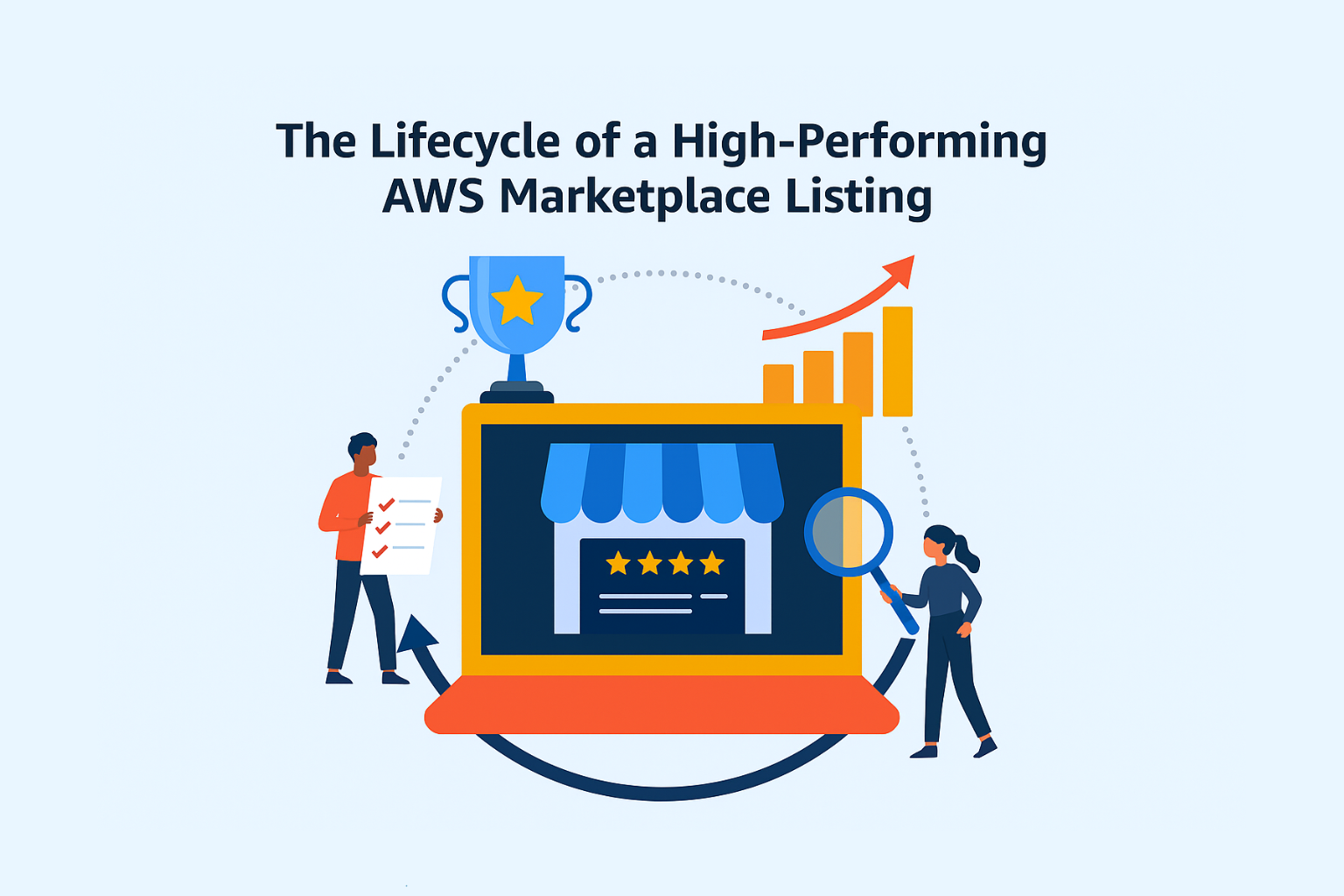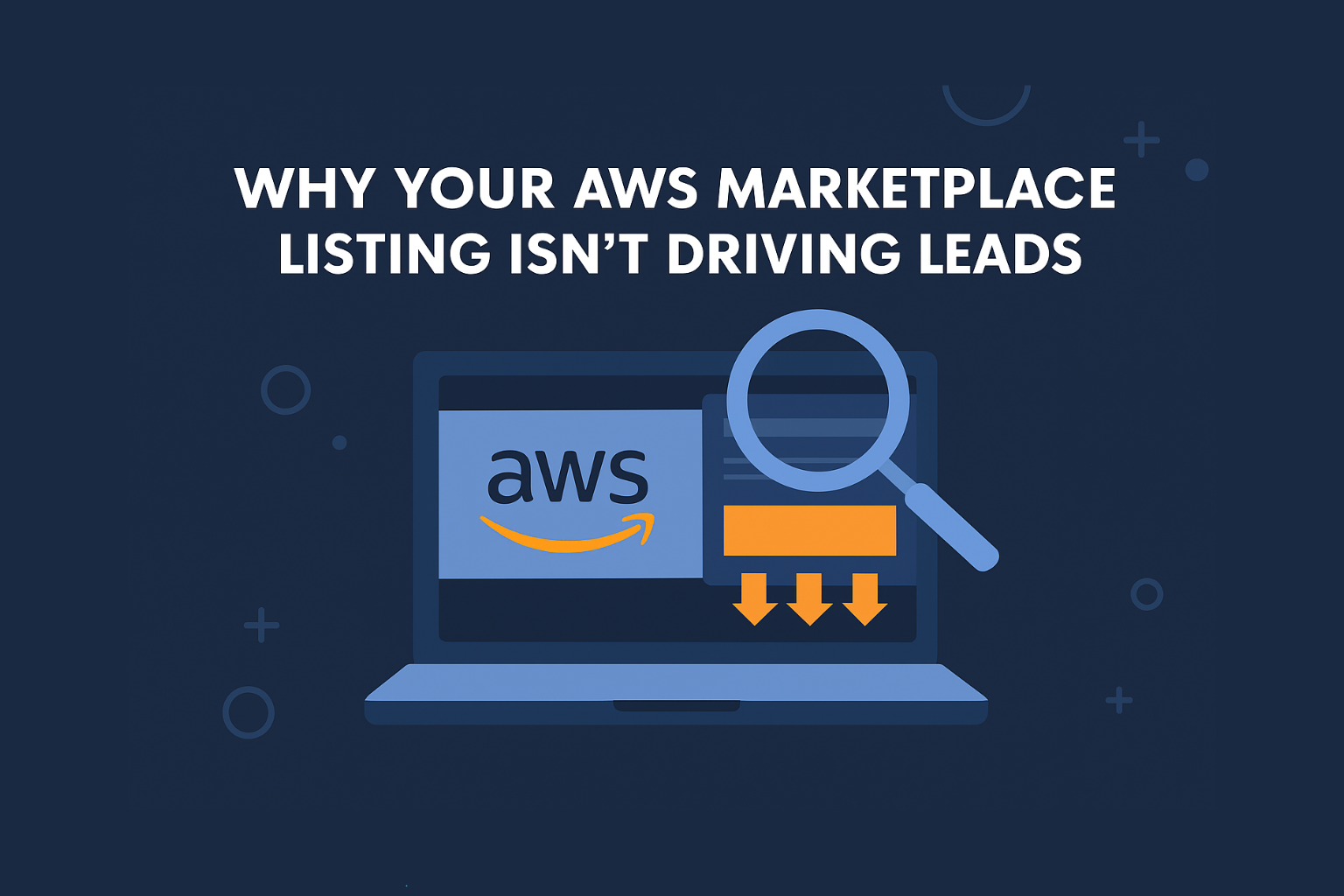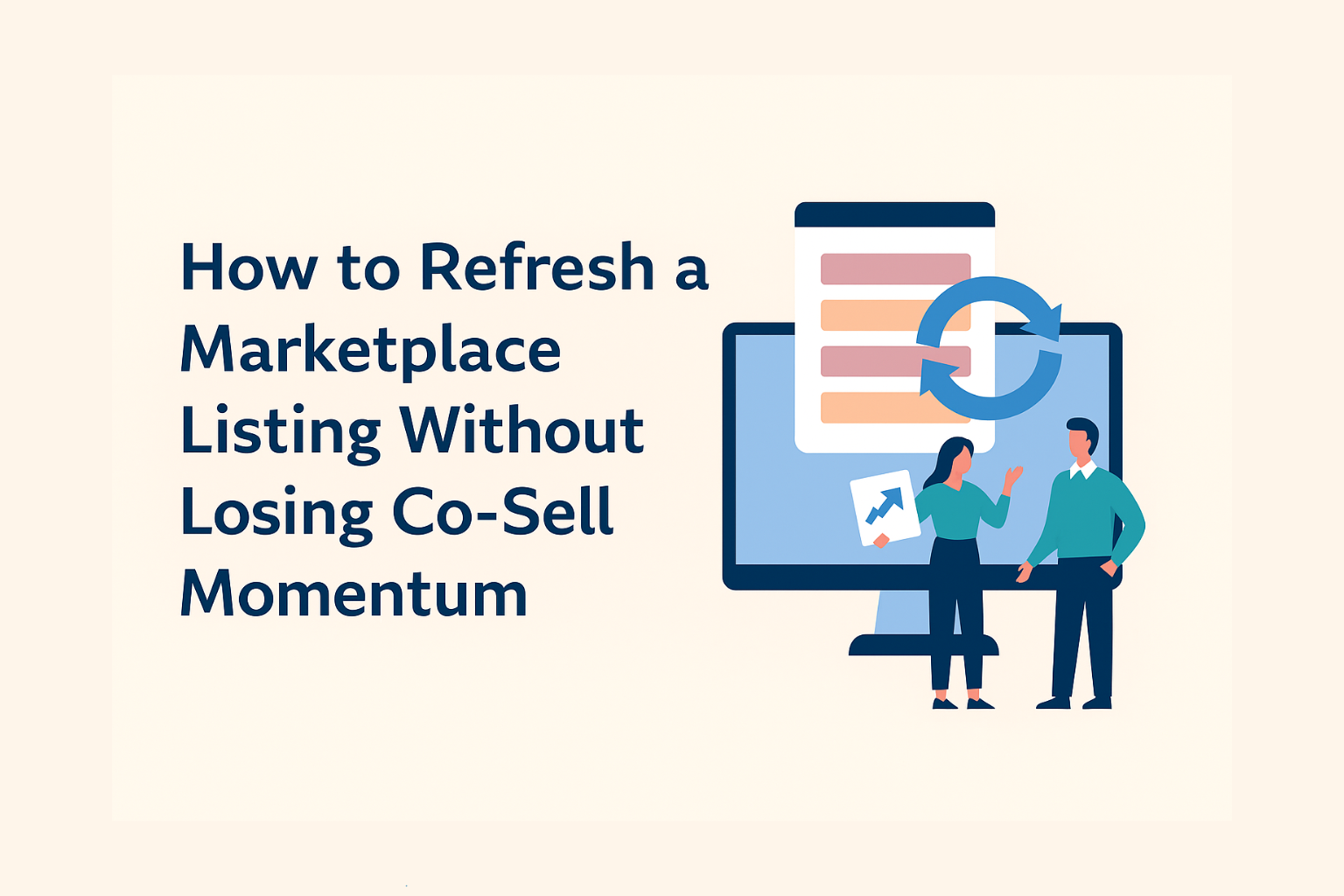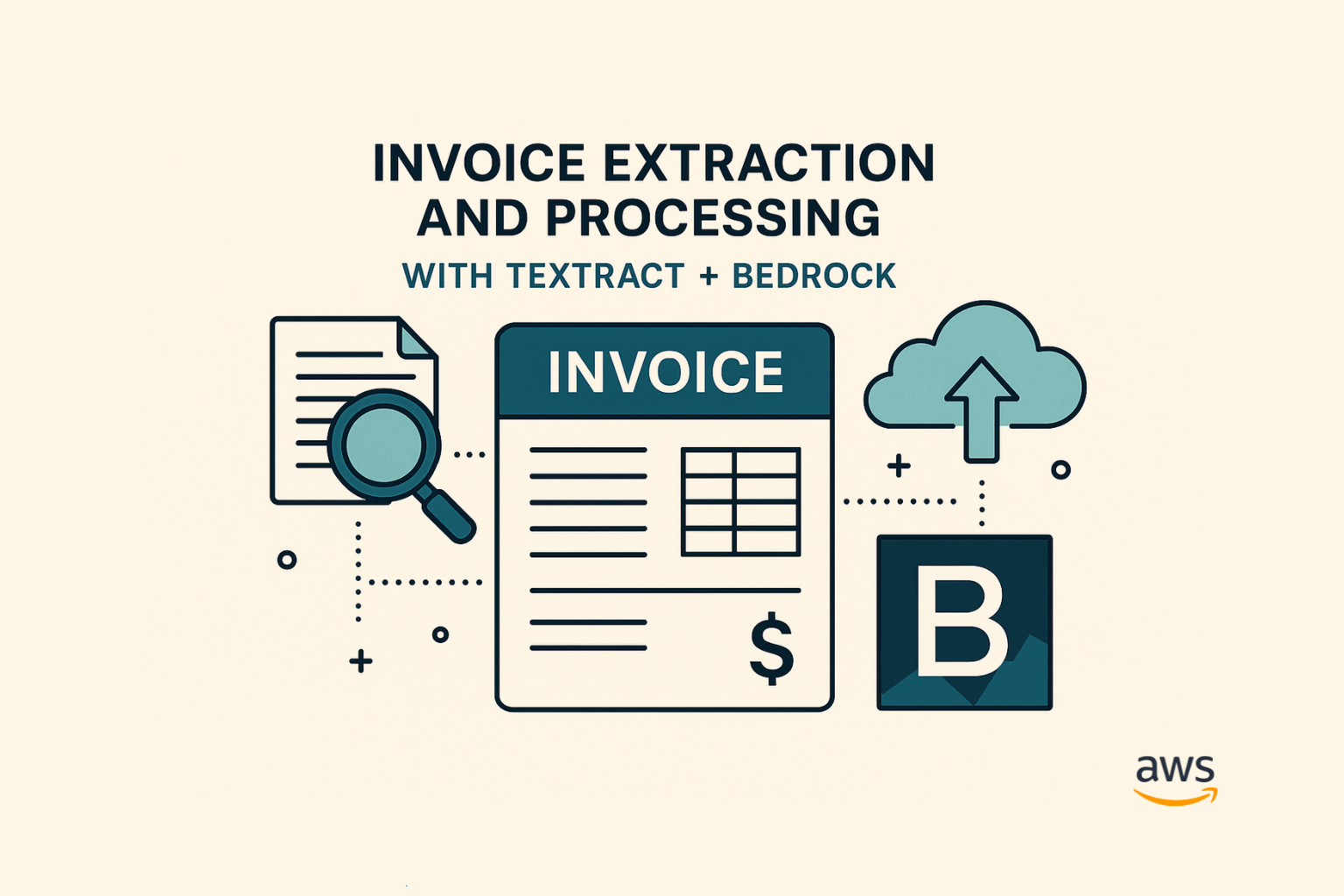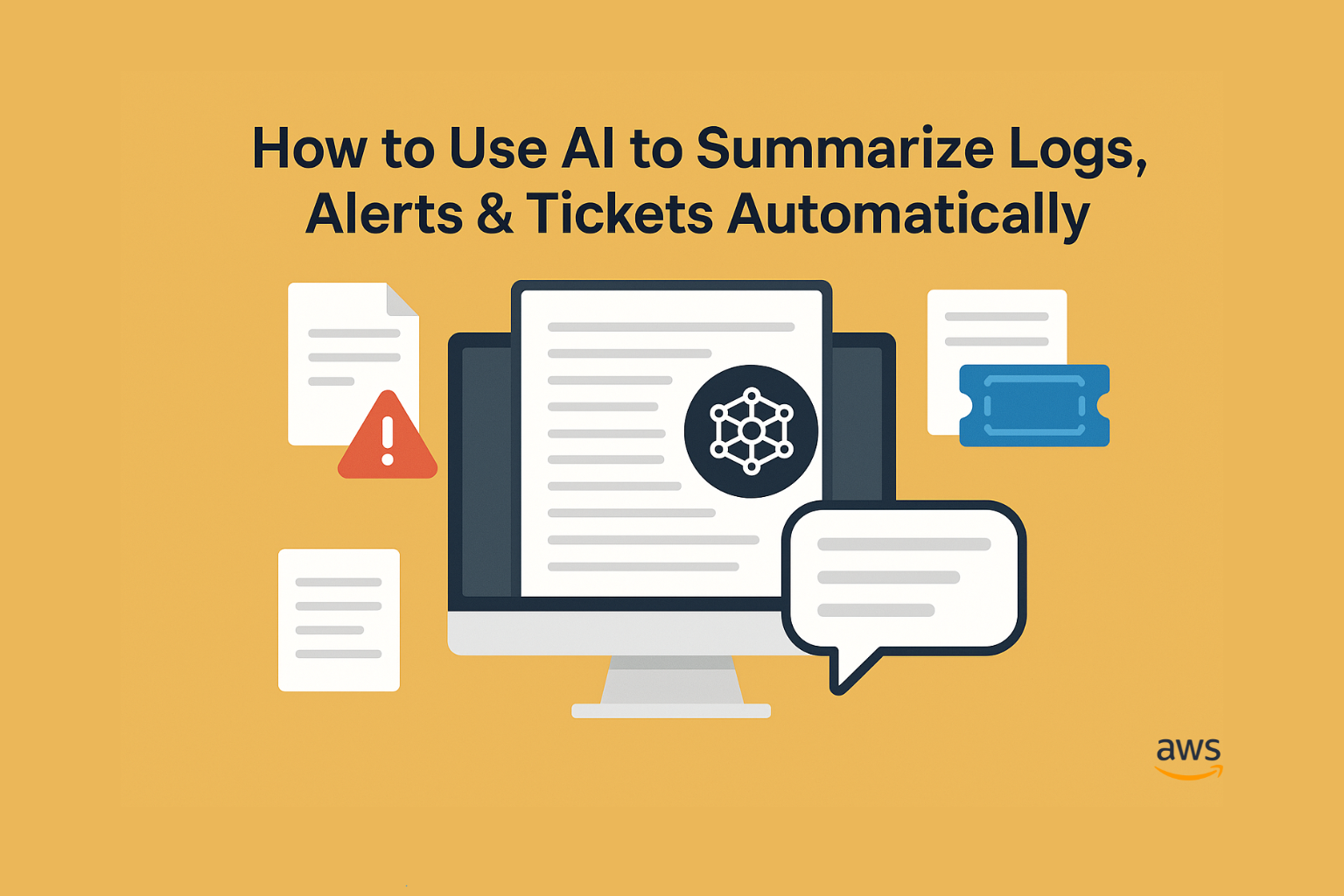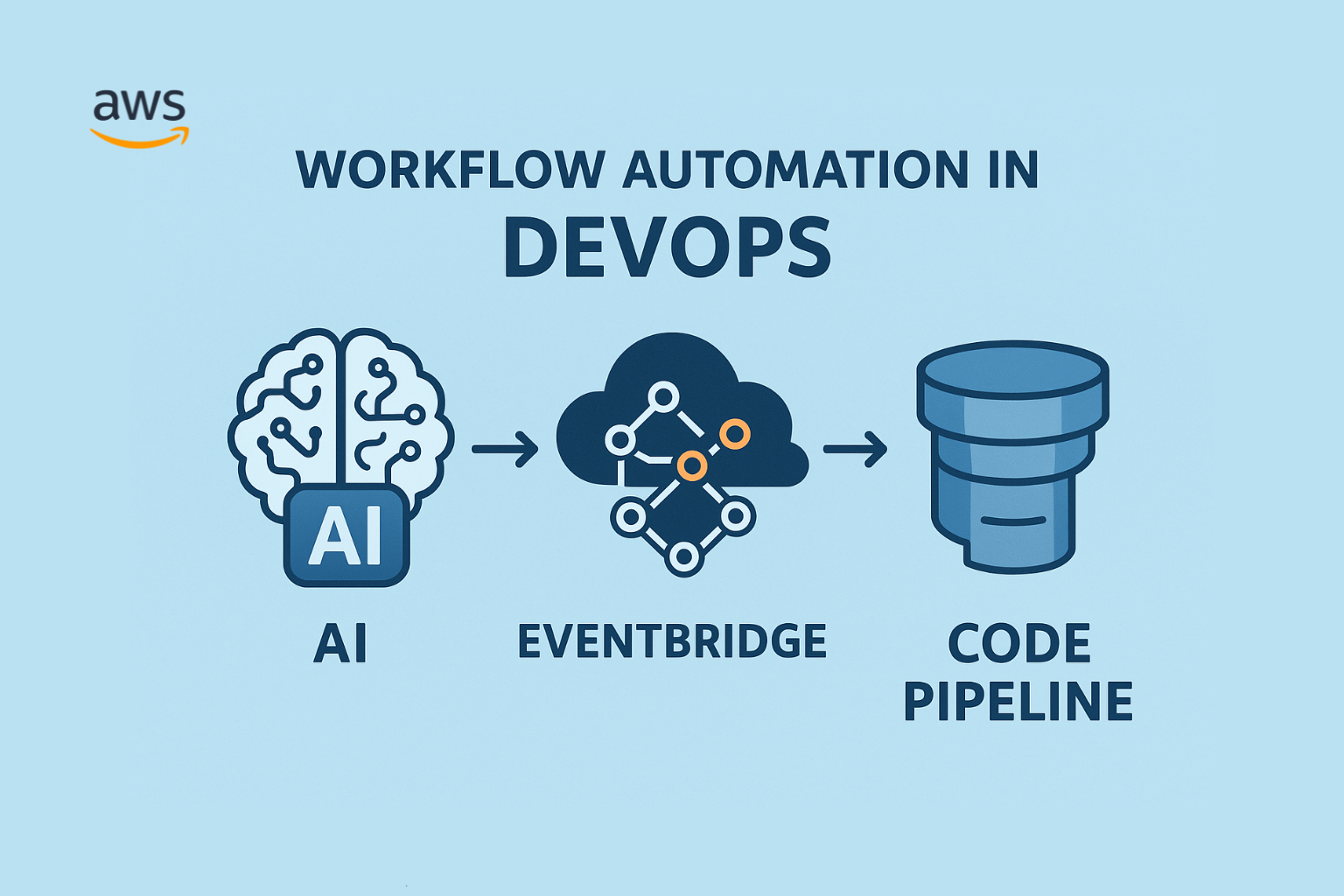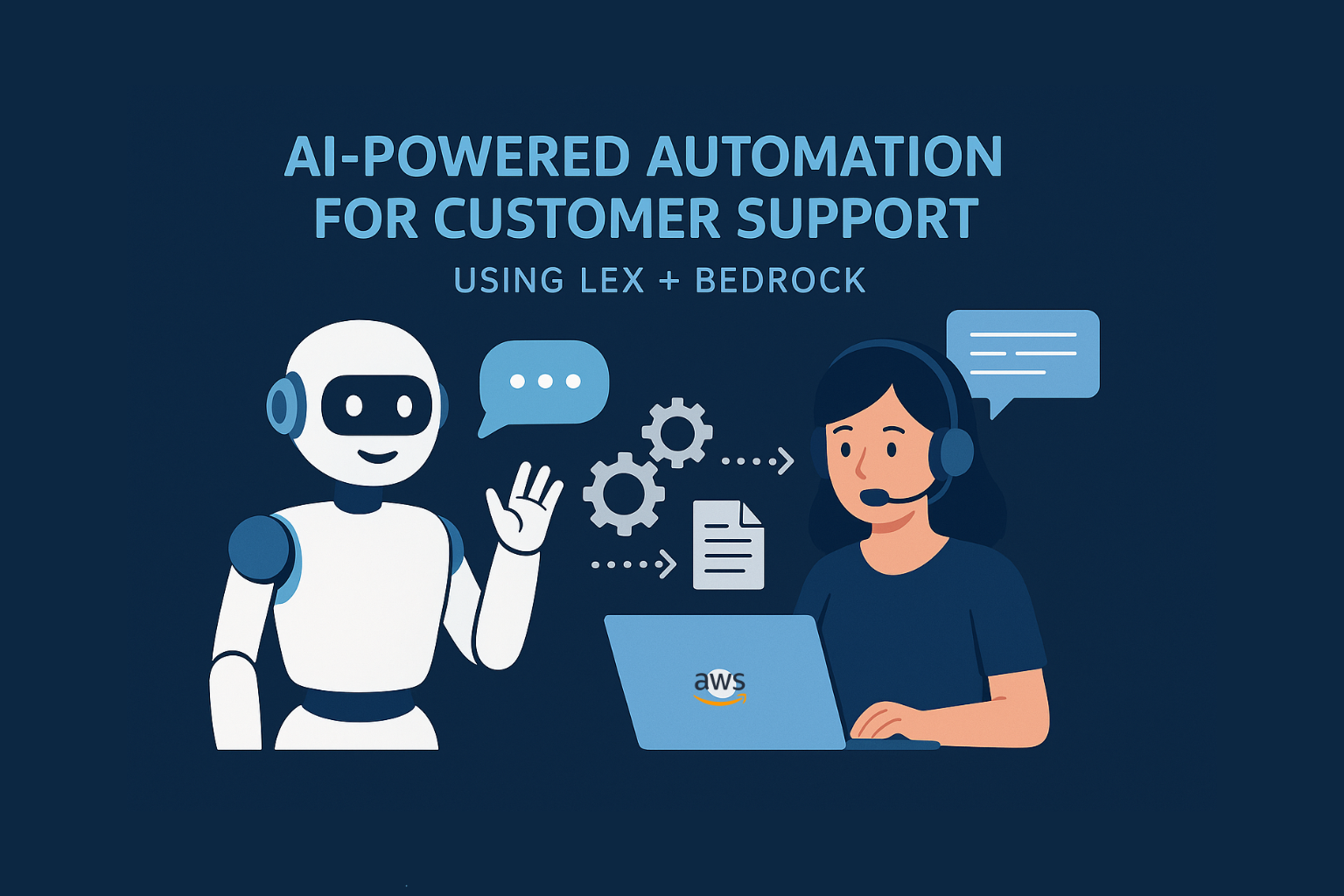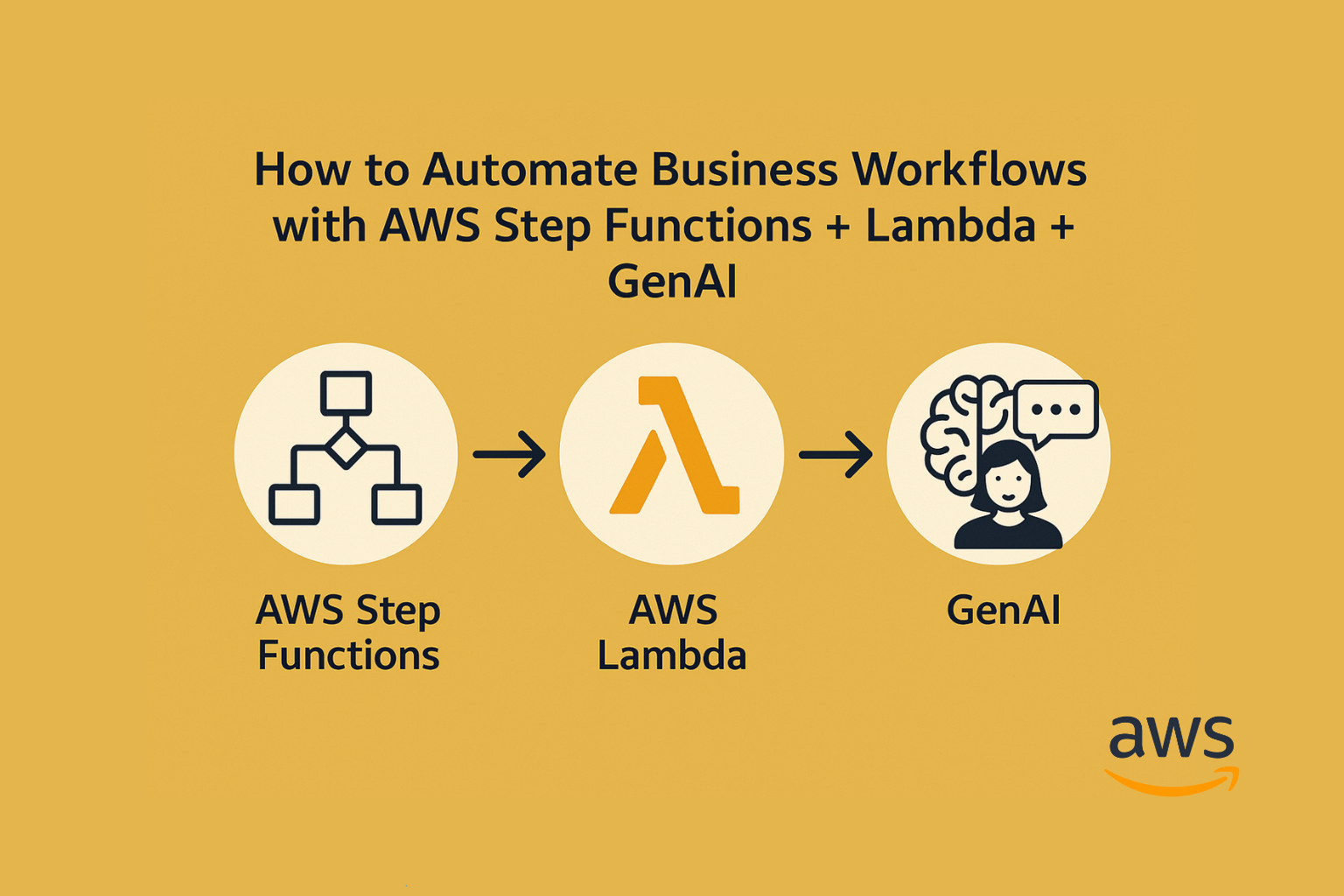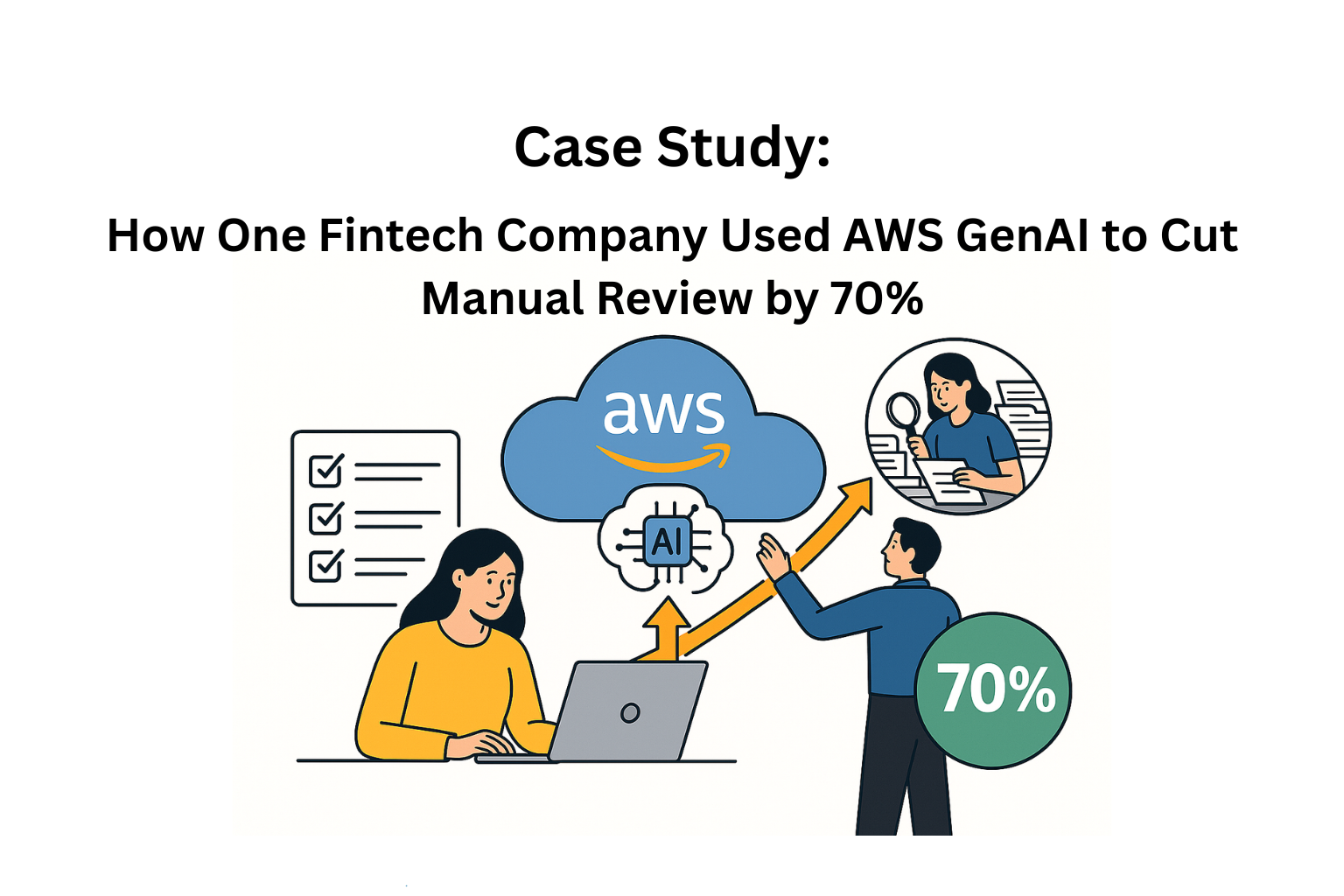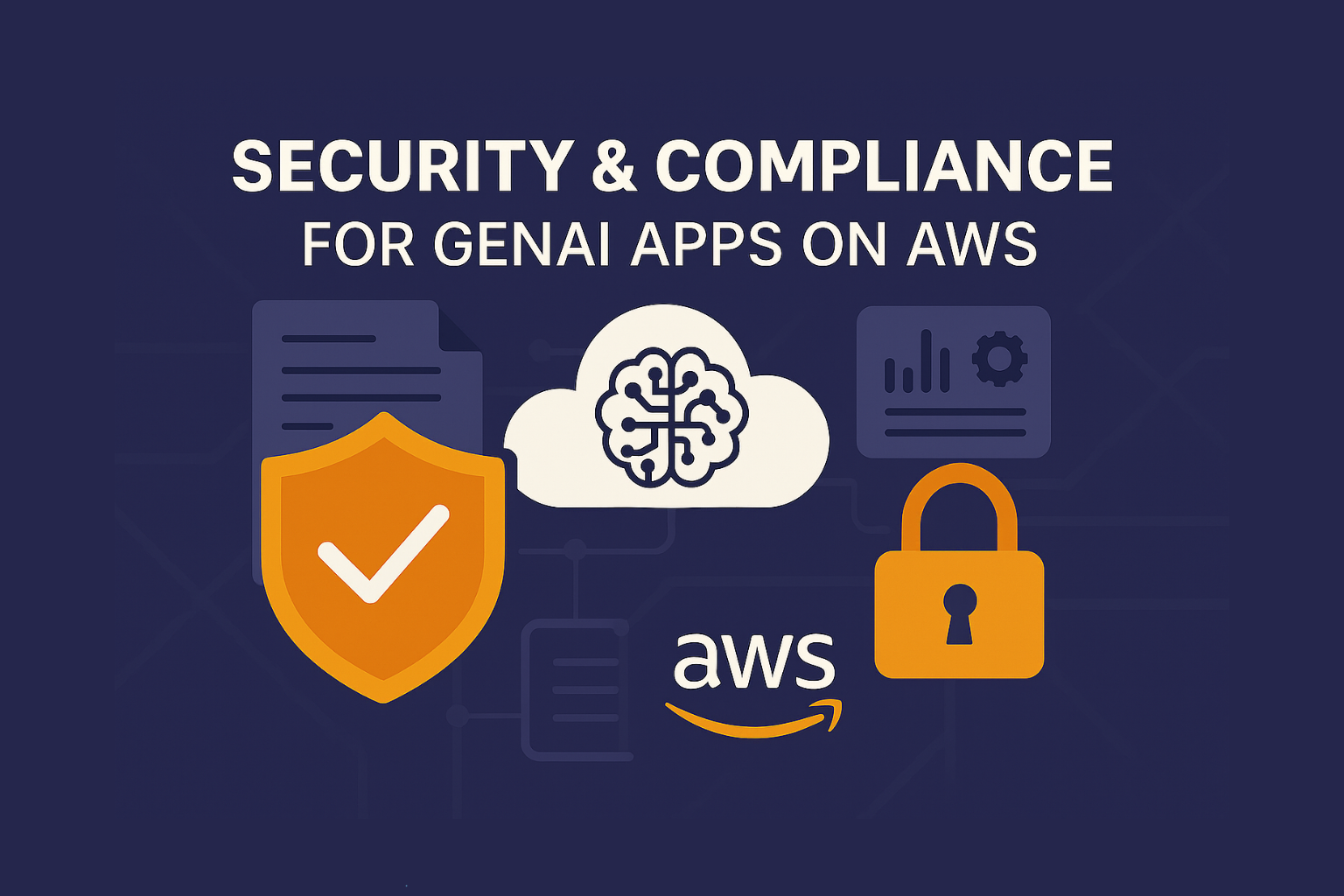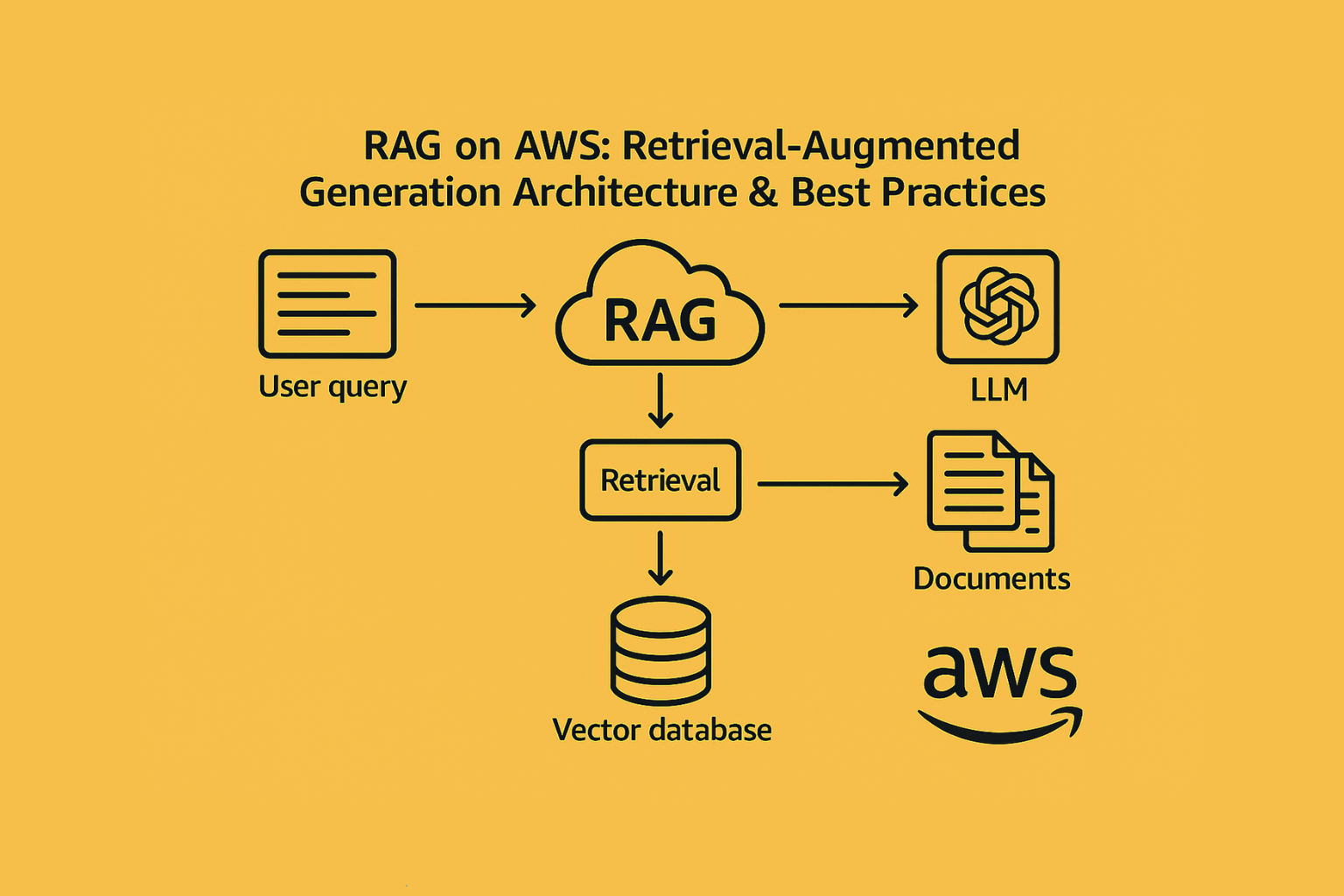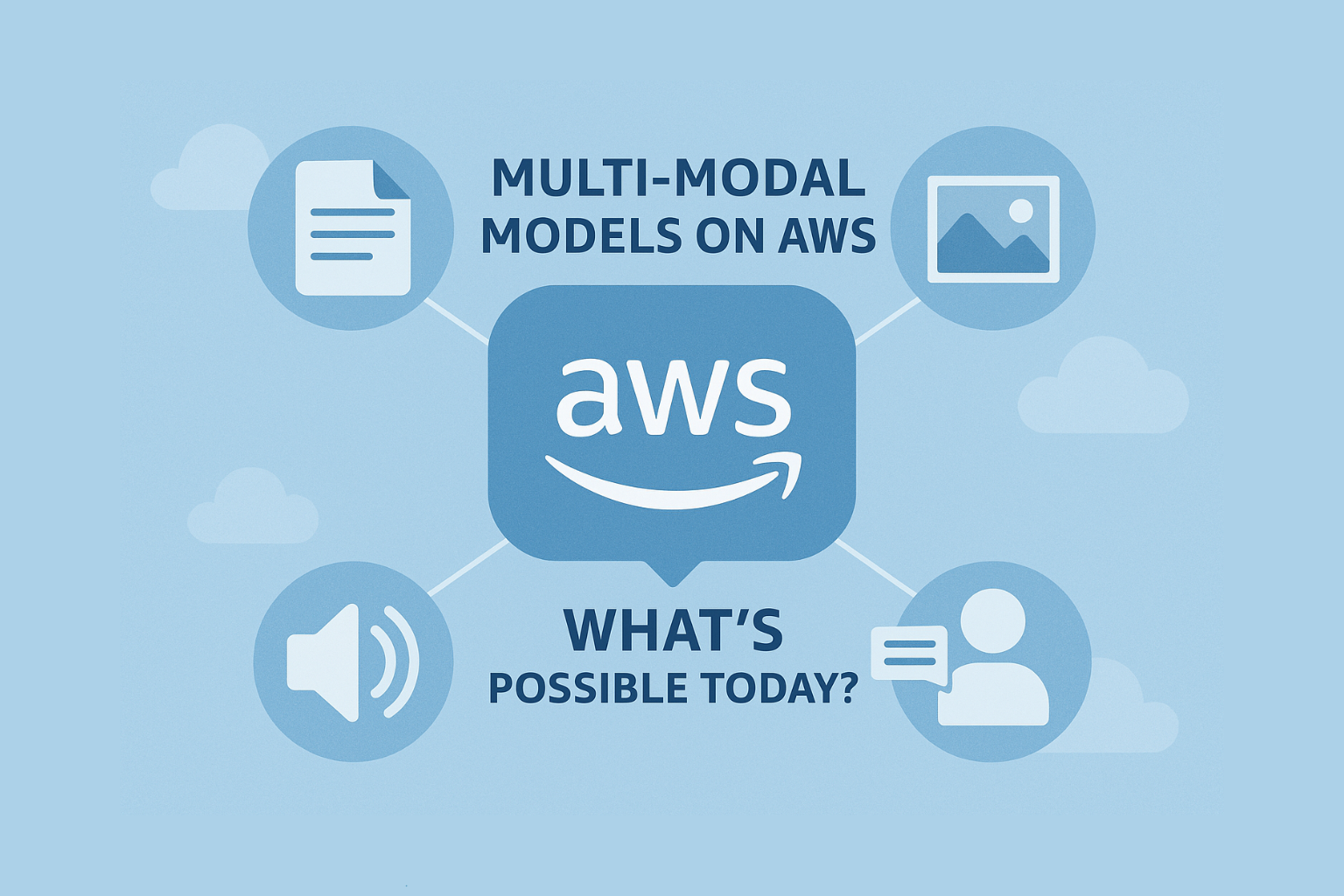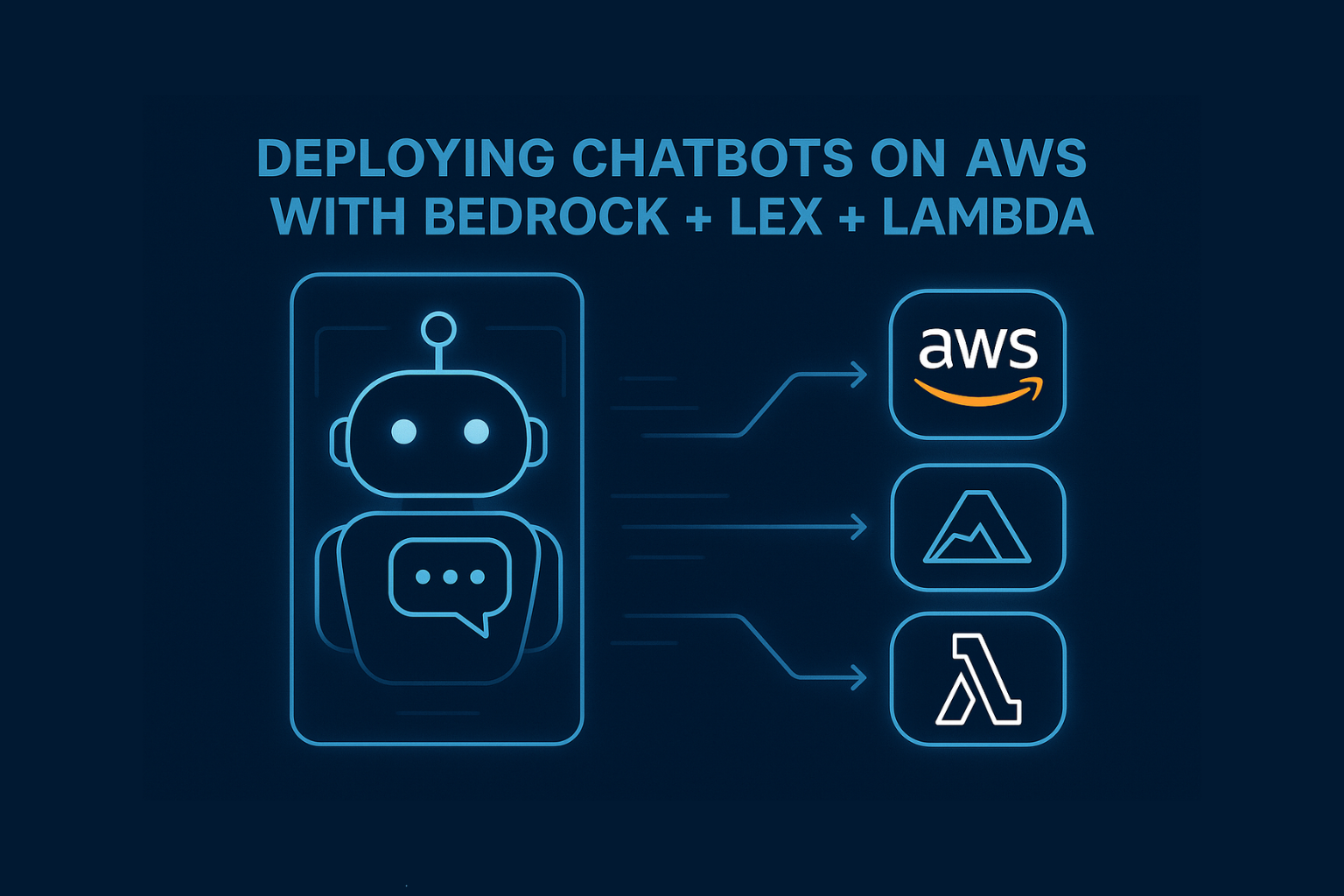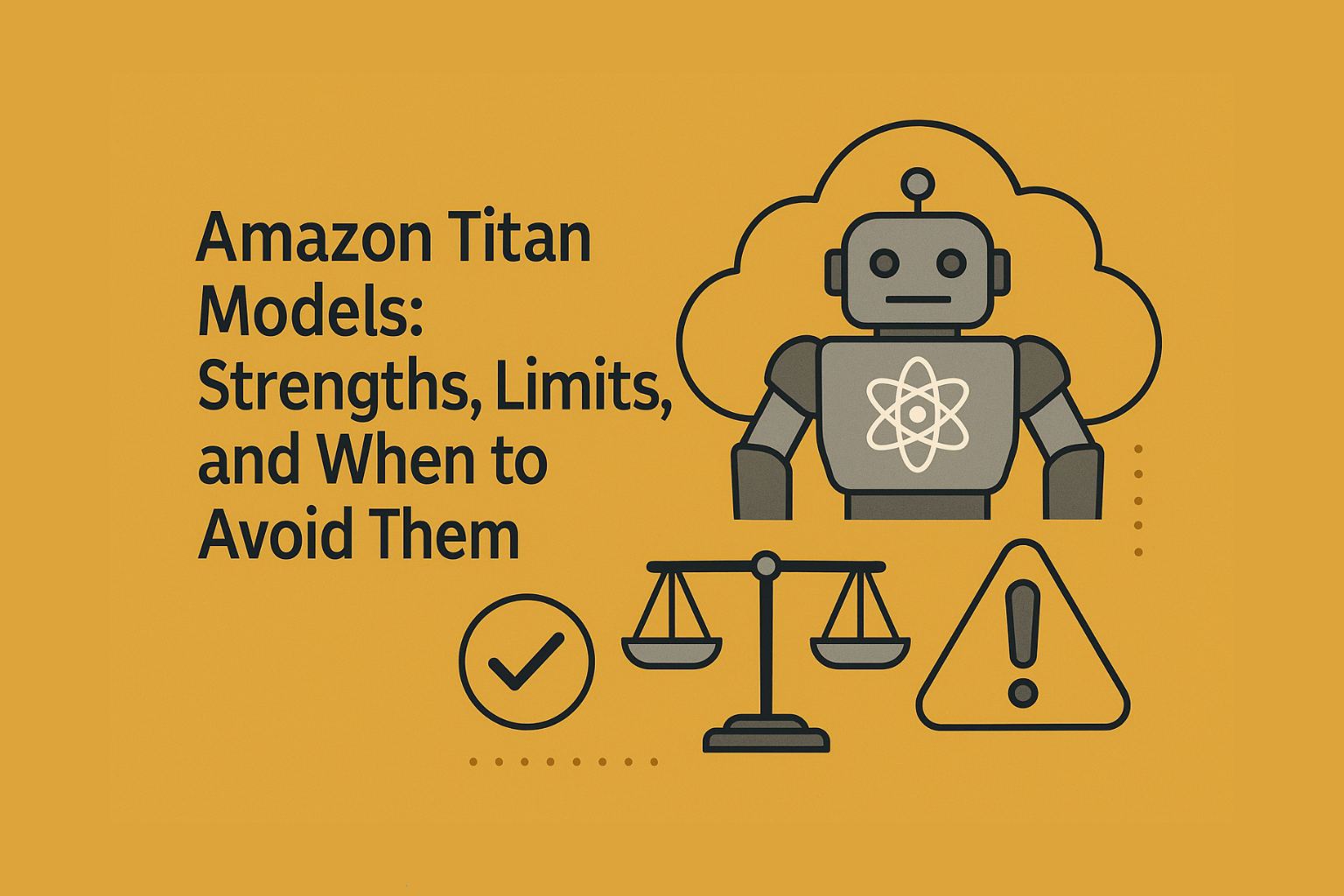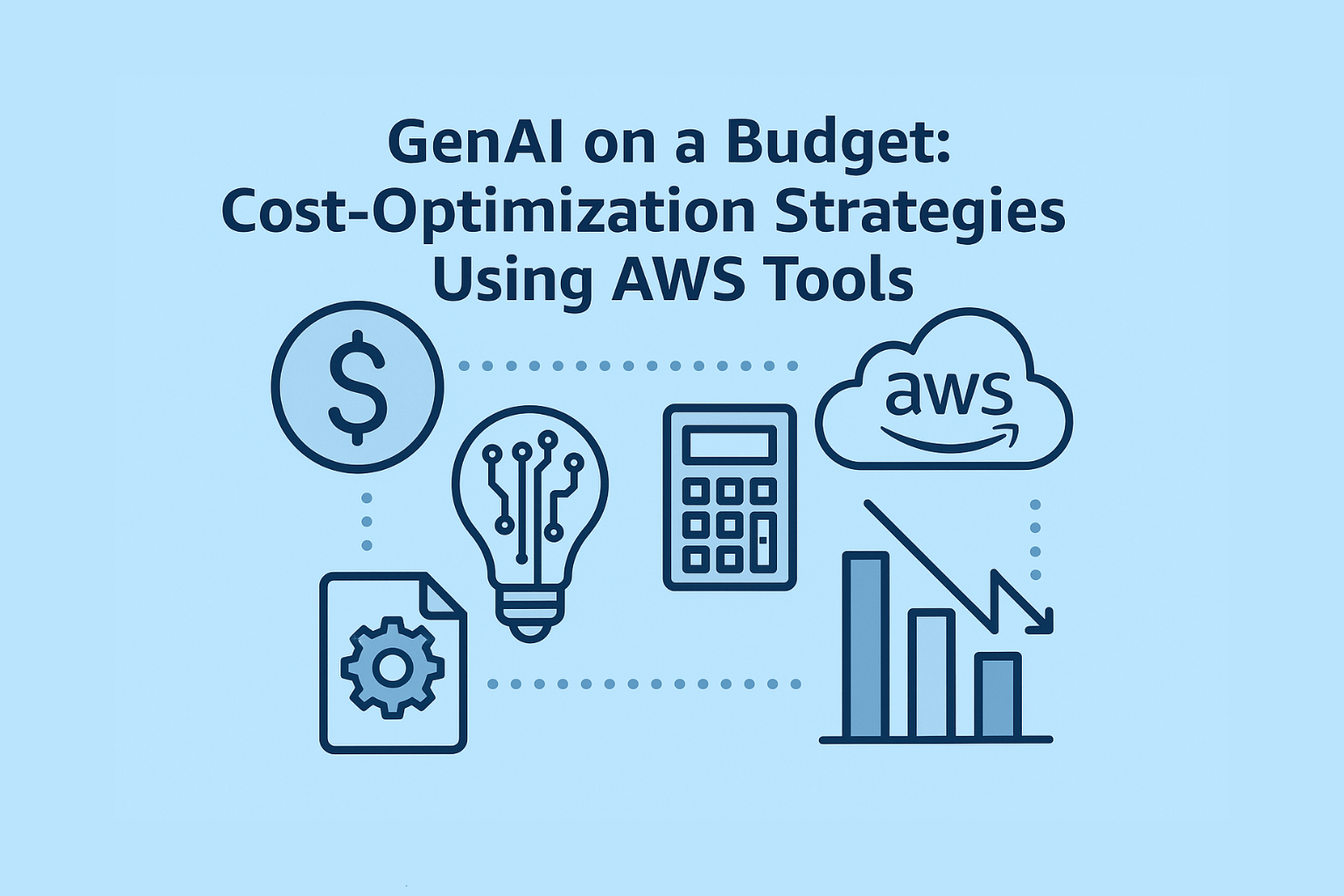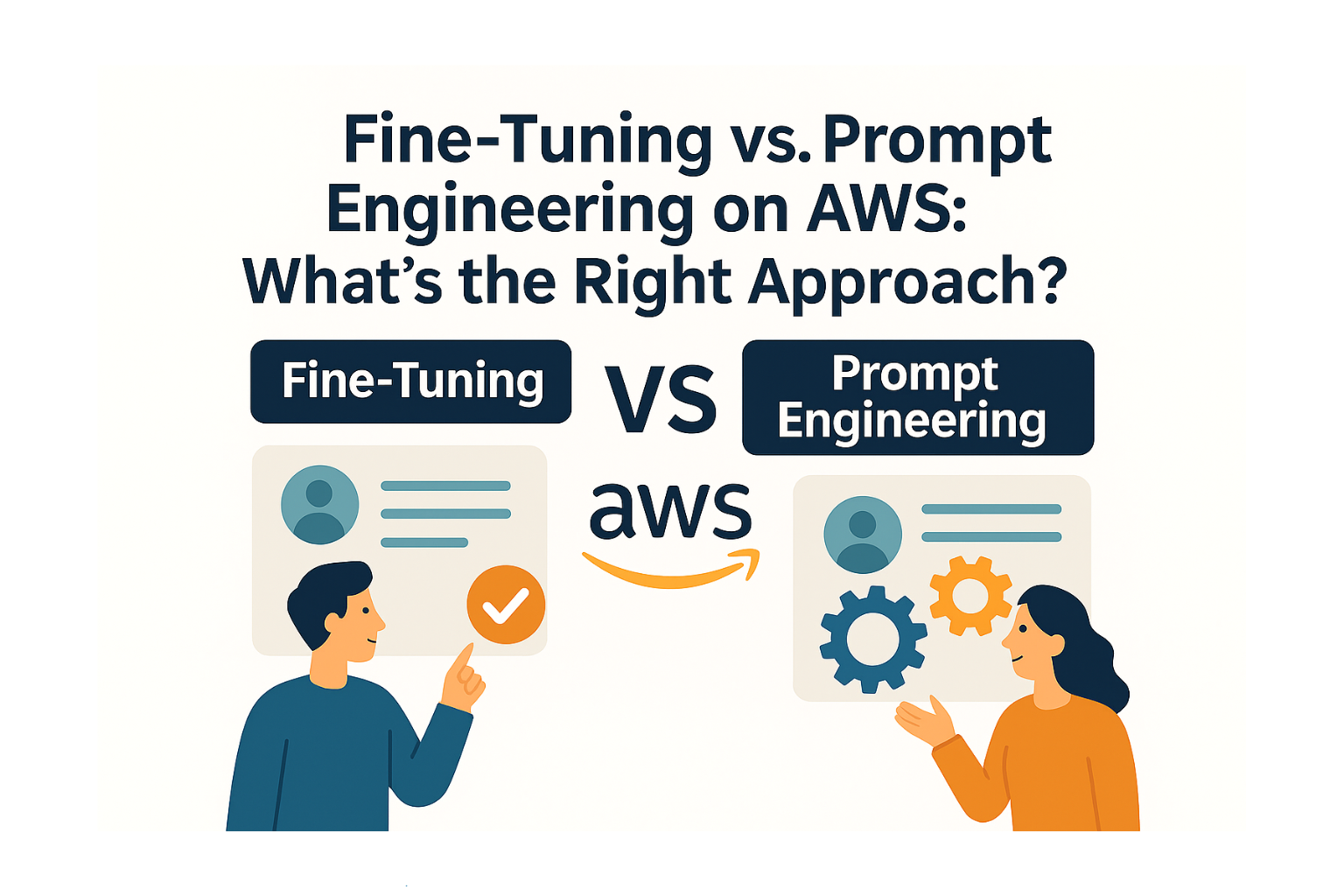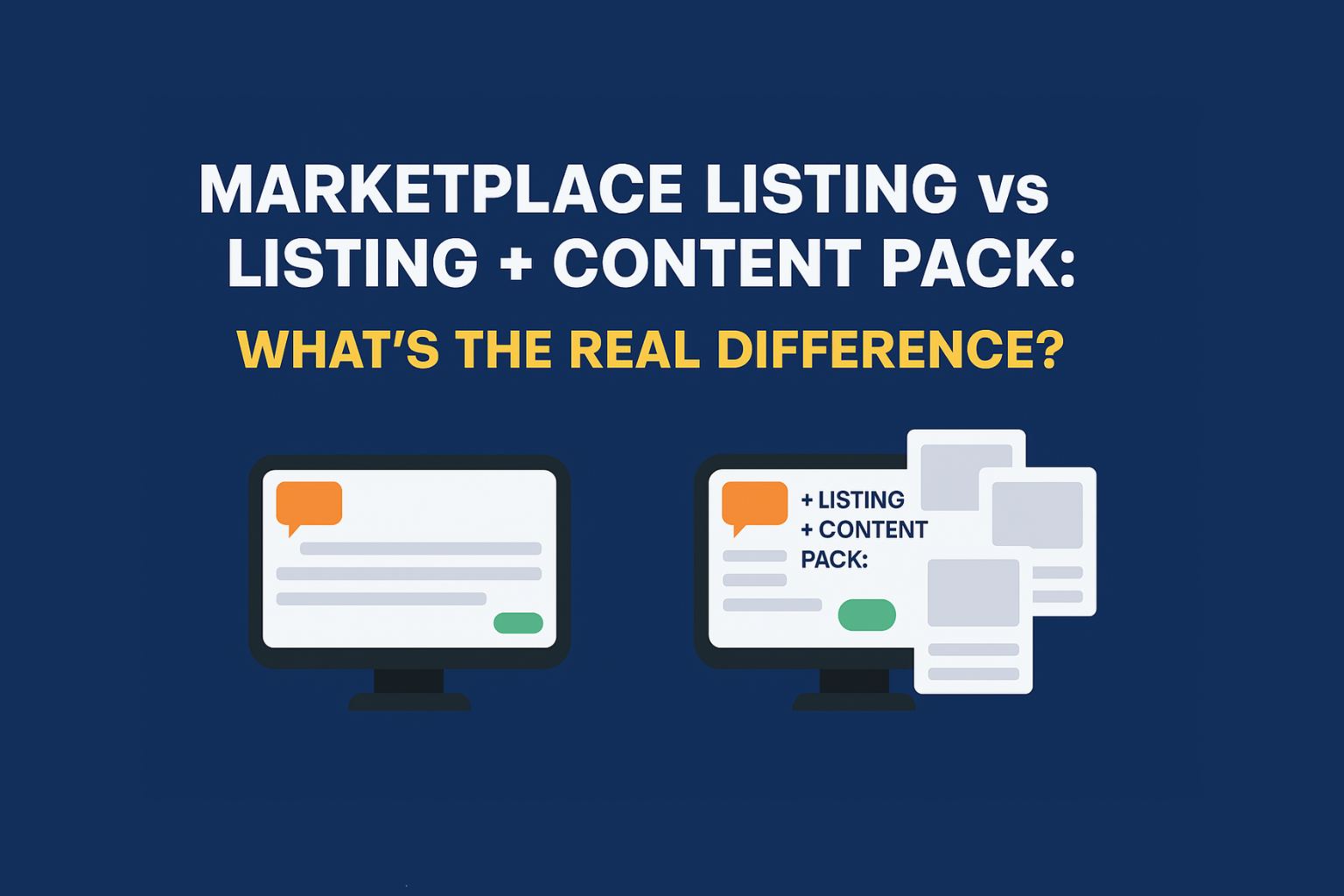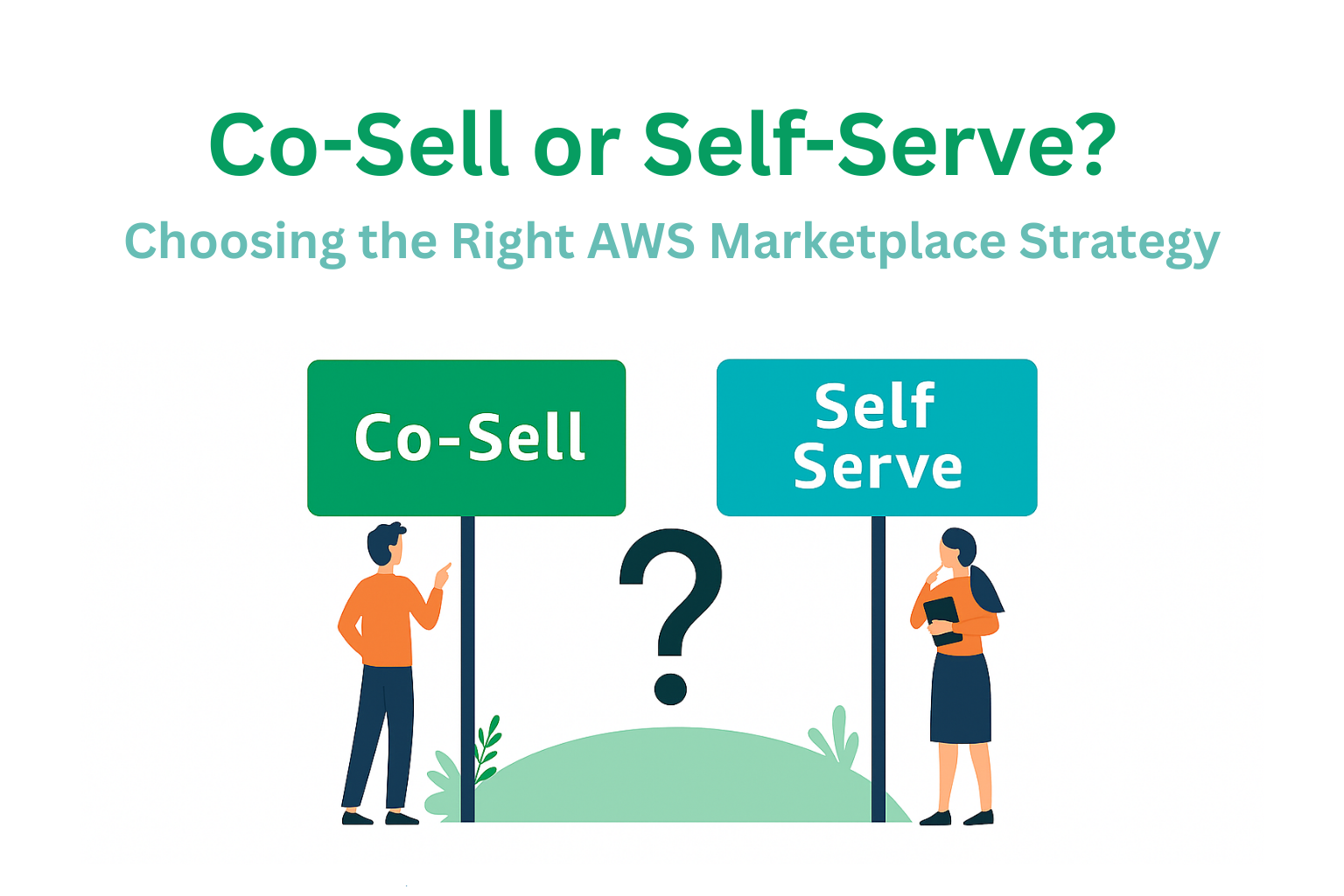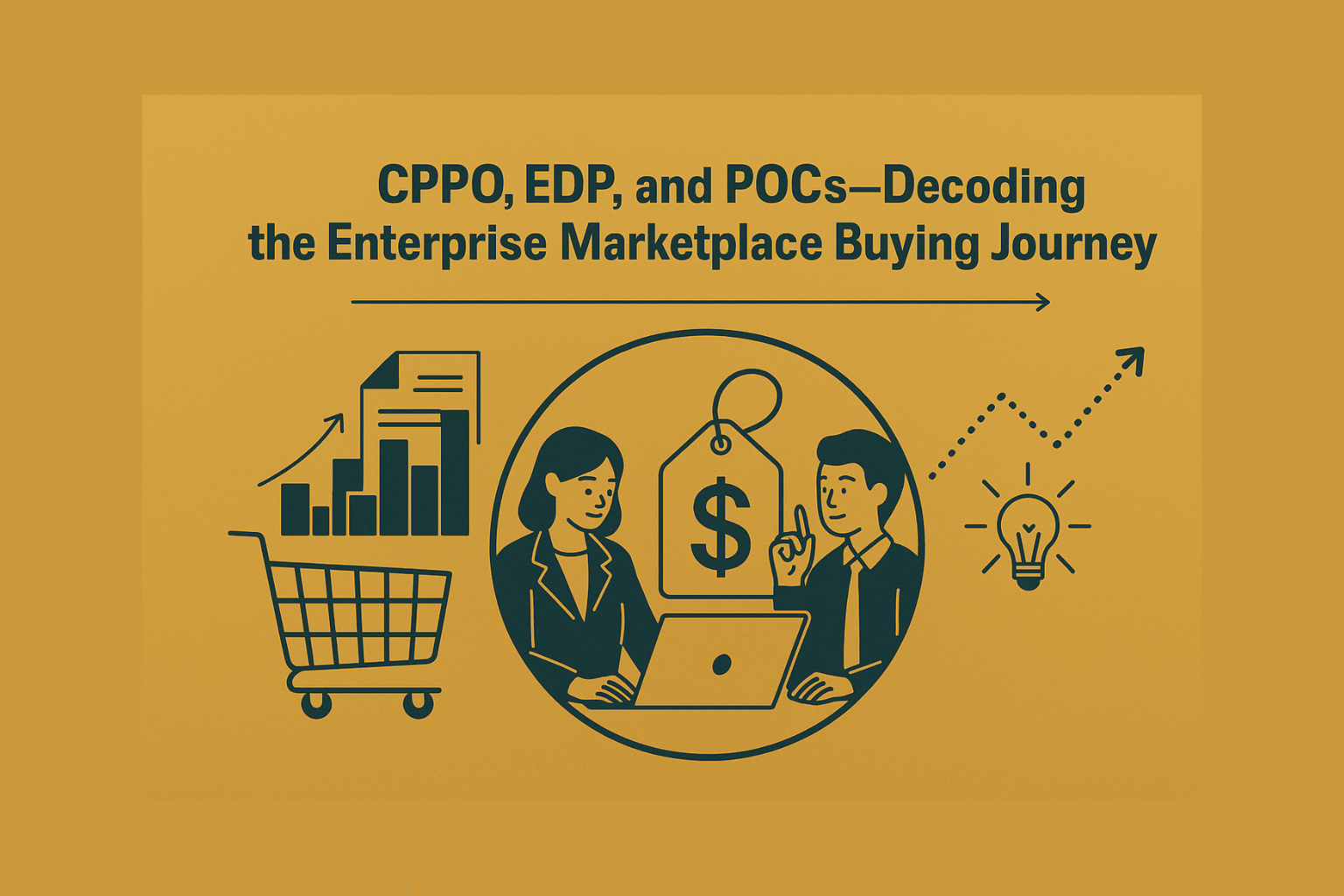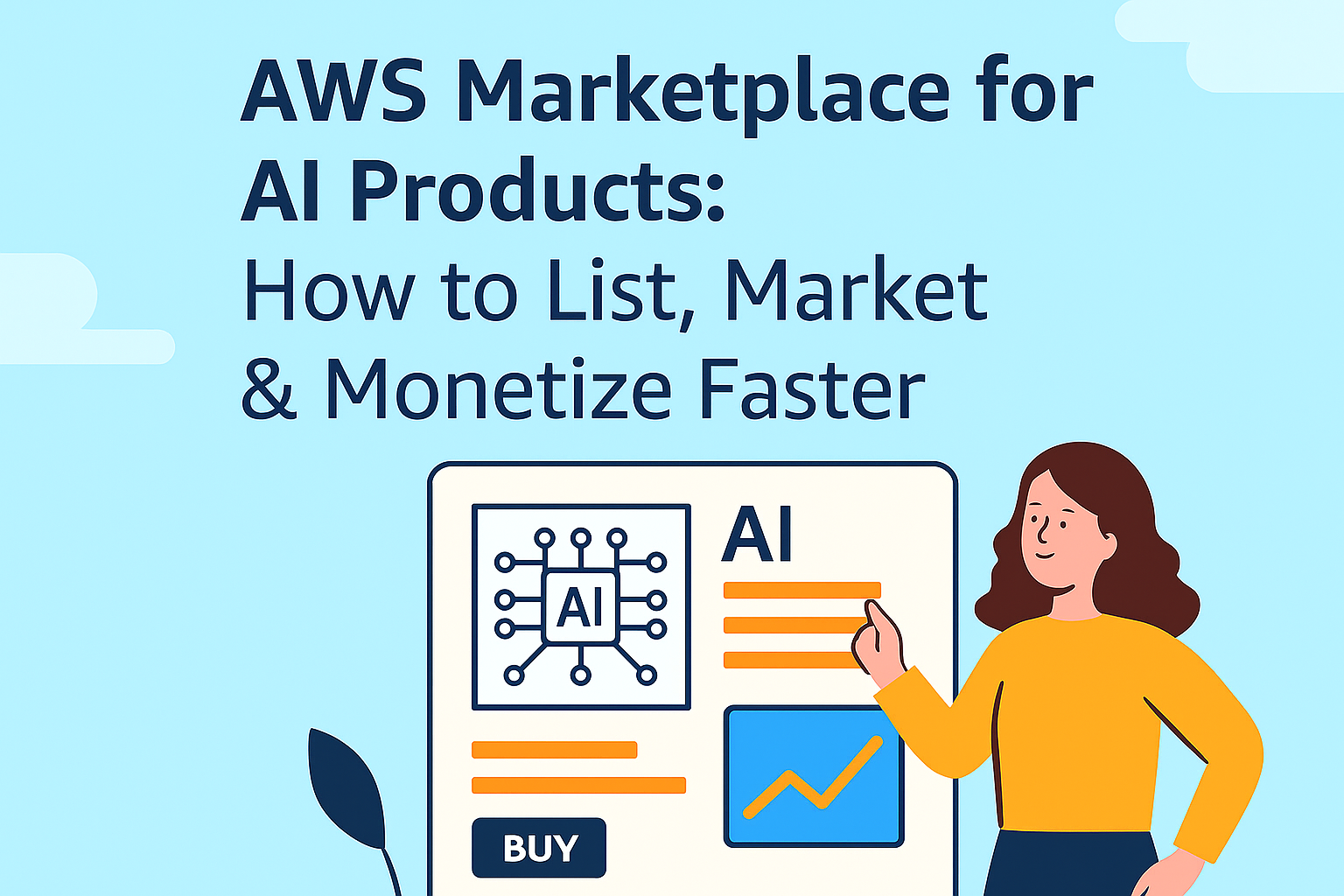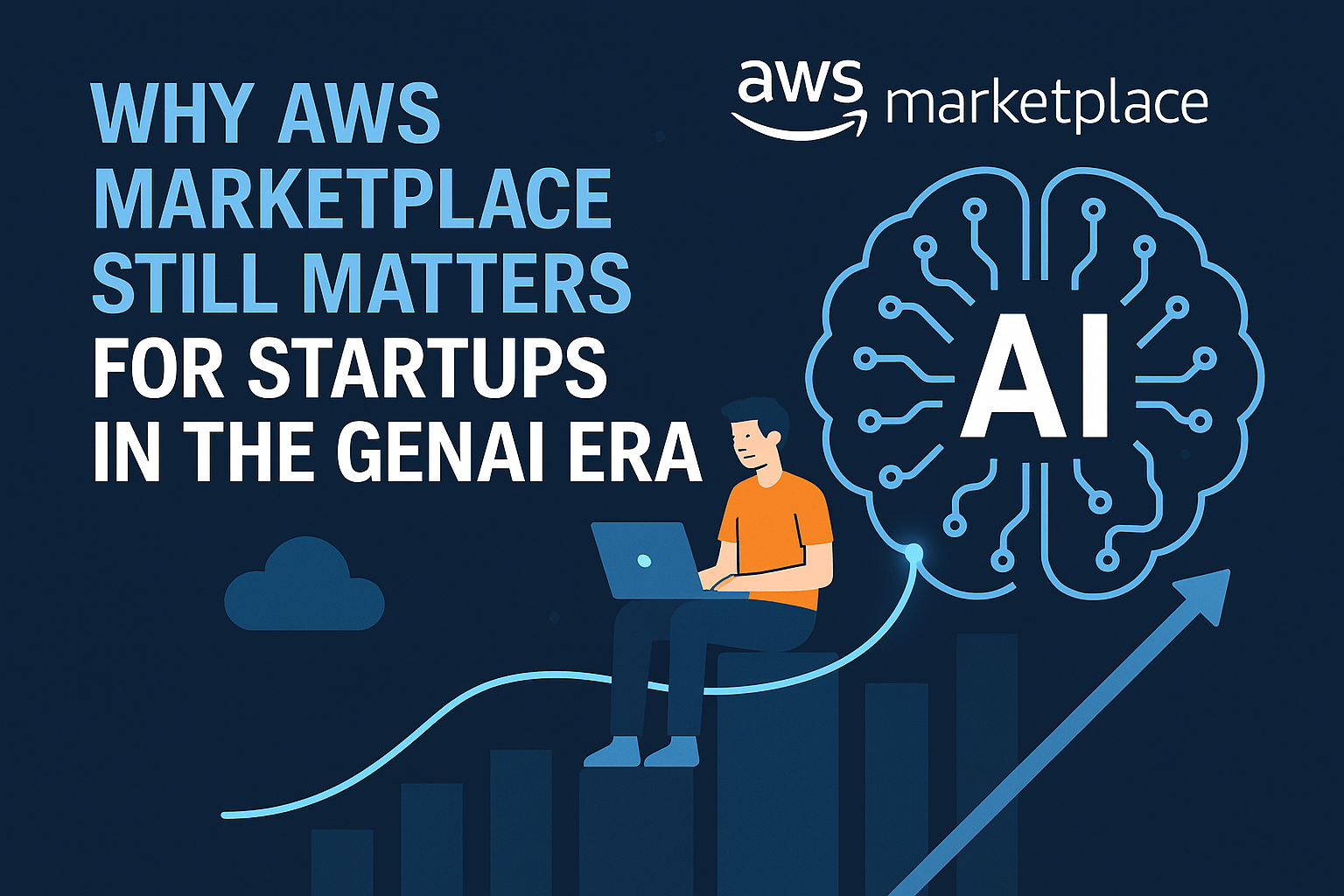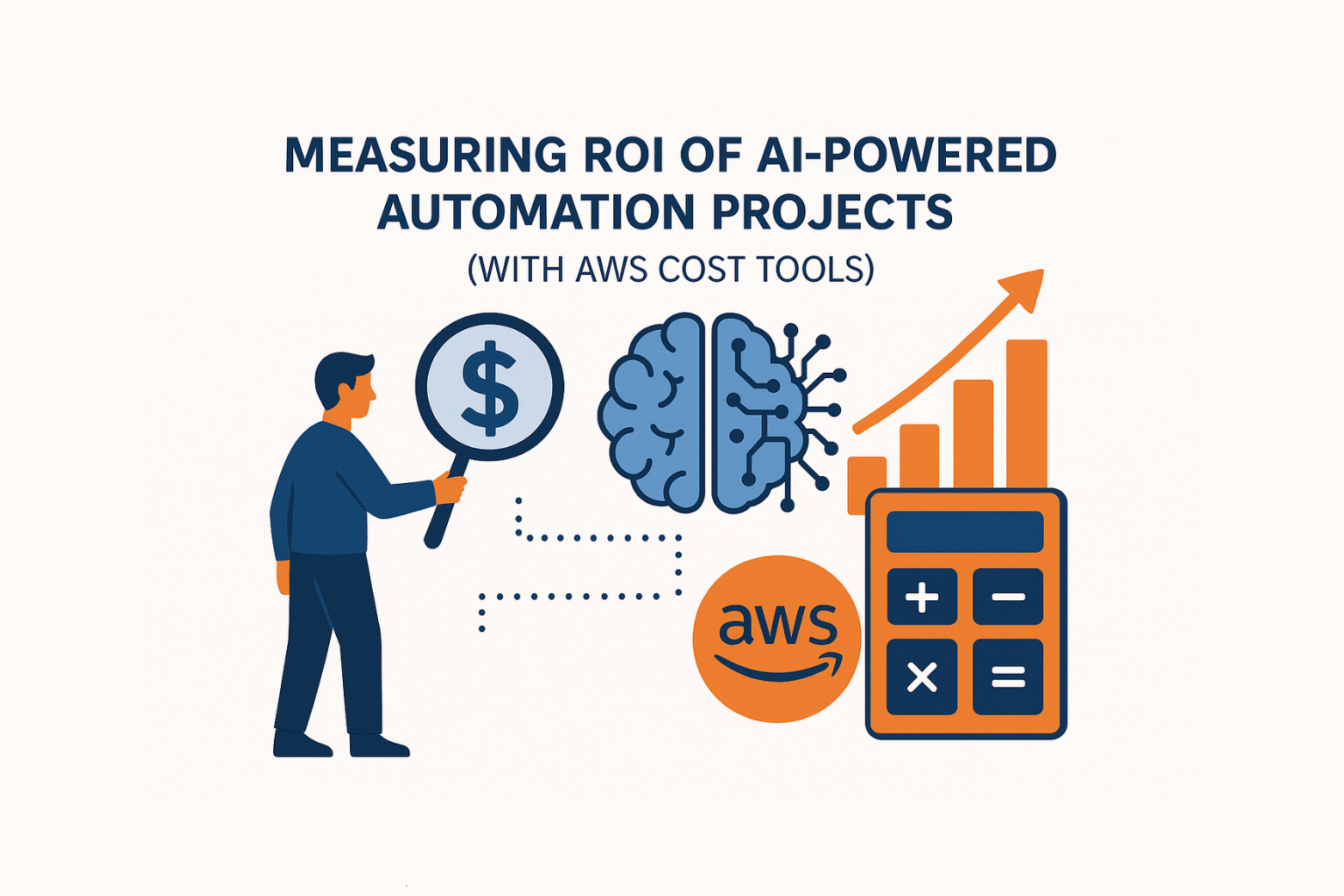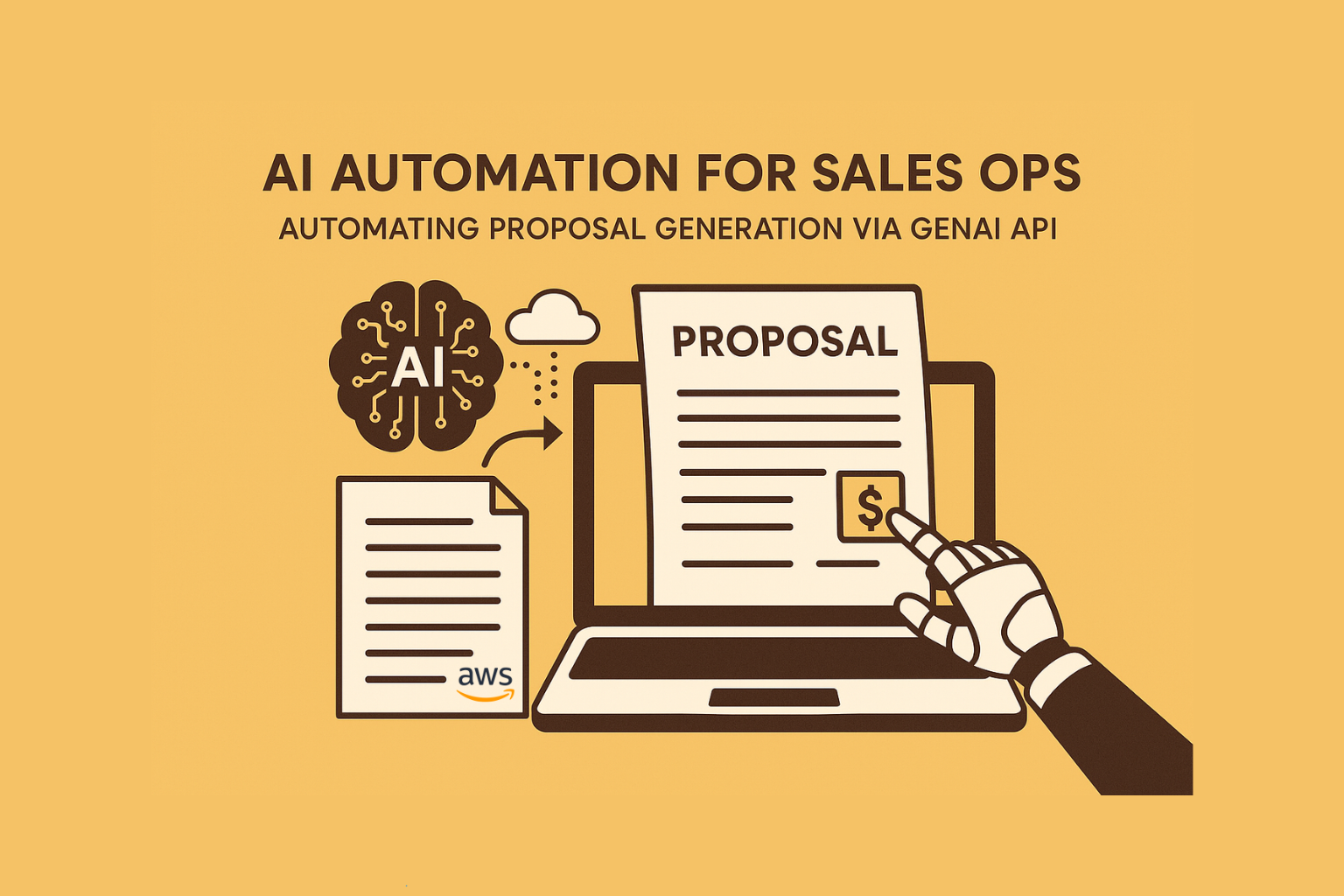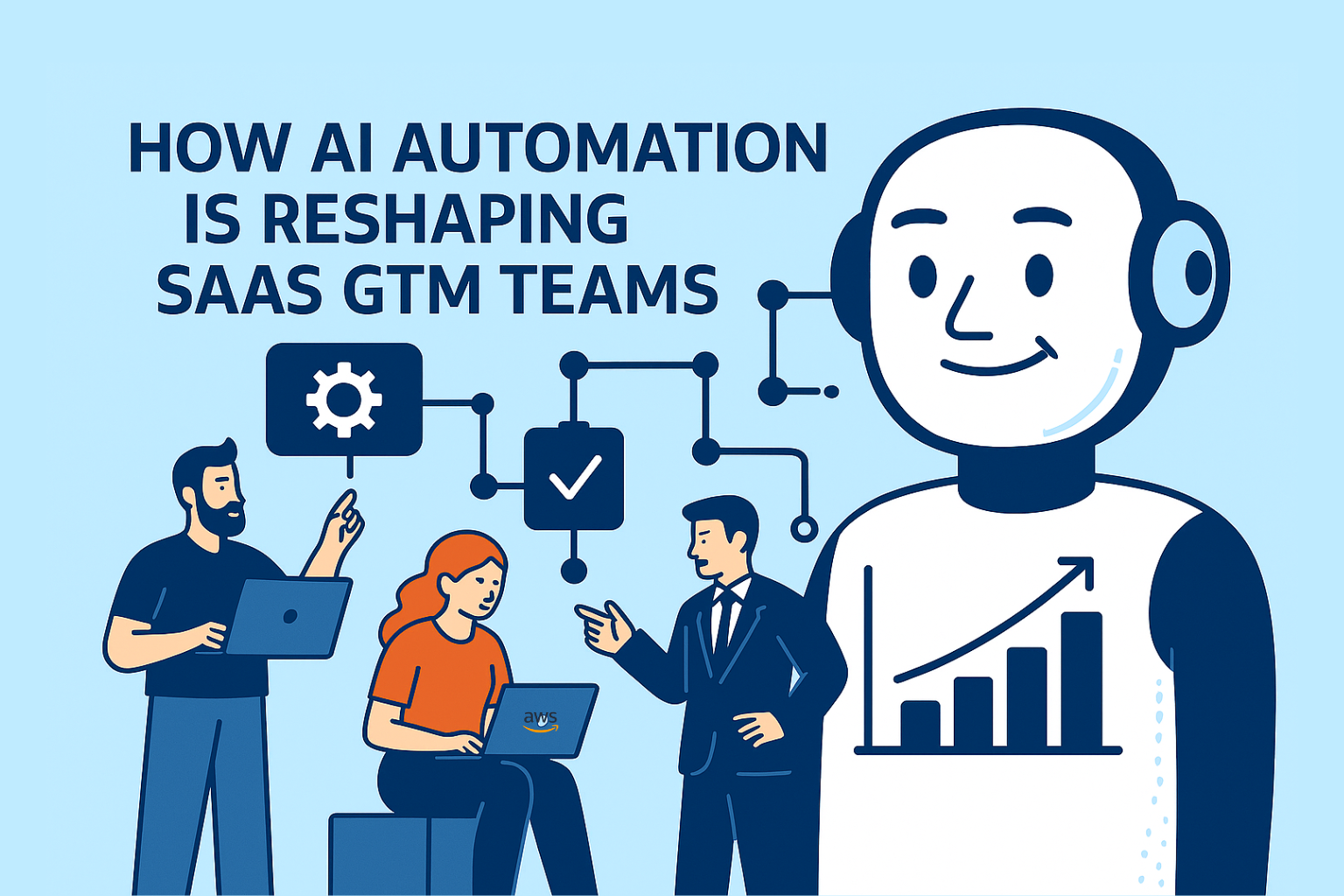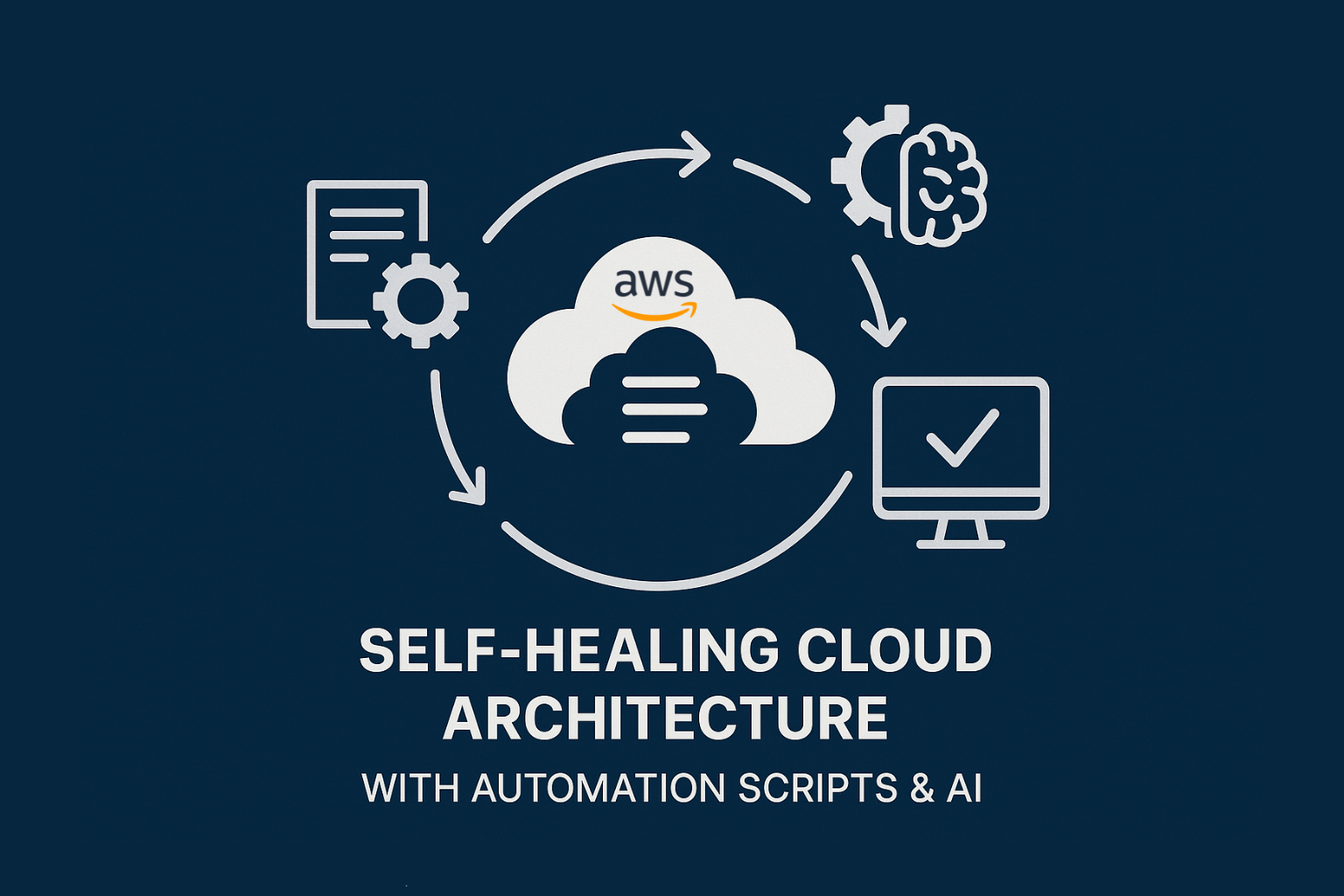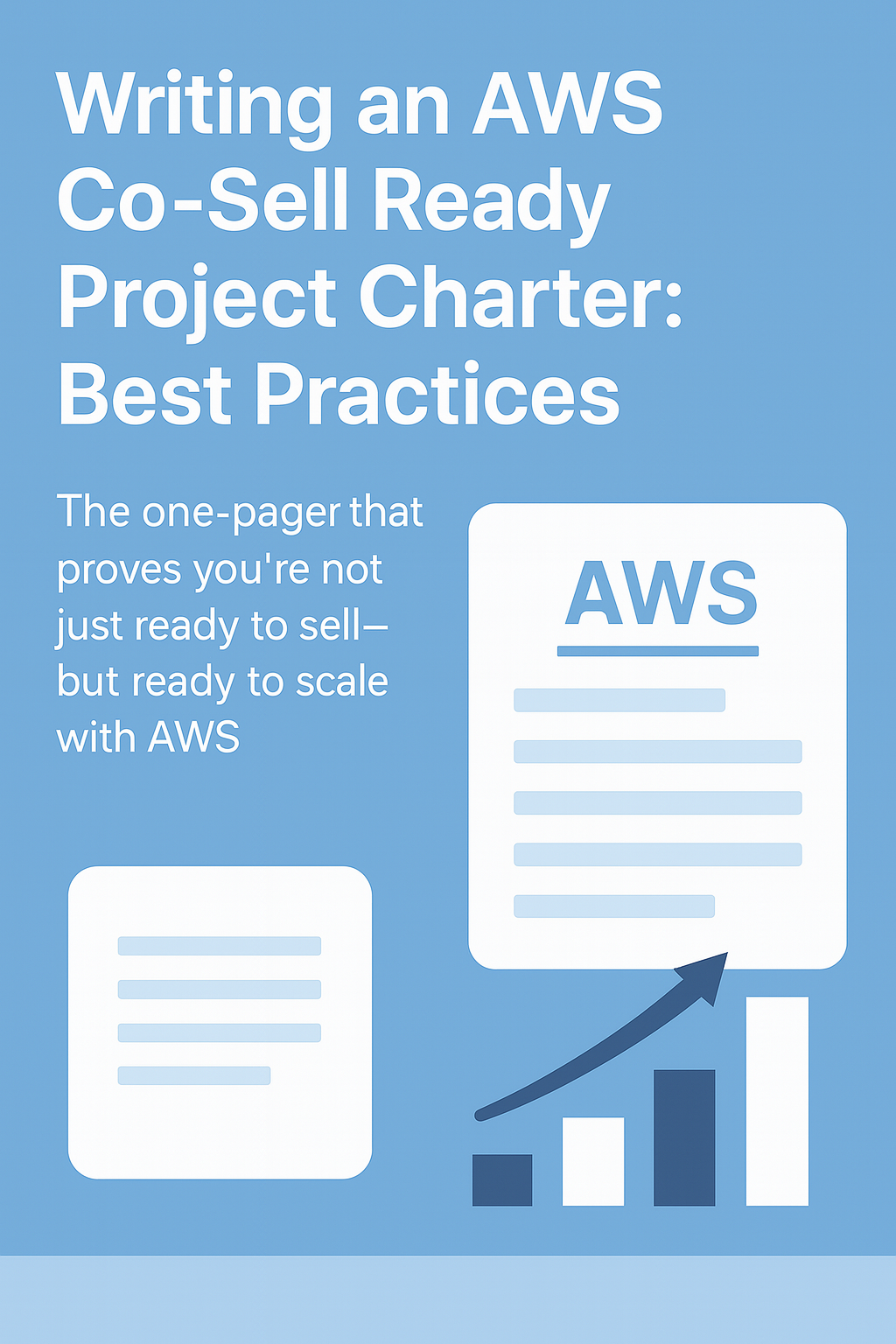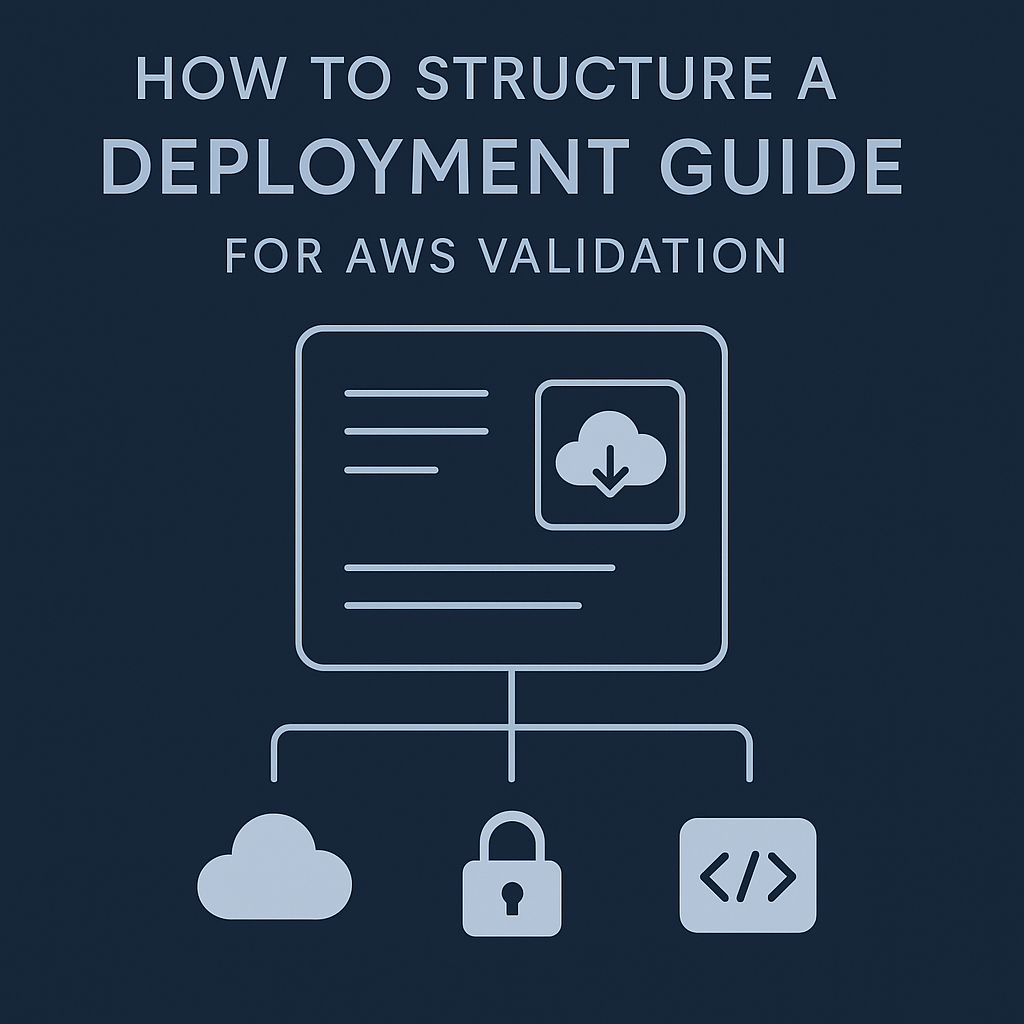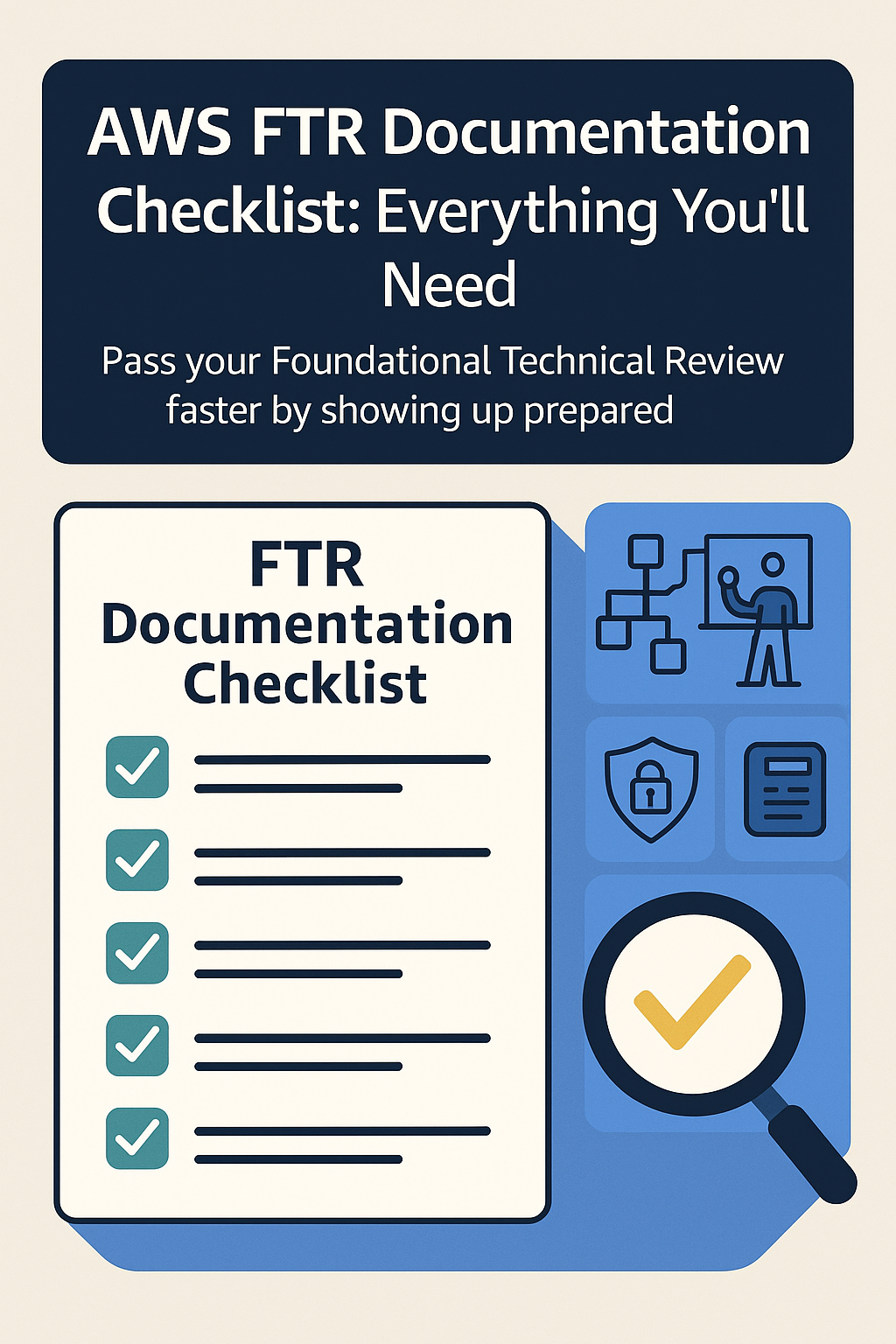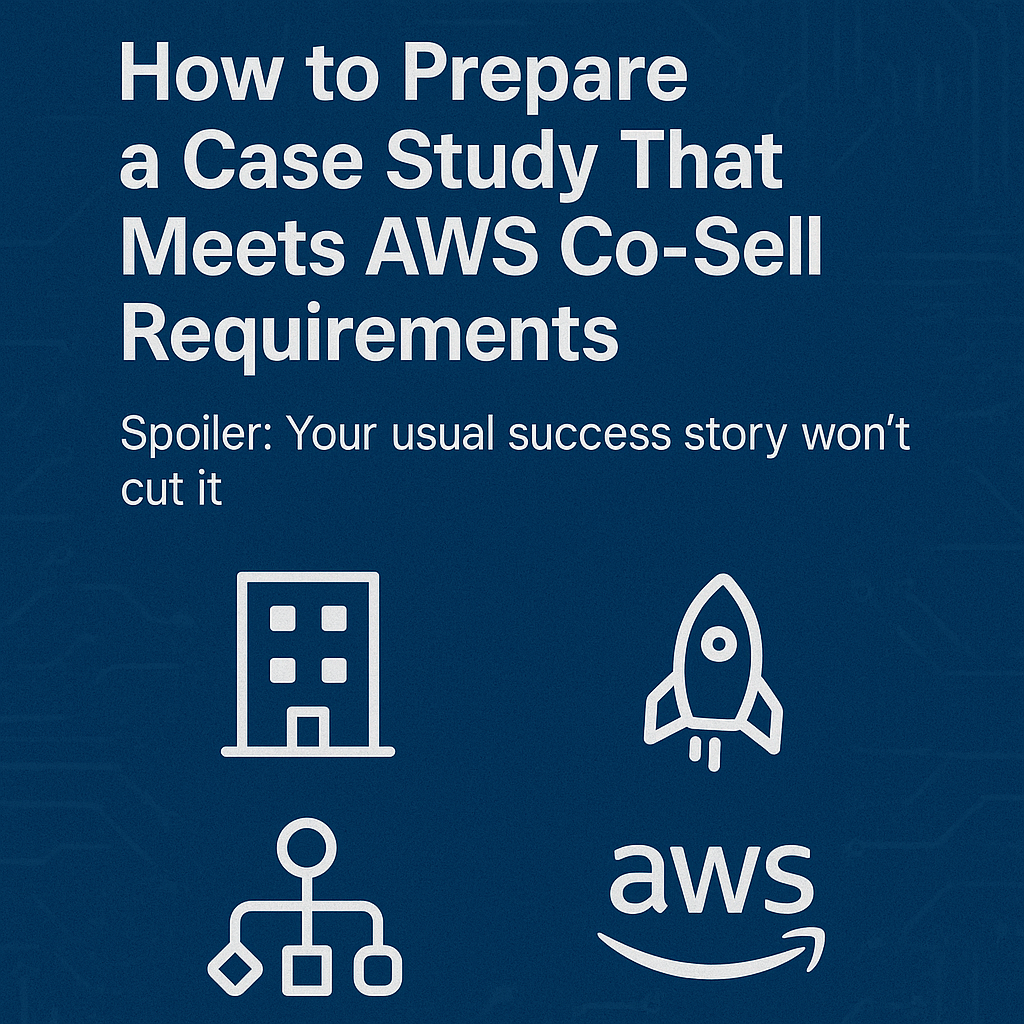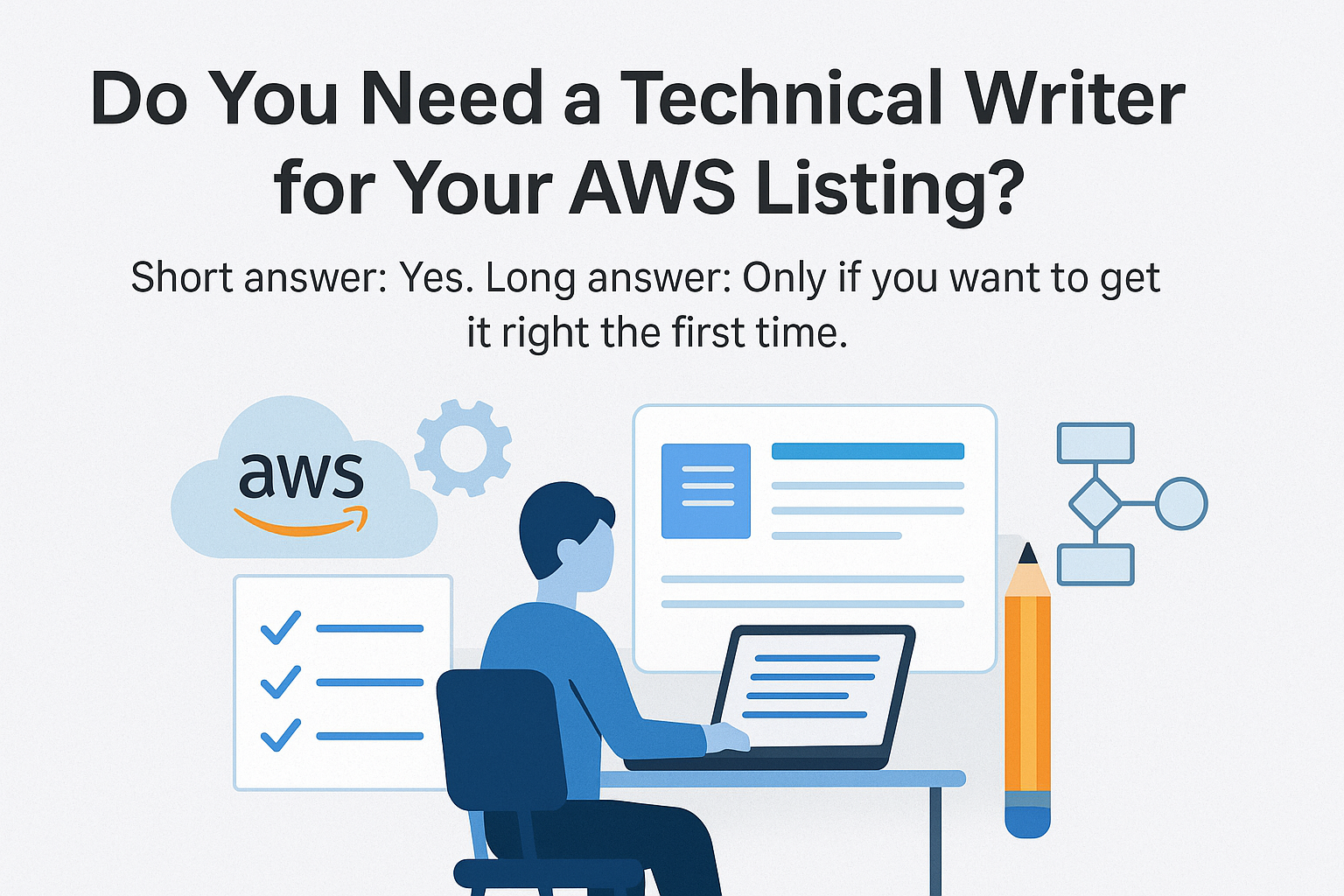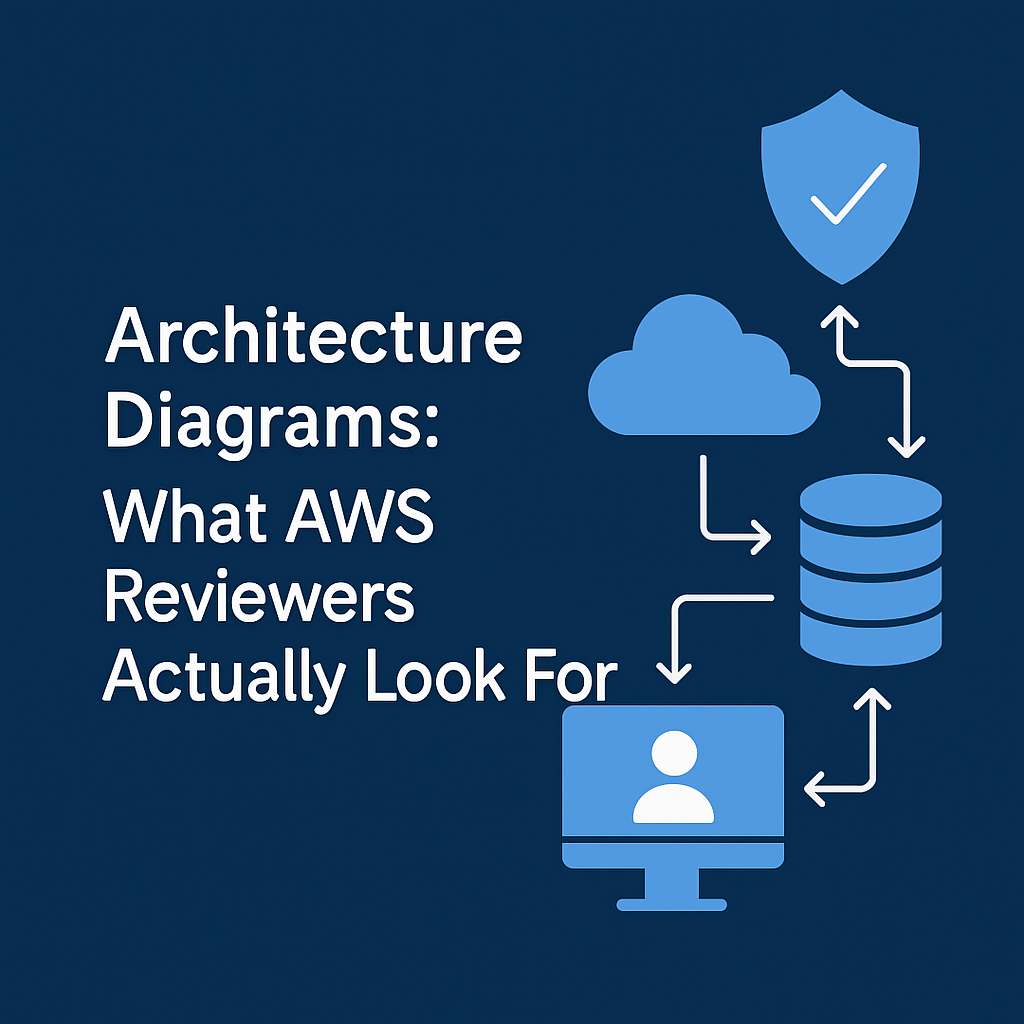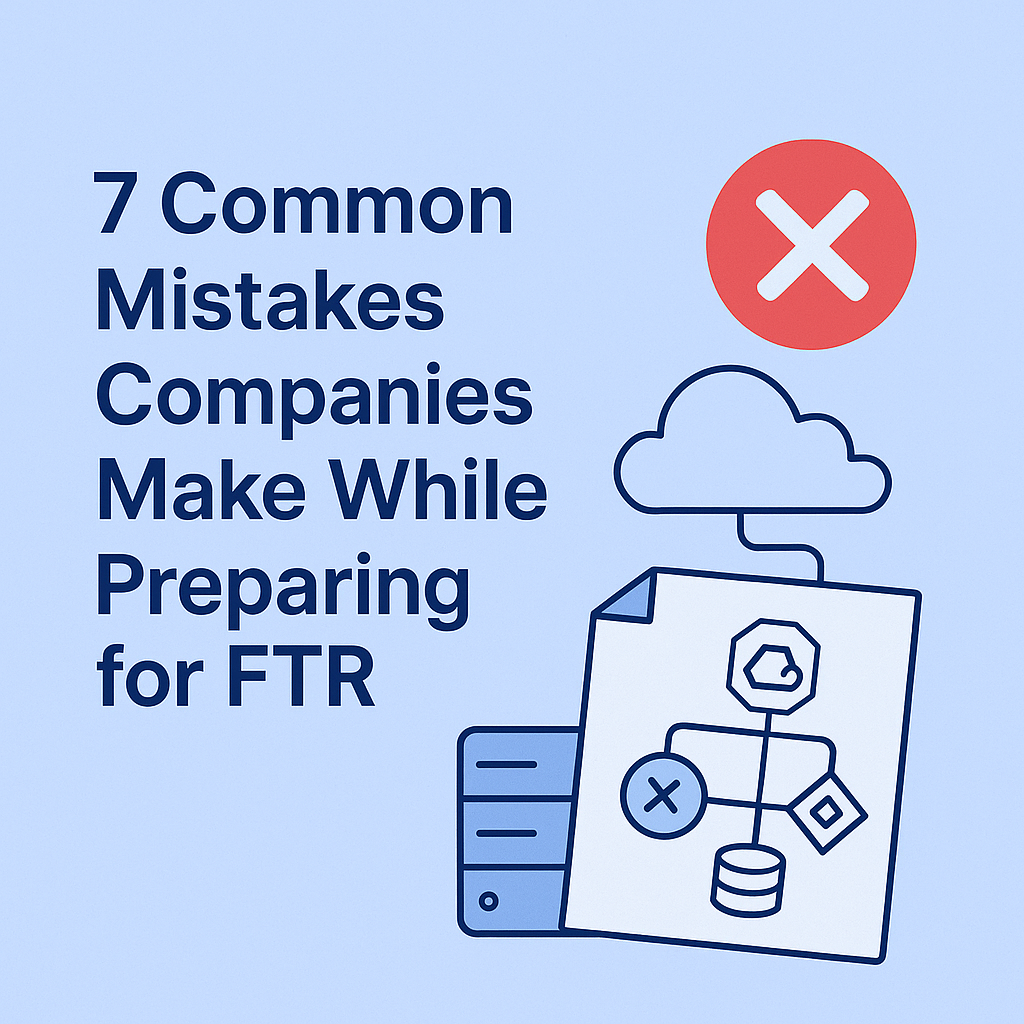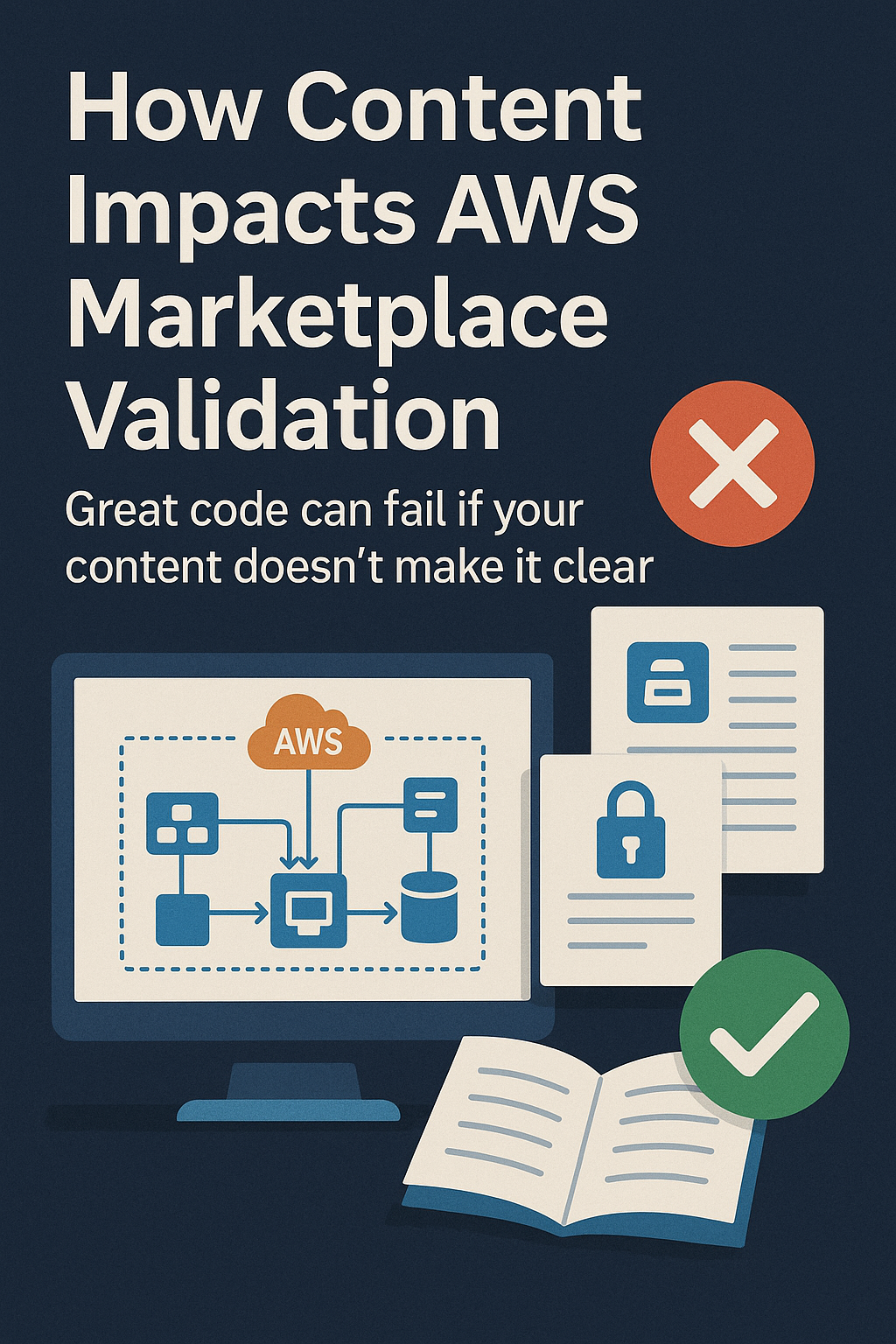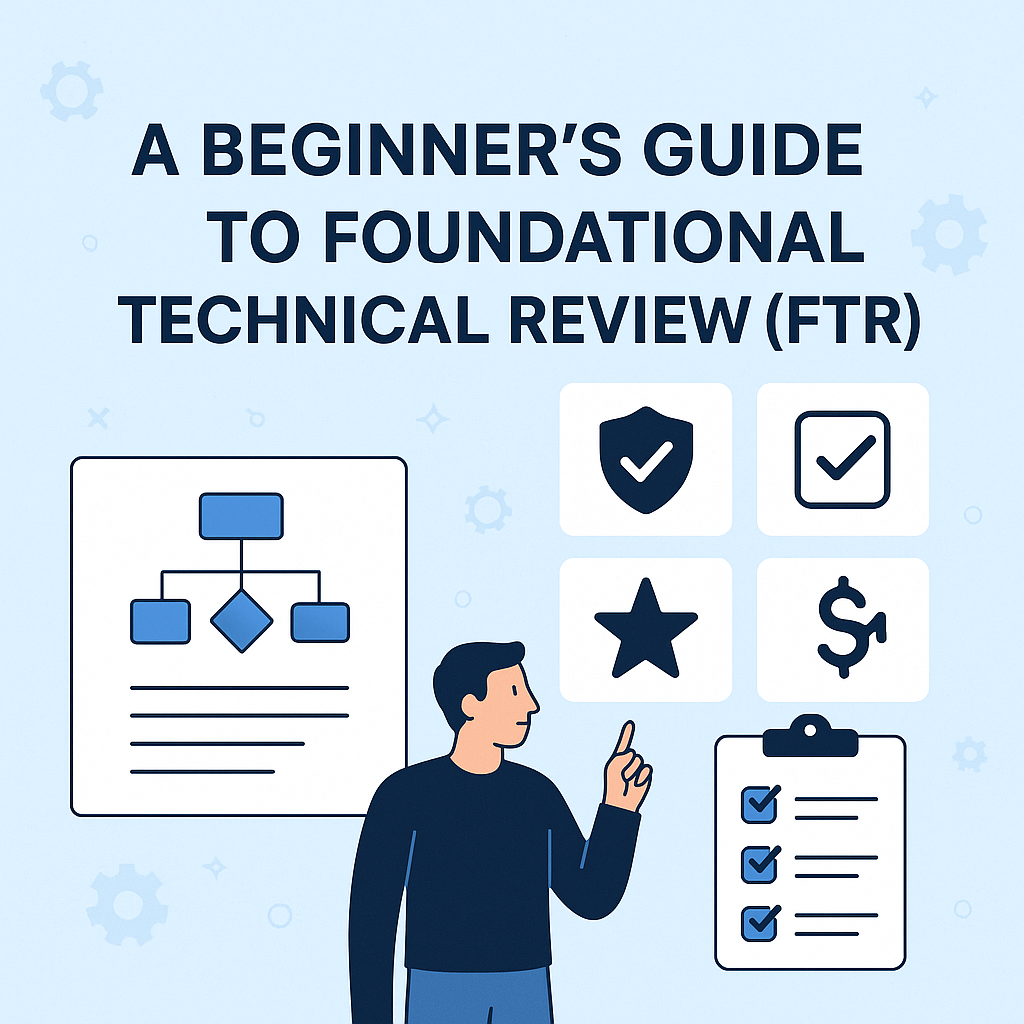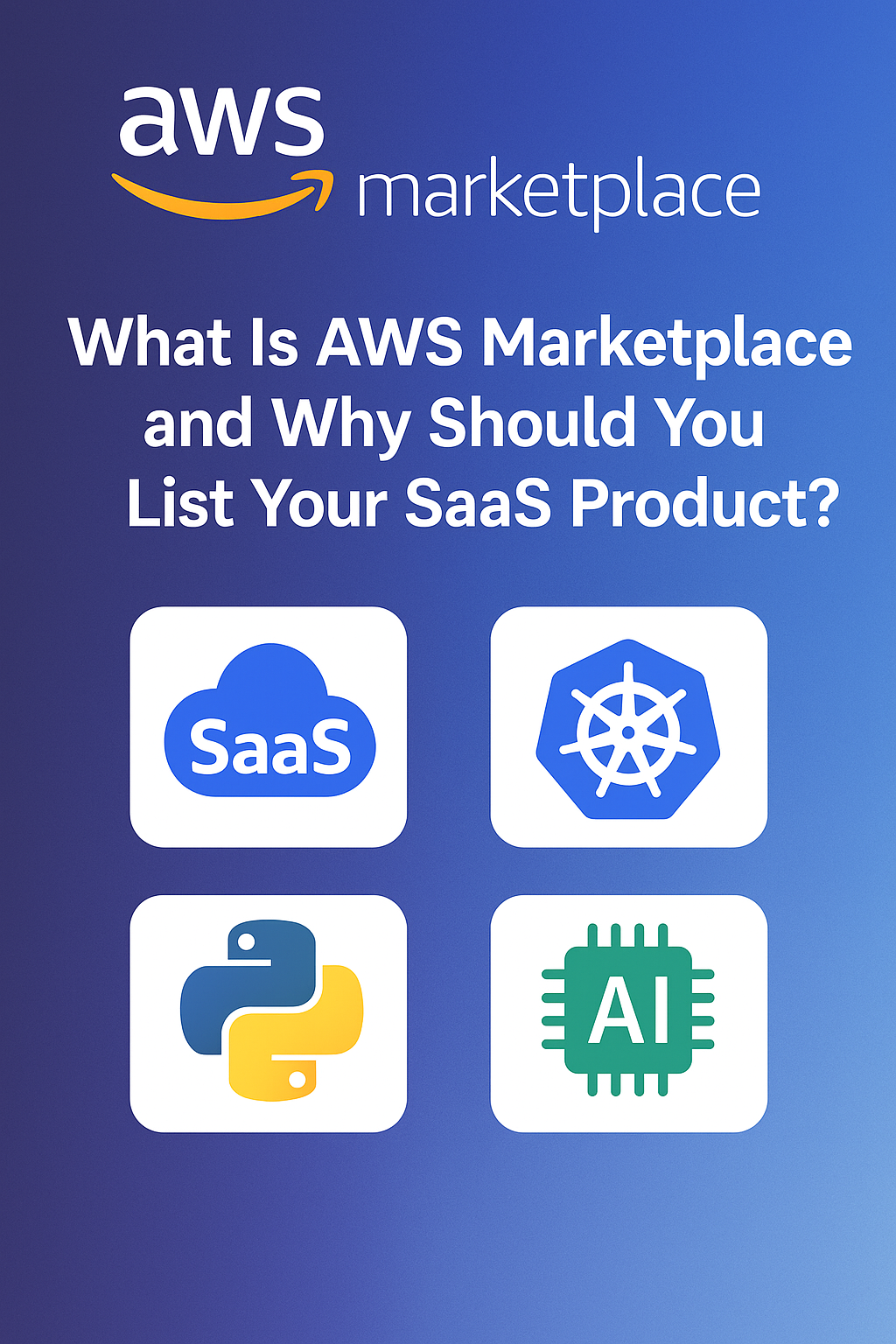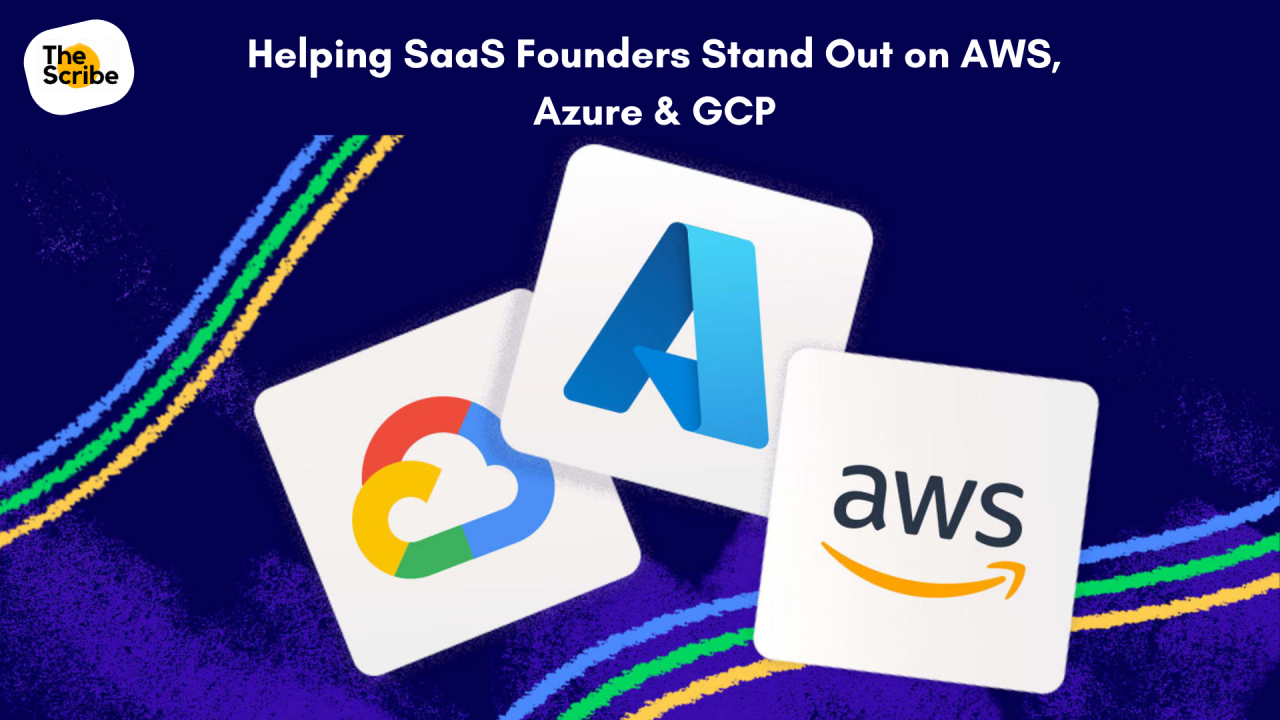Introduction
Think back to when Netflix first started. At first, it was just a DVD rental service mailed to your doorstep. Most people didn’t take it seriously compared to the big cable networks.
But as streaming matured, Netflix didn’t just compete, it reshaped the entire media industry.
That’s what’s happening with AWS Marketplace right now.
It began as a small, convenient catalog for software deployment on AWS.
Today, it has quietly evolved into one of the most powerful enterprise sales channels in the cloud ecosystem — reshaping how organizations discover, procure, and deploy technology.
From Catalog to Channel
In the early days, AWS Marketplace was a straightforward concept:
Vendors could list their software, and AWS users could easily deploy it into their environment with a few clicks.
It simplified installation and billing; but it wasn’t yet seen as a “sales channel.”
Fast forward to today, and the story is completely different.
AWS Marketplace is now a strategic route-to-market that facilitates billion-dollar enterprise transactions, multi-year subscription deals, and global procurement partnerships.
What started as a “software shelf” has become a trusted enterprise commerce platform, tightly integrated with the way companies already consume cloud services.
The Growth Story
Here’s what’s driving that momentum:
- Billions in Annual Transactions: Marketplace transaction volume continues to rise year over year. Some estimates place the total annualized GMV (Gross Merchandise Value) in the multi-billion-dollar range.
- Extensive Product Portfolio: With over 12,000 listings, including SaaS, data, AI/ML models, container-based solutions, and professional services, it’s a one-stop destination for cloud innovation.
- Enterprise Penetration: Over 90% of Fortune 100 and 80% of Fortune 500 companies now use AWS Marketplace to manage procurement and consumption of cloud solutions.
- Procurement Speed: Complex IT procurements that once required 9–12 months of legal and vendor onboarding can now close in a few weeks via AWS Marketplace Private Offers.
- Integrated Financial Flow: Marketplace transactions are automatically rolled into the enterprise’s existing AWS billing, simplifying budget tracking and contract management.
This combination of trust, integration, and speed has turned AWS Marketplace into a primary buying channel for cloud-first enterprises.
Why Enterprises Love It
For CIOs, procurement teams, and cloud architects, AWS Marketplace removes many of the traditional blockers that slow enterprise technology adoption.
Here’s what makes it so appealing:
- Consolidated Billing:
All third-party purchases appear directly on the organization’s AWS invoice — simplifying cost management, audits, and budget approvals. - Compliance Confidence:
Marketplace listings meet AWS’s technical and security validation requirements. This pre-vetting reduces vendor risk and accelerates procurement cycles. - Budget Efficiency via Committed Spend:
Many enterprises commit significant pre-paid budgets to AWS each year (Enterprise Discount Programs, or EDPs).
By purchasing third-party software through Marketplace, they can apply that committed spend toward broader business needs. - Integrated Cloud Architecture:
Marketplace solutions deploy directly into AWS environments, reducing configuration complexity and improving governance. - AWS Co-Sell Leverage:
Marketplace listings are tightly integrated into AWS’s Co-Sell Program, meaning AWS account managers can recommend, endorse, and even help close deals for those vendors.
In short: Marketplace reduces friction, improves compliance, and turns cloud spend into a strategic procurement asset.
Why Vendors Can’t Ignore It
For software and service providers, AWS Marketplace is no longer optional; it’s where the buyers are.
Enterprise customers now:
- Search for solutions directly within Marketplace.
- Spend their AWS budgets through Private Offers.
- Trust AWS recommendations for vendor selection.
However, success on Marketplace isn’t automatic.
Simply listing a product doesn’t guarantee visibility or traction.
Here’s what separates winning vendors from the rest:
- Go-to-Market Alignment: Vendors who build a joint AWS GTM strategy, including co-sell enablement, incentives, and joint marketing, consistently outperform passive listings.
- Data-Driven Positioning: Clear category placement, pricing alignment, and keyword optimization improve discoverability and conversion rates.
- Co-Sell Integration: Vendors that align with AWS account teams through APN programs and ACE pipelines tap into a direct enterprise sales force.
- Customer Enablement: Supporting enterprise onboarding, deployment guides, and case studies builds buyer trust and accelerates adoption.
Think of it like this:
Listing on AWS Marketplace without a GTM plan is like opening a store in Times Square, but keeping the shutters down.
The Strategic Advantage
The broader implication is clear: AWS Marketplace isn’t just a digital storefront, it’s an enterprise relationship engine.
It connects buyers, AWS sellers, and ISVs in a shared ecosystem designed for speed, trust, and mutual growth.
For many vendors, Marketplace is now a core revenue channel, representing a significant percentage of total enterprise ARR.
And as AWS continues to expand Marketplace capabilities, adding new Private Offer features, curated industry categories, and integrations with Service Catalog and Control Tower, the channel will only get more powerful.
Conclusion
AWS Marketplace has transitioned from a convenience tool to a core enterprise commerce platform.
It’s where cloud procurement, compliance, and co-sell meet.
The companies that understand this transformation early will capture outsized market share, shorten deal cycles, and strengthen their AWS relationship.
Those that don’t will be left chasing enterprise buyers in all the wrong places.
At The Scribe, we help technology companies turn AWS Marketplace into a true growth engine, from listing optimization to co-sell enablement, campaign strategy, and enterprise lead generation.
Don’t just exist on Marketplace. Win on it.
